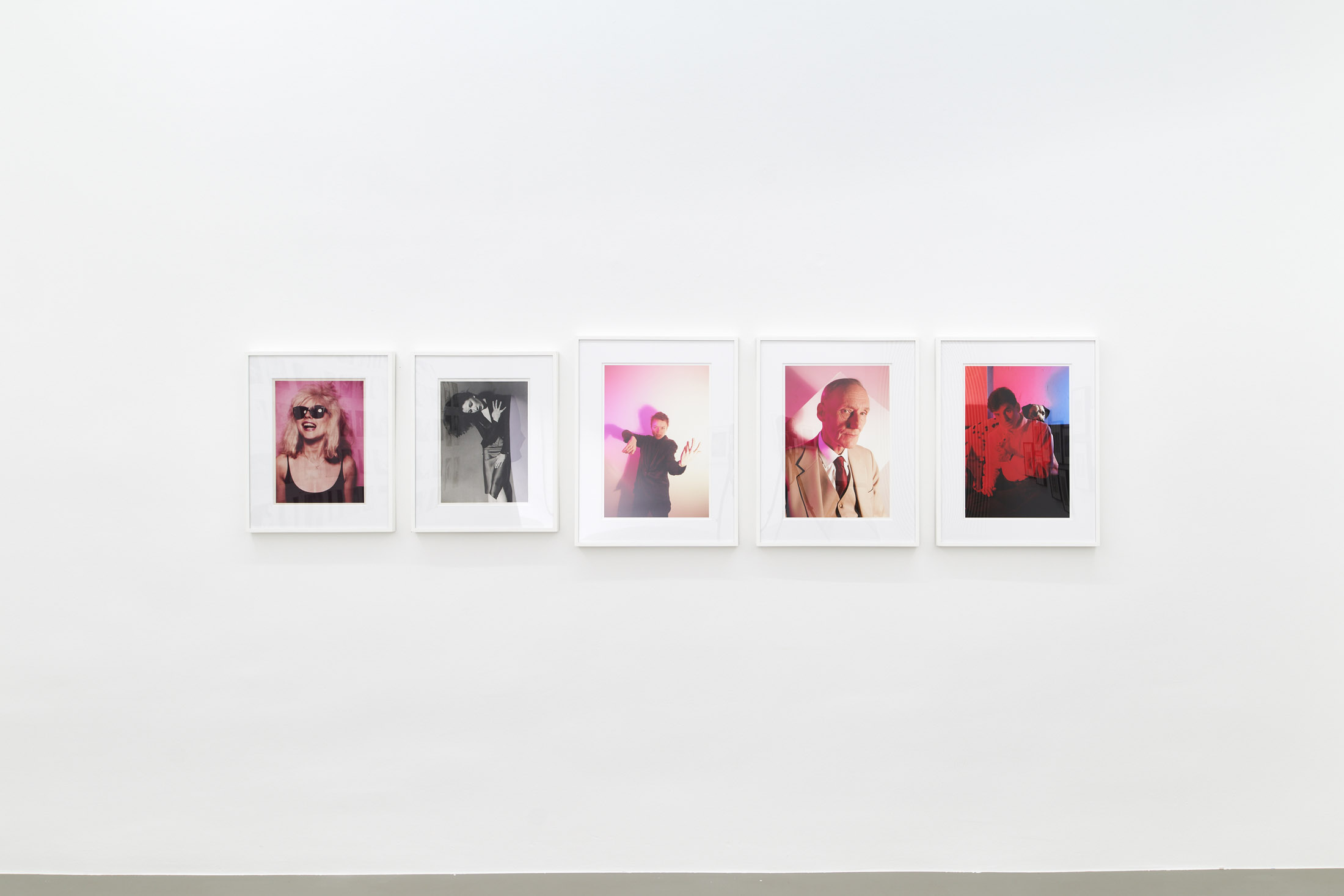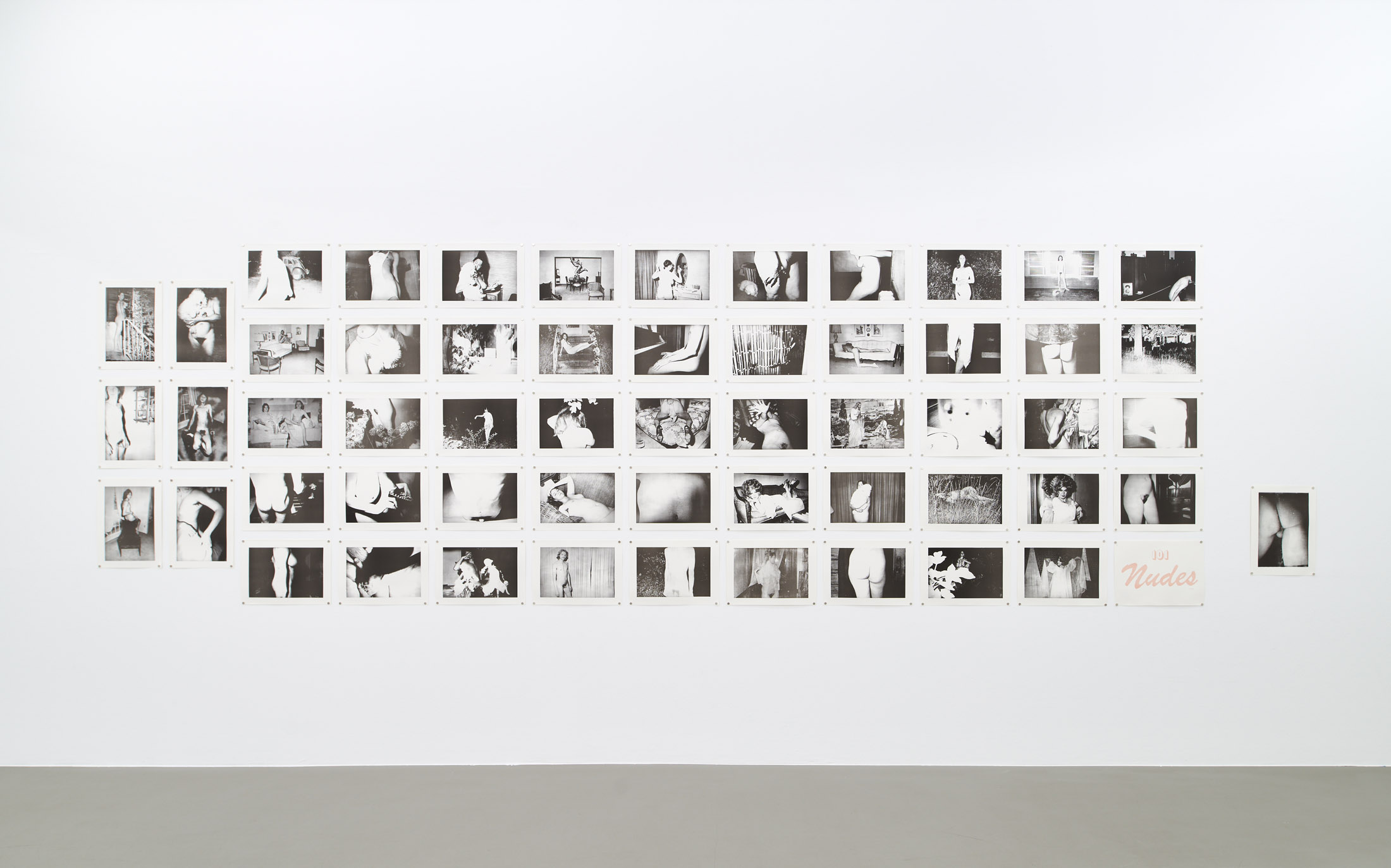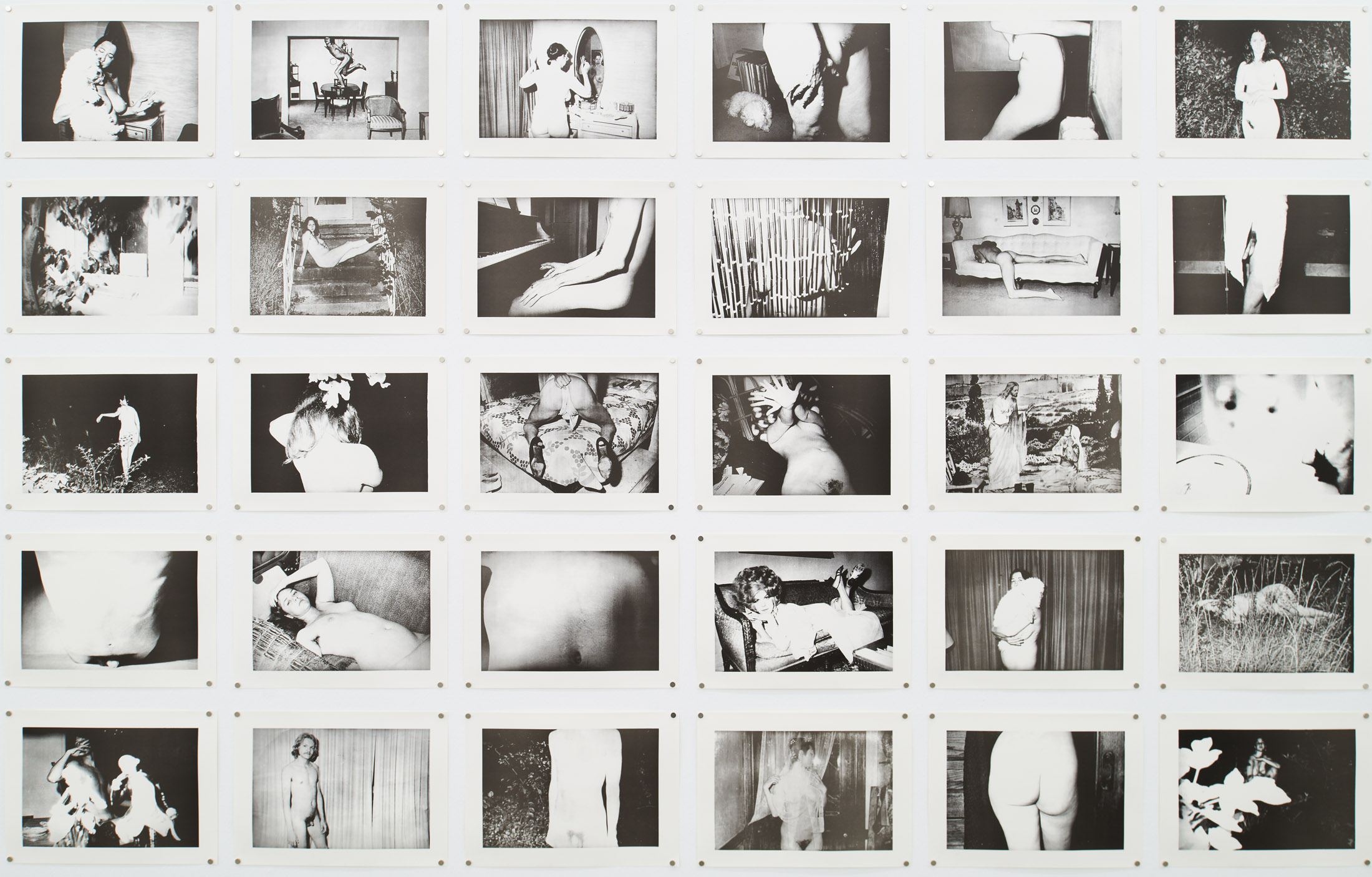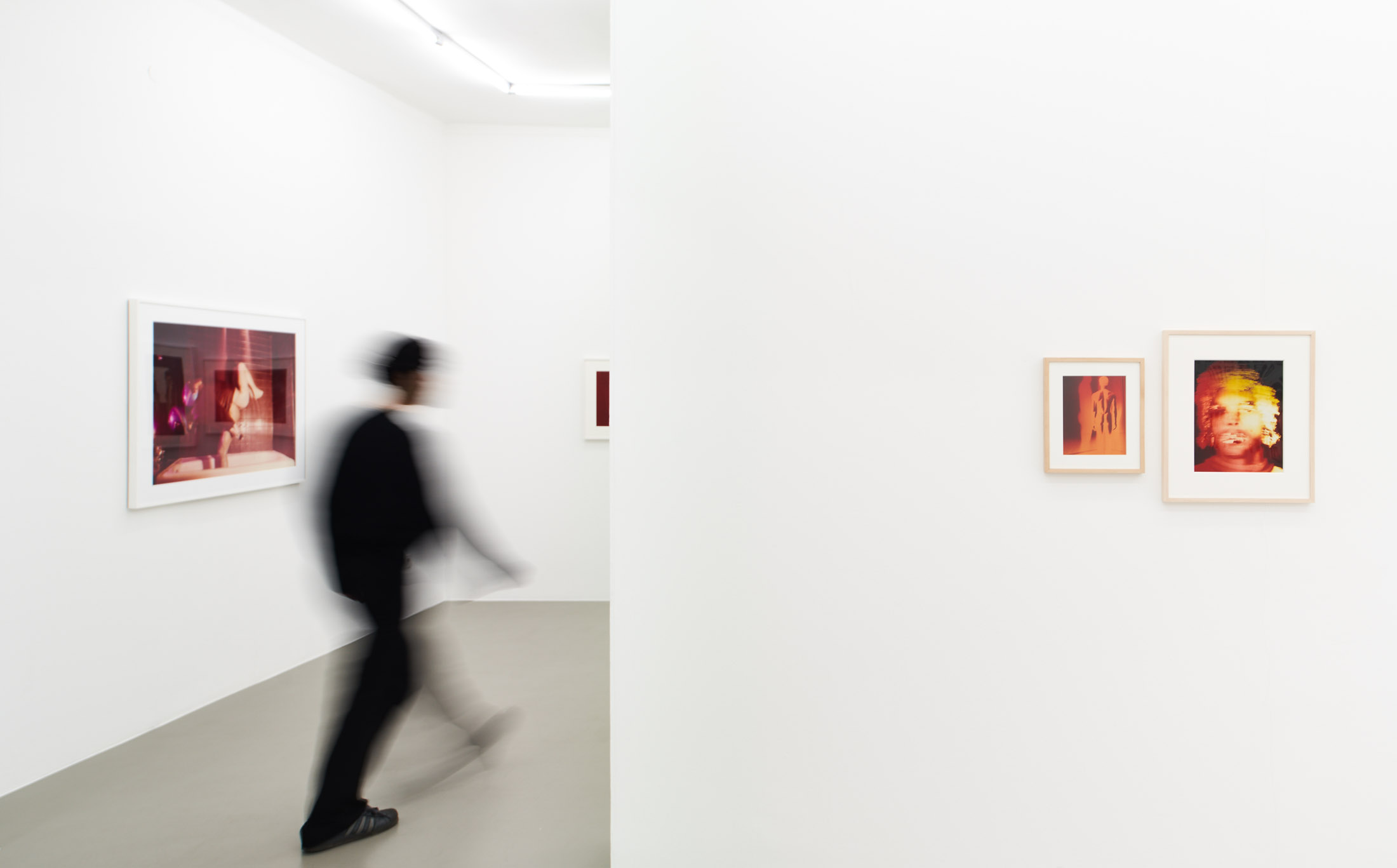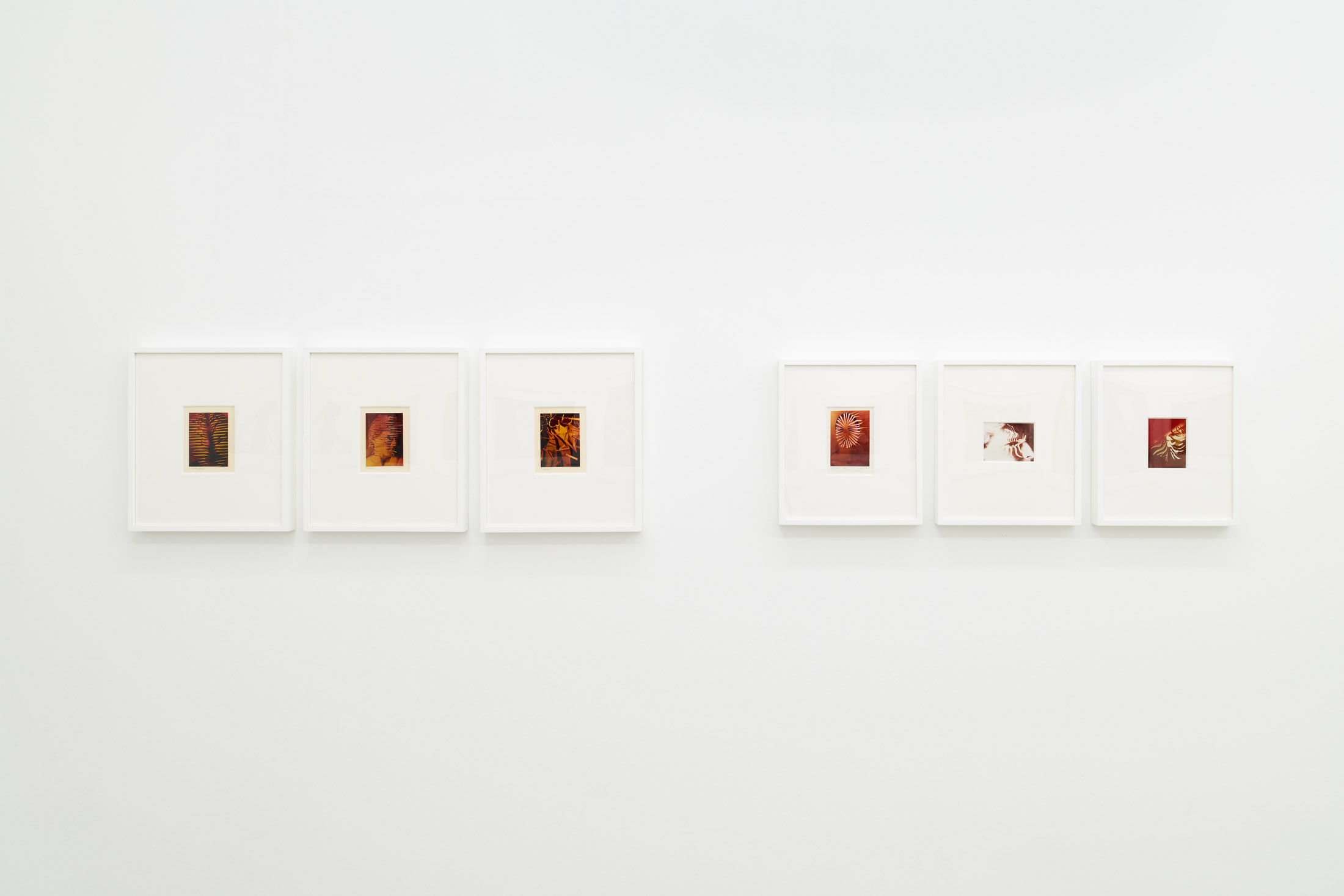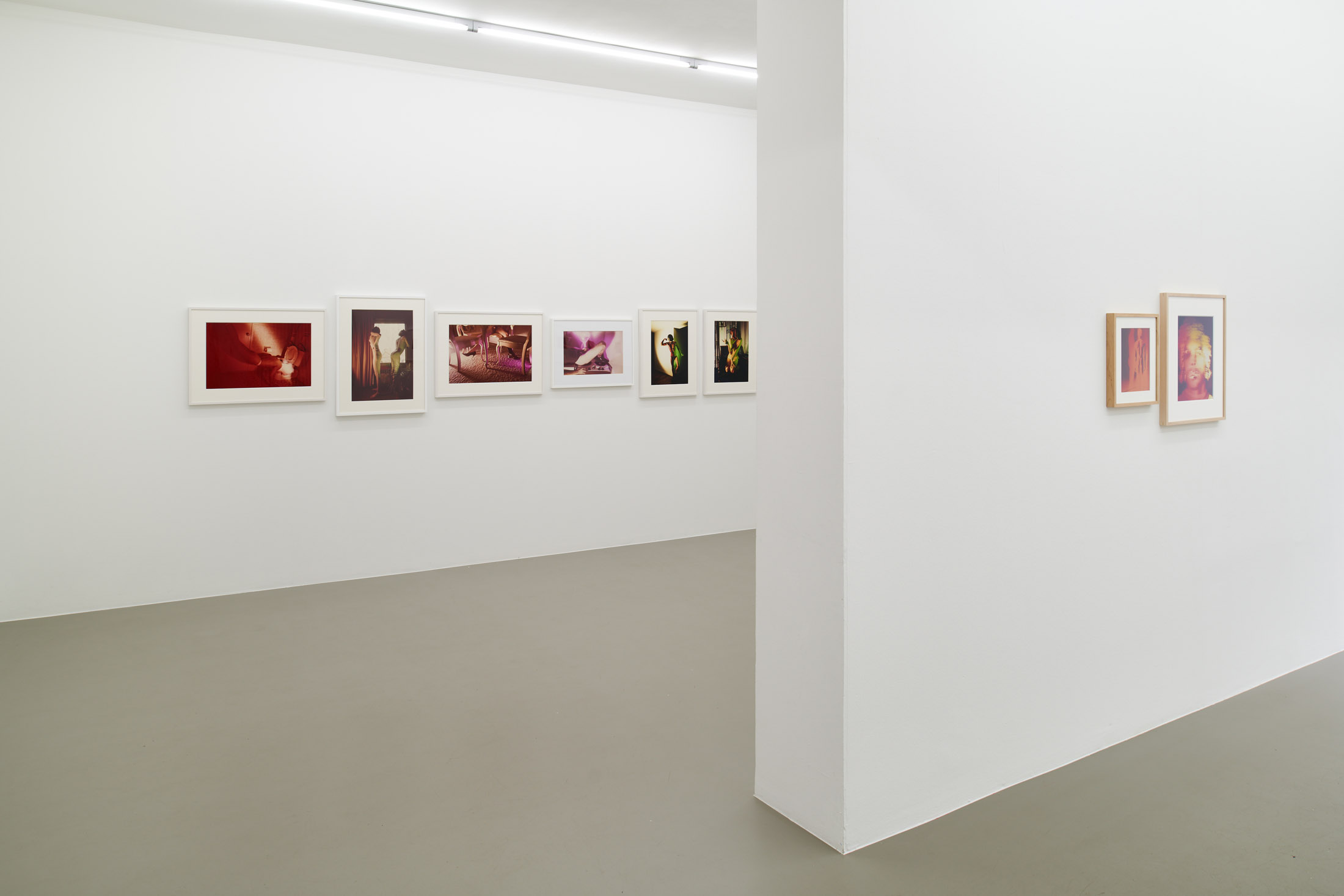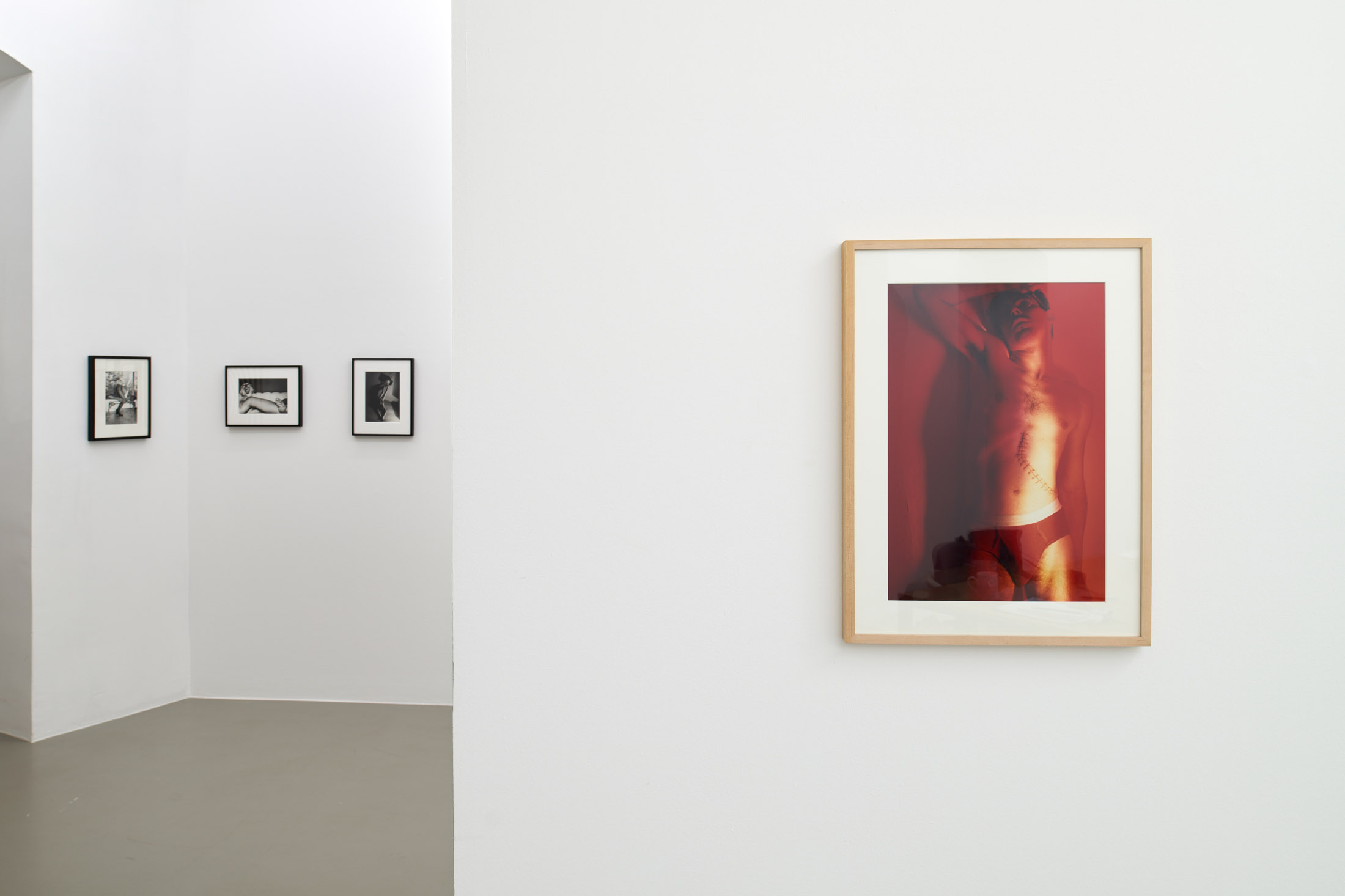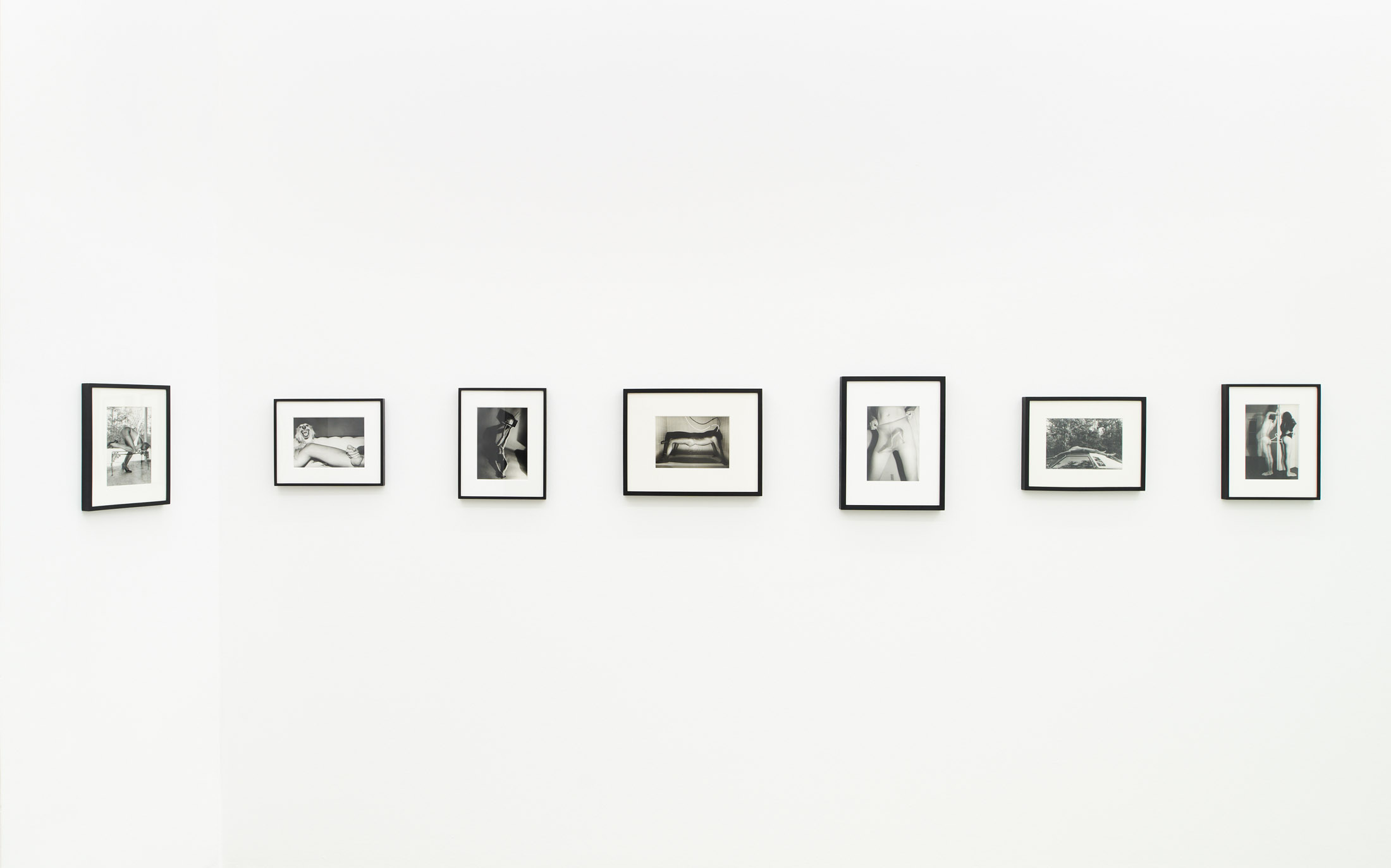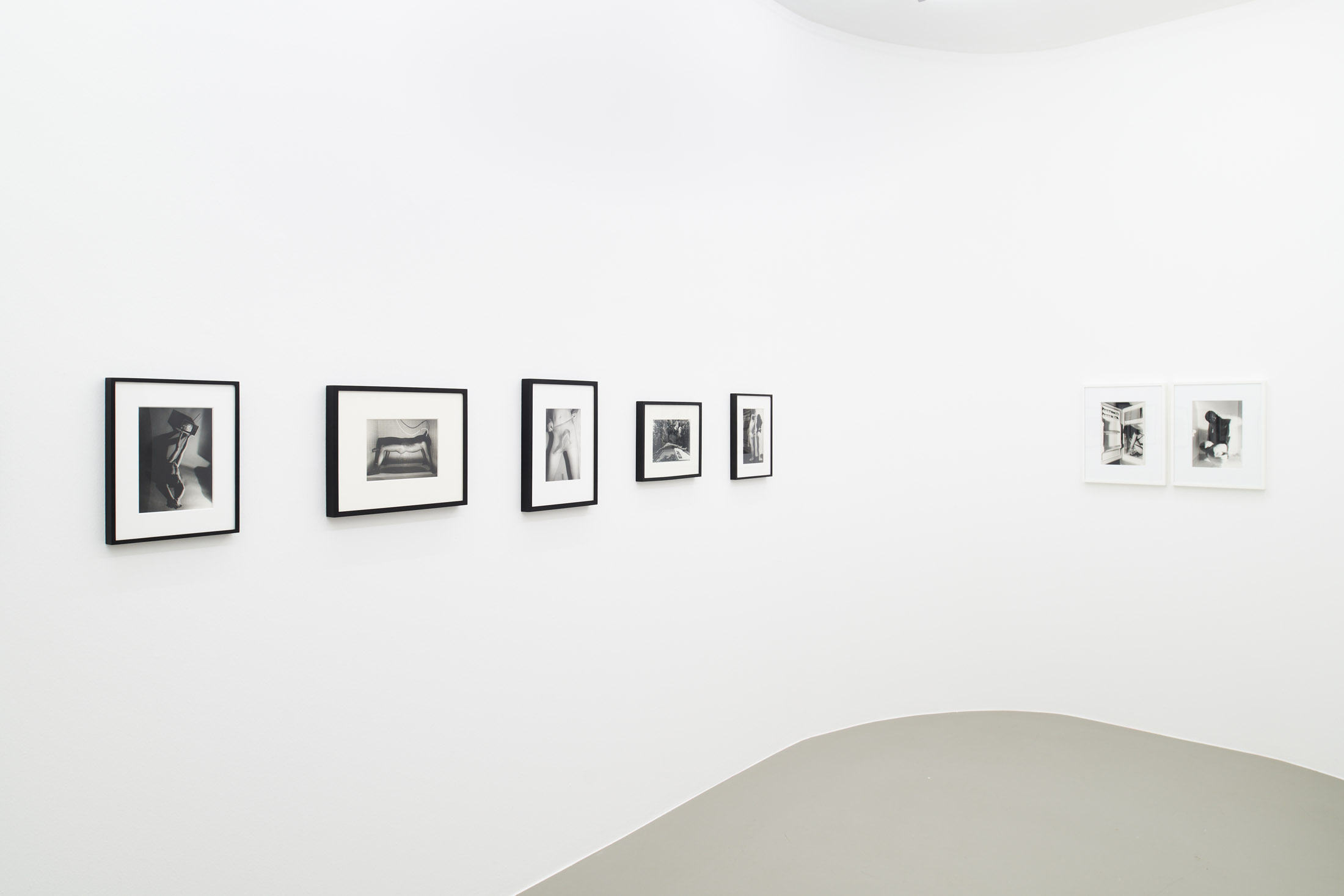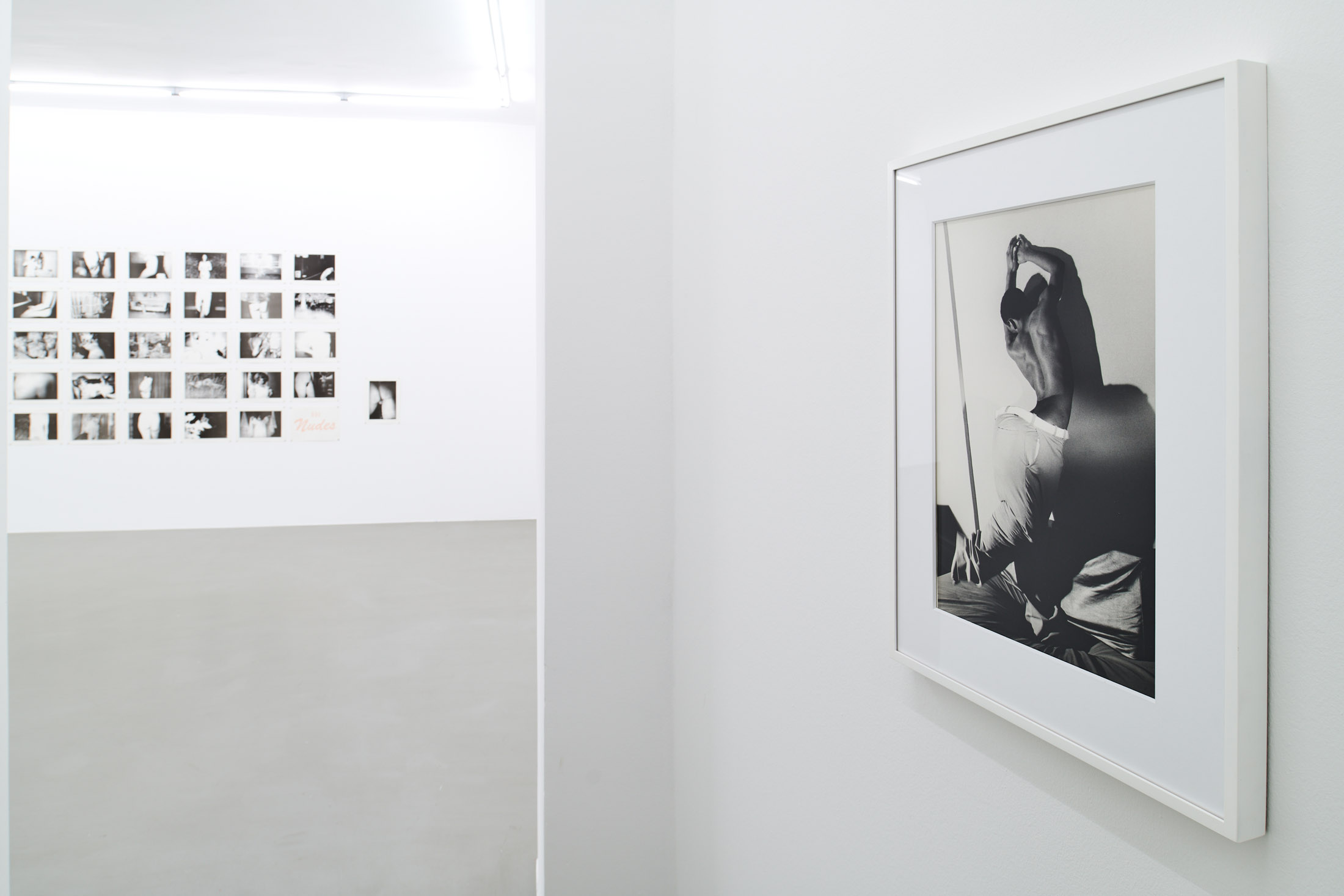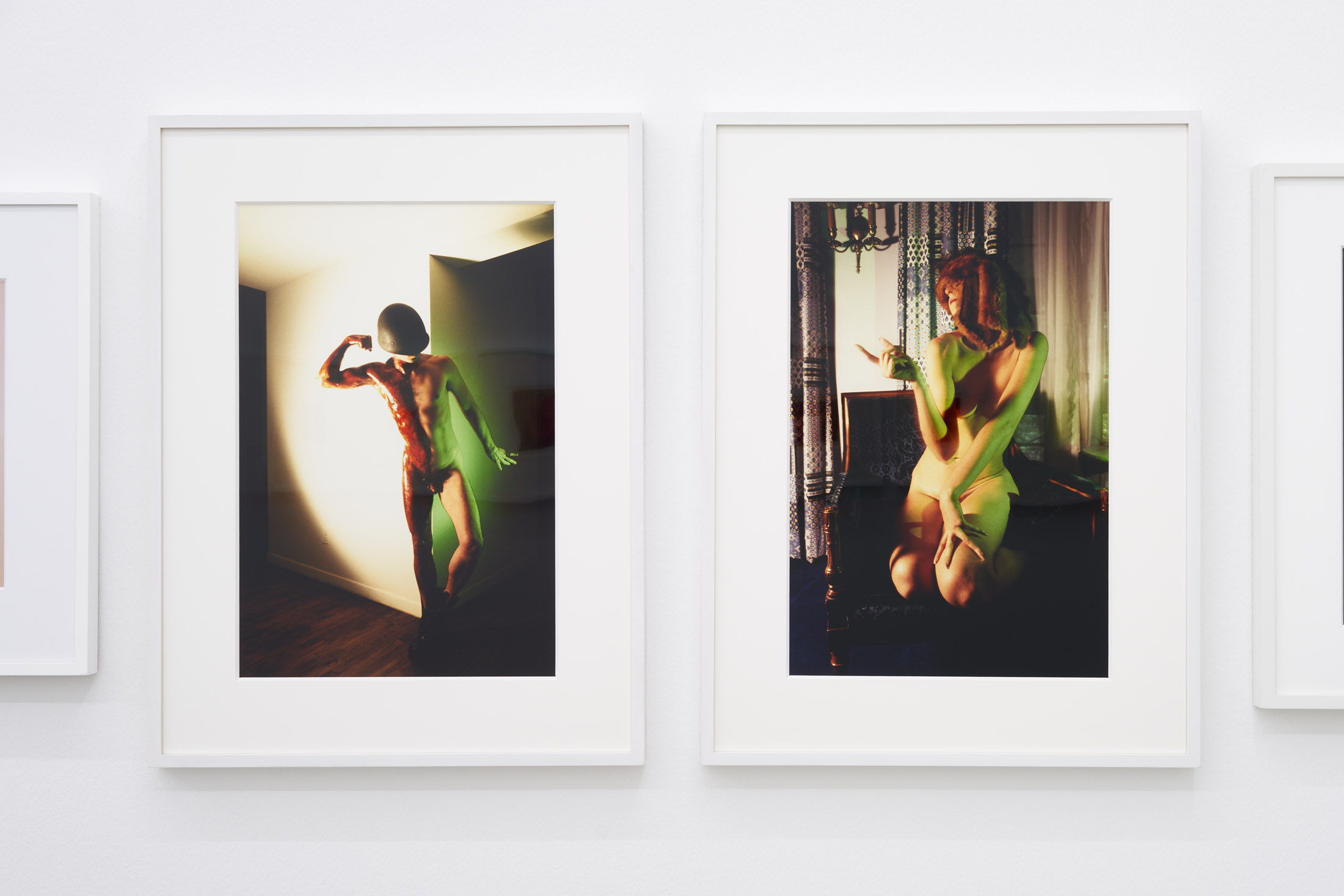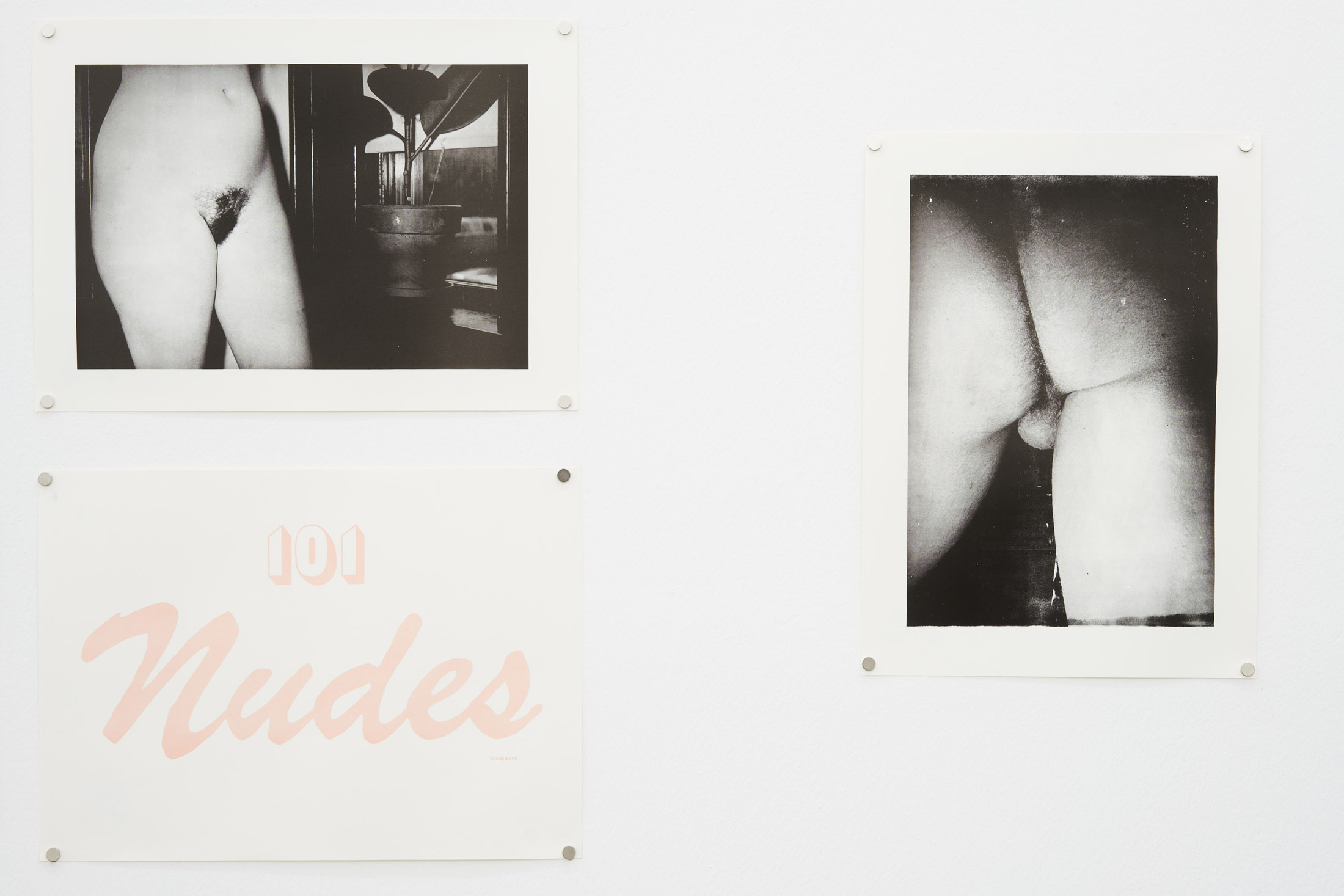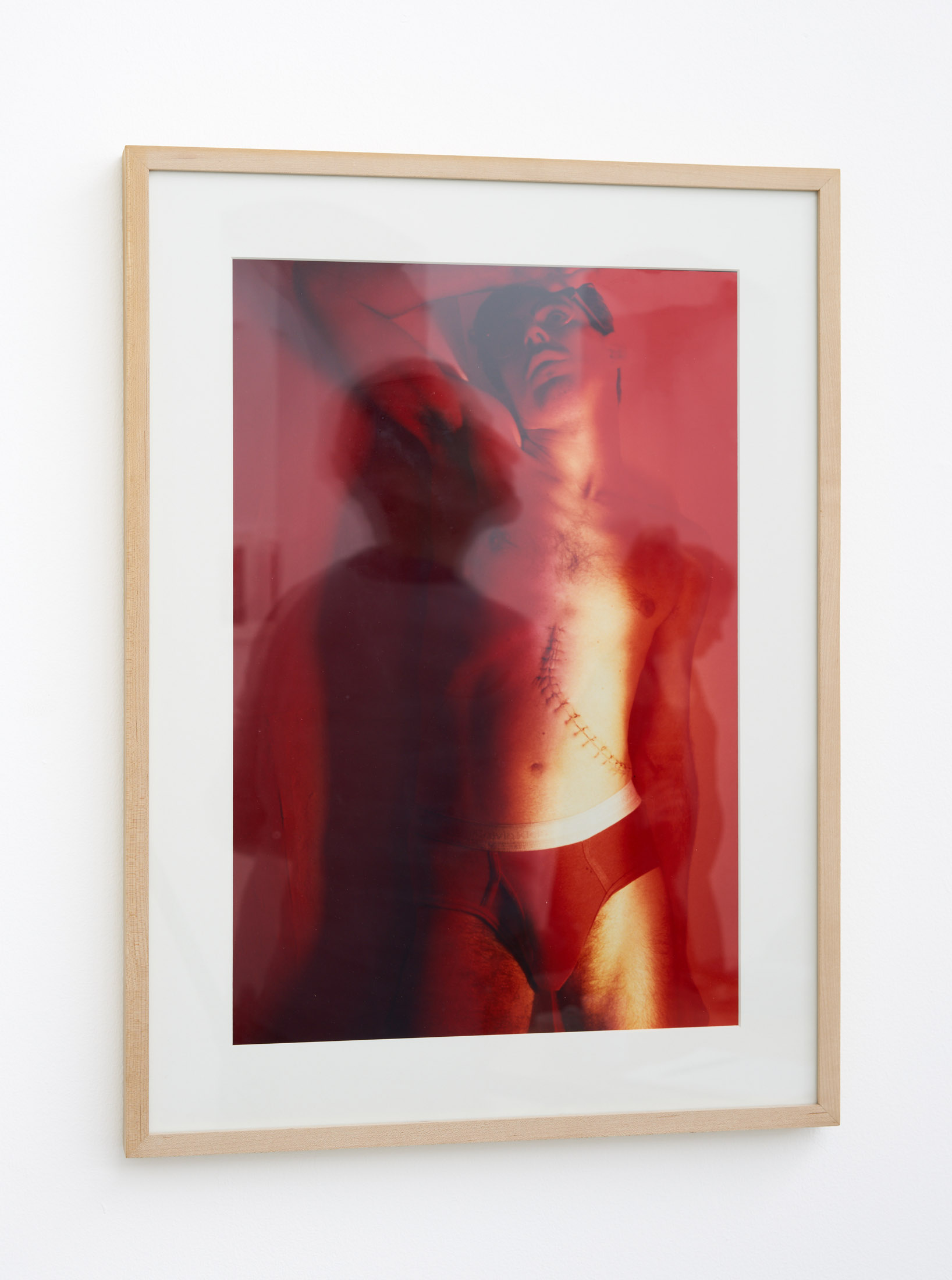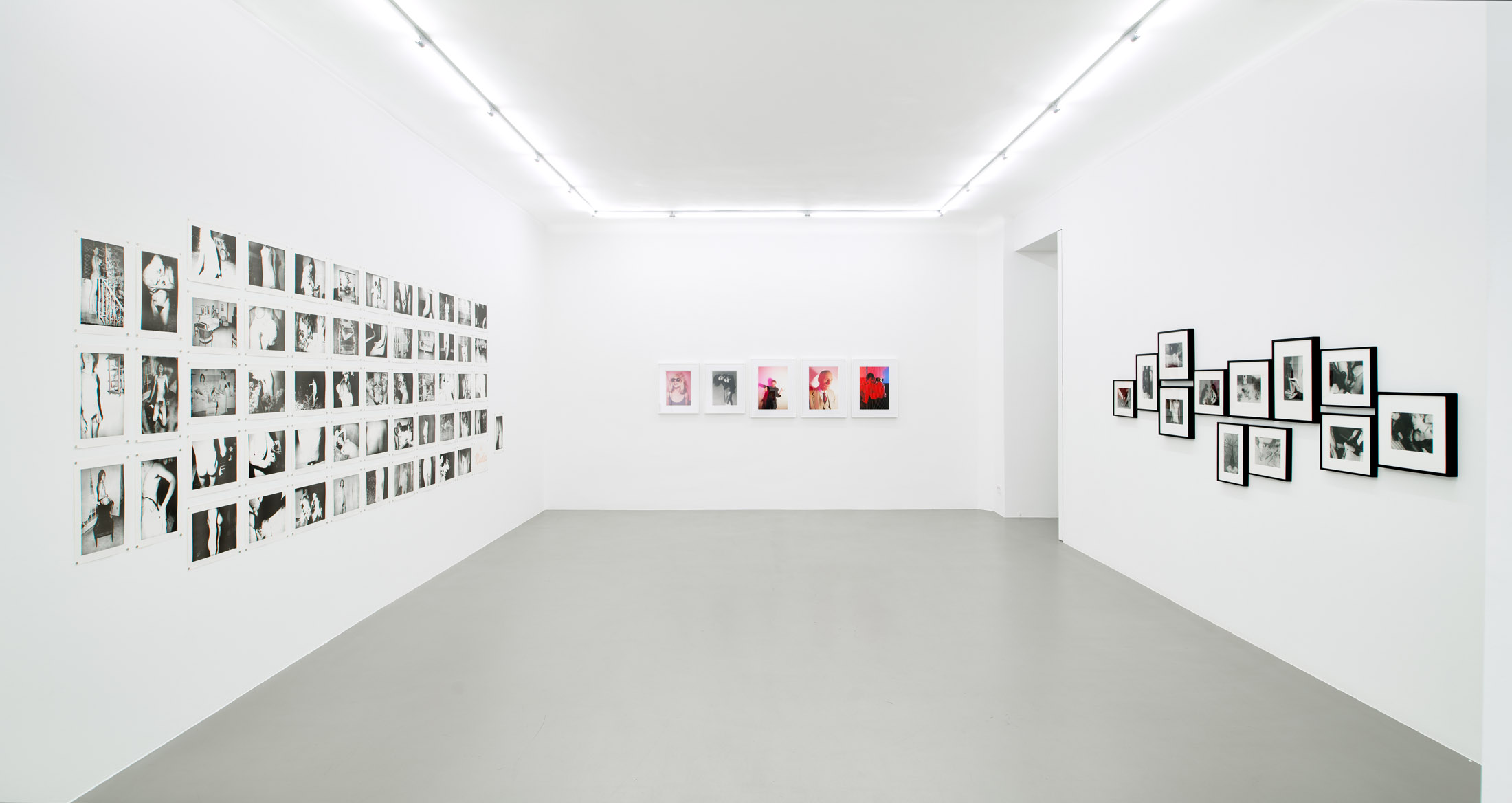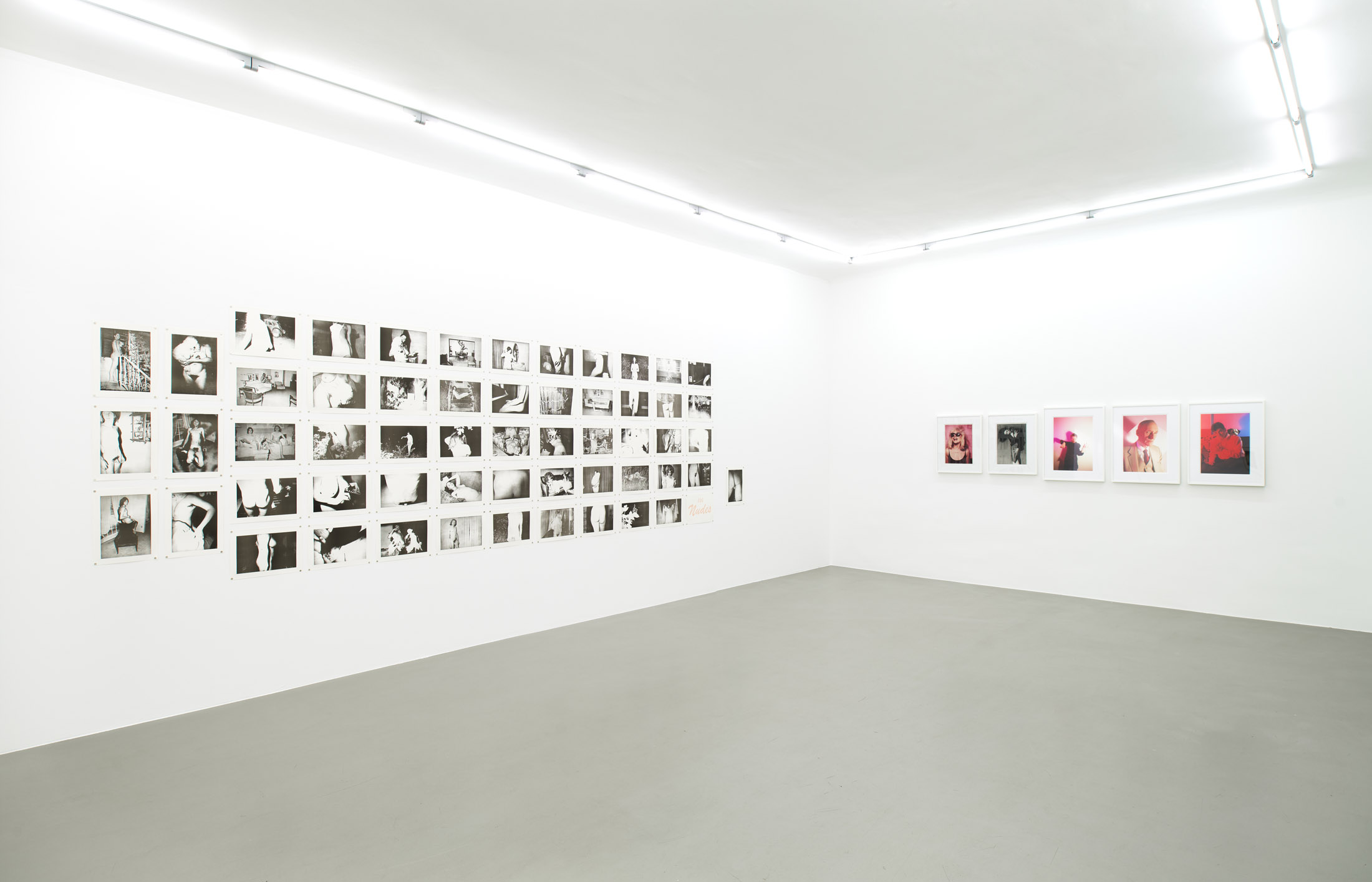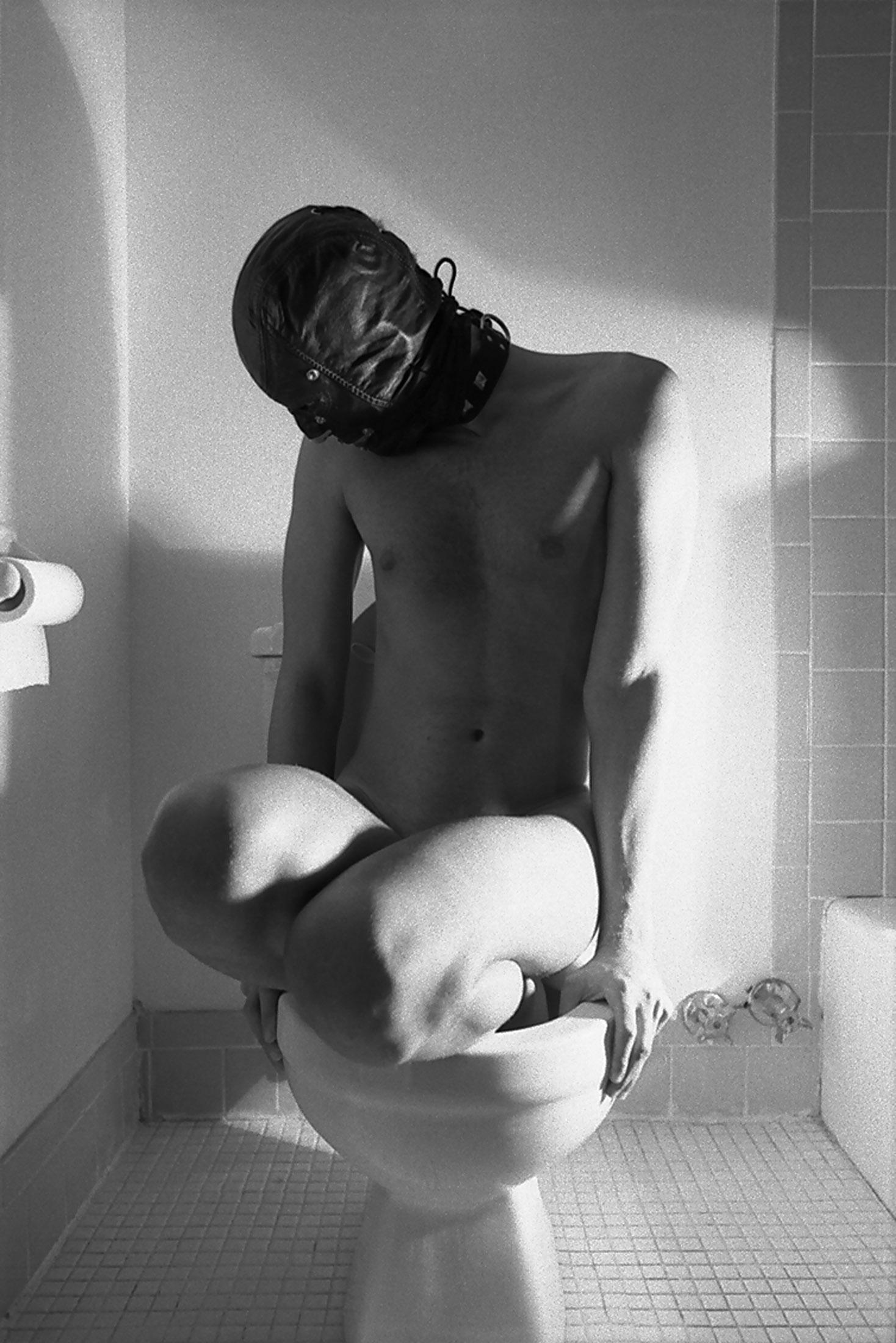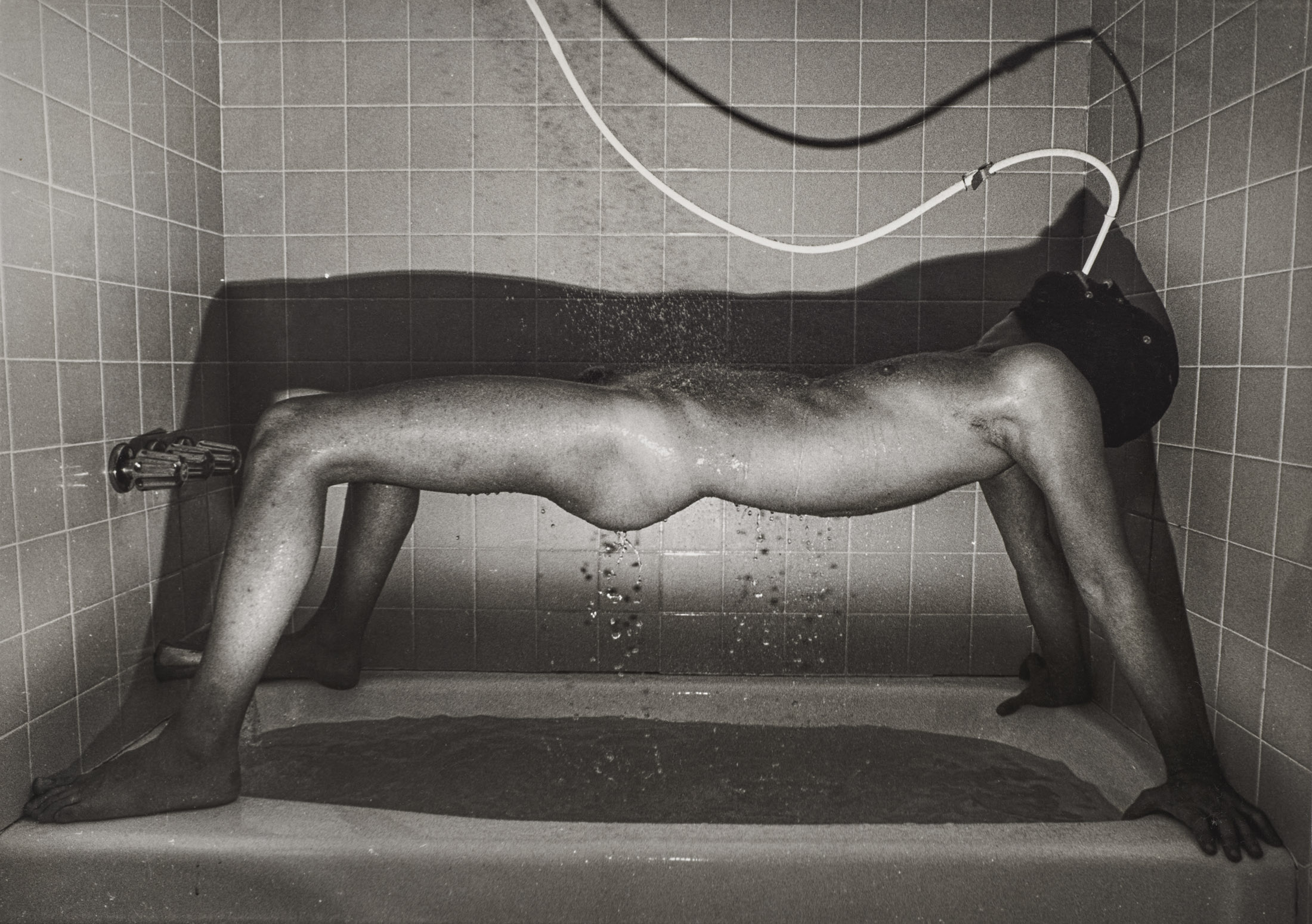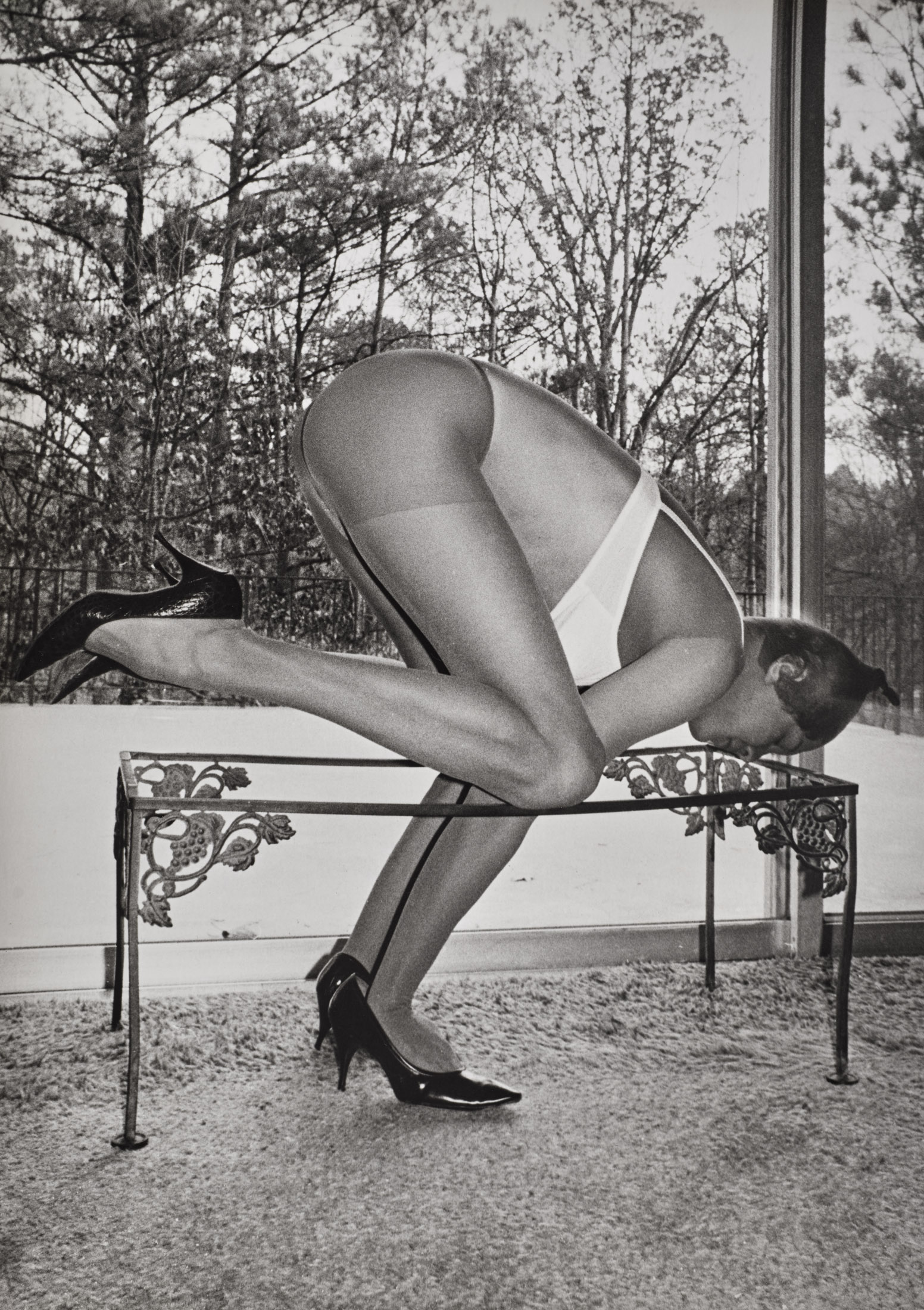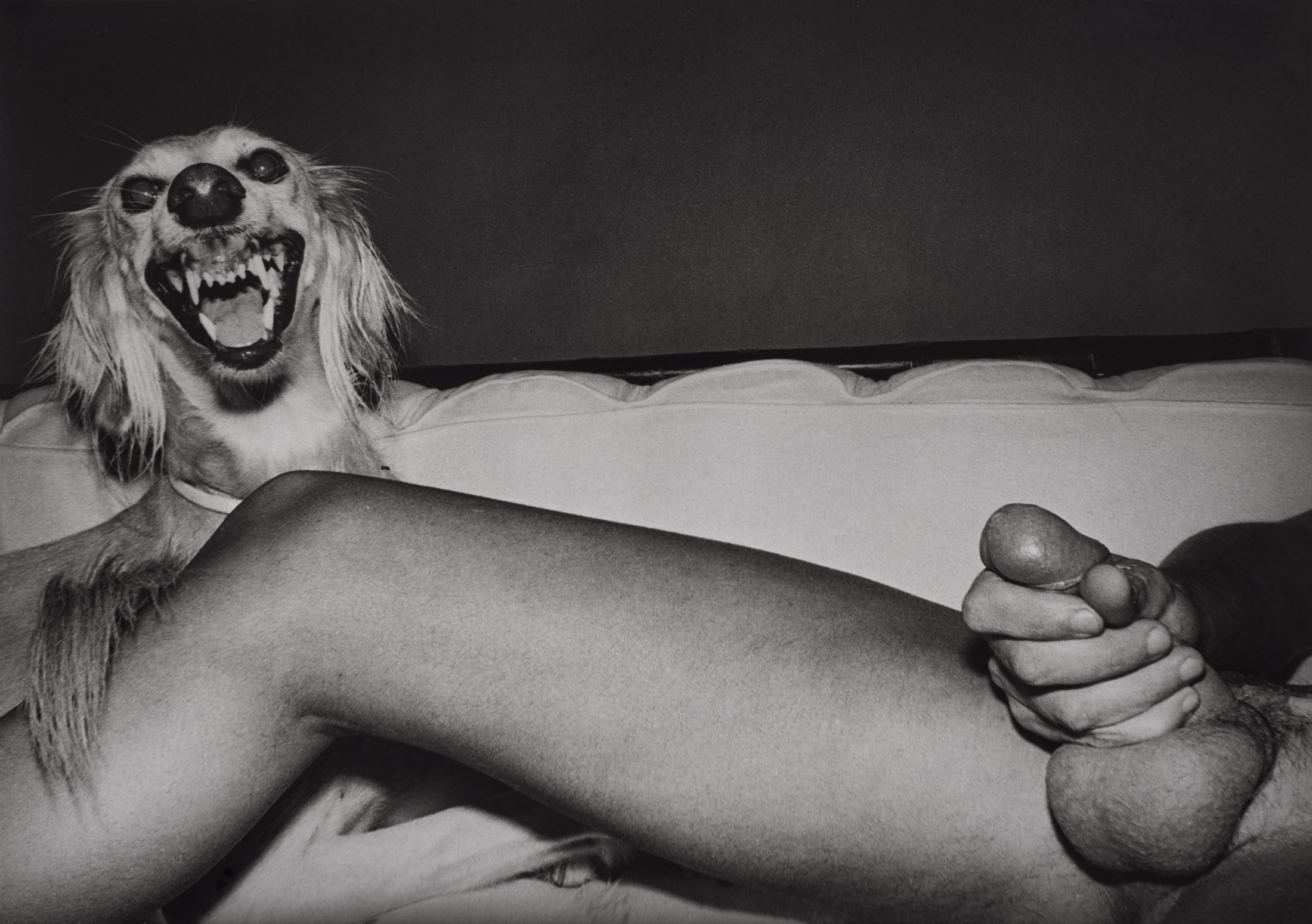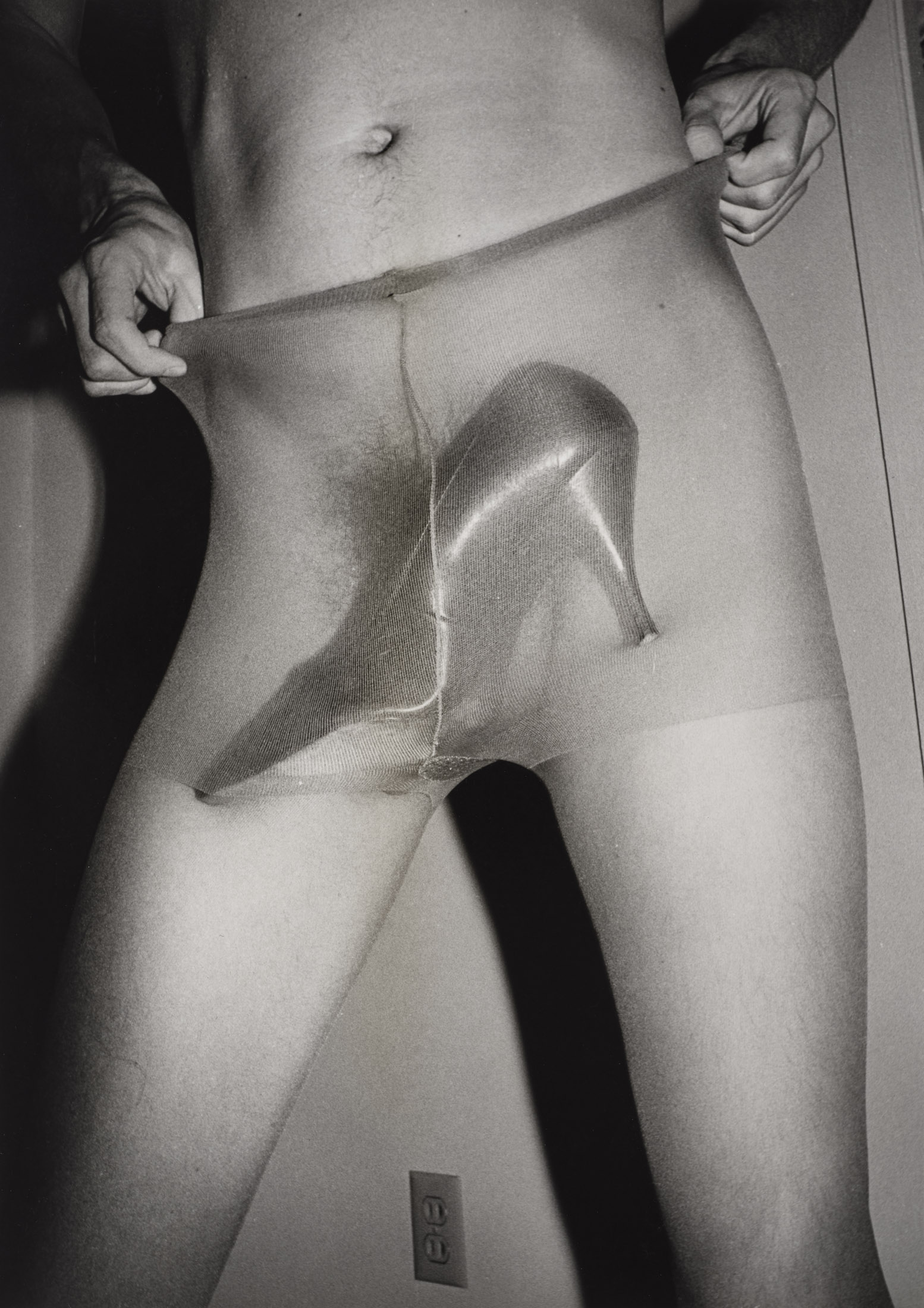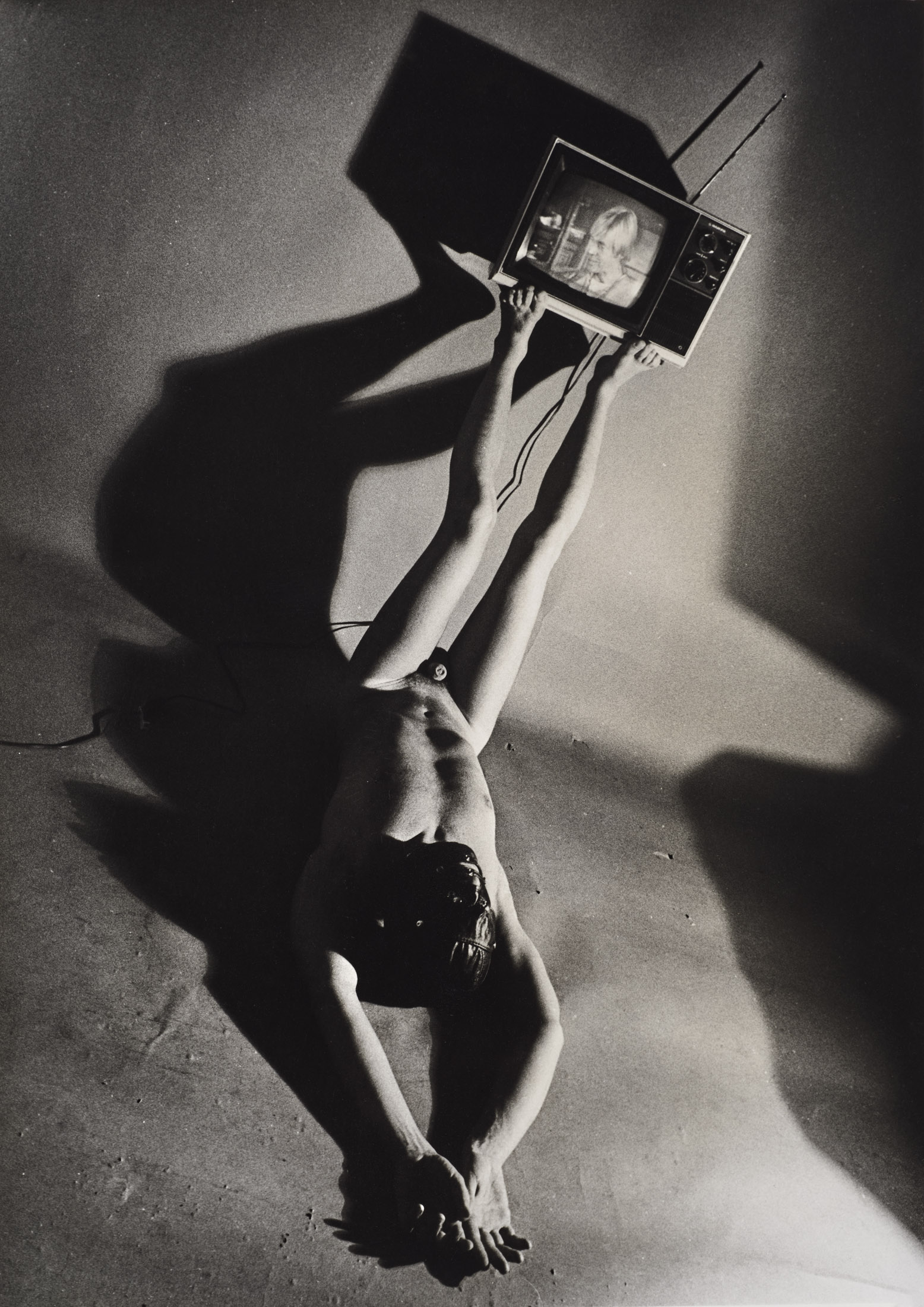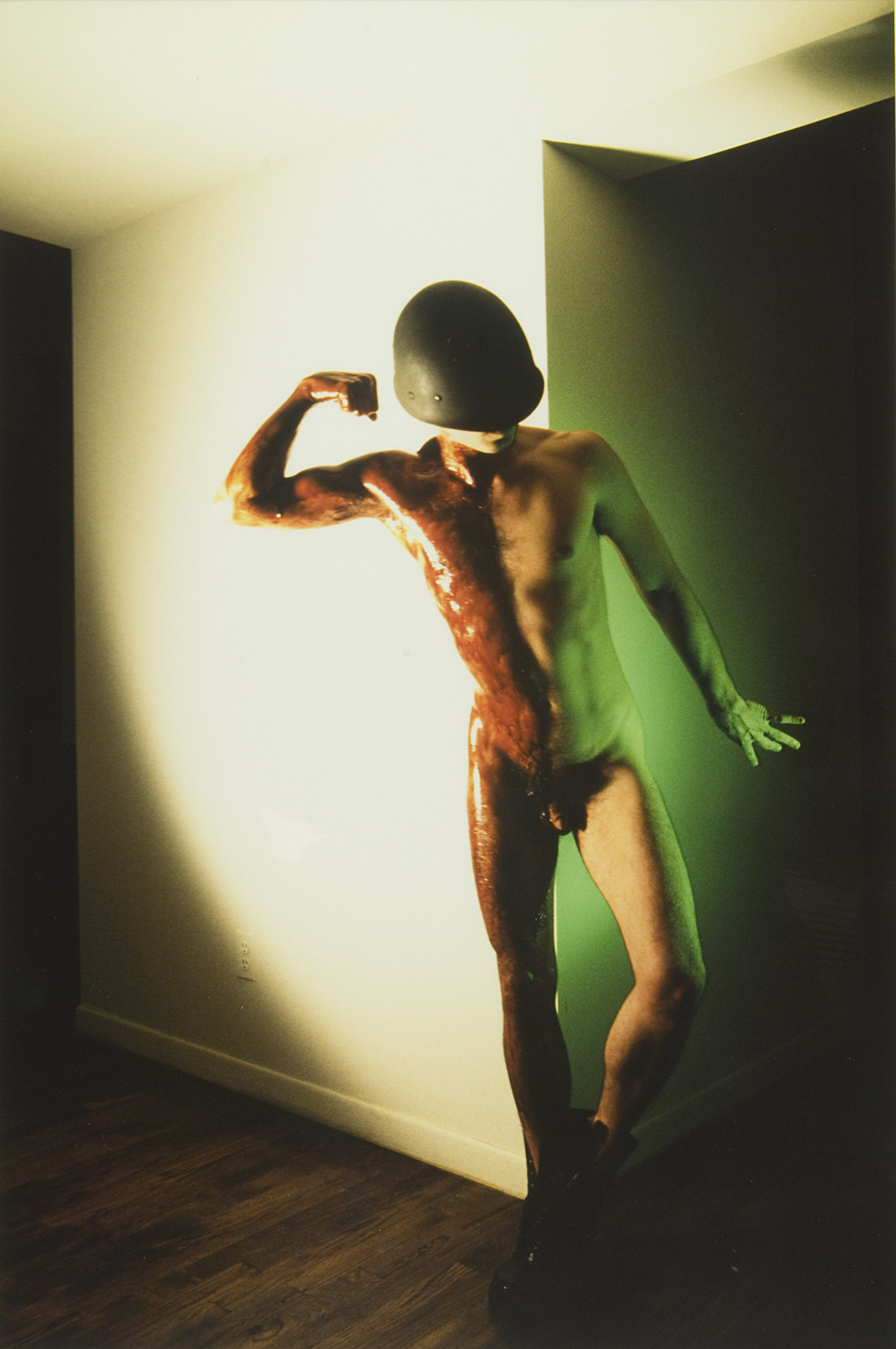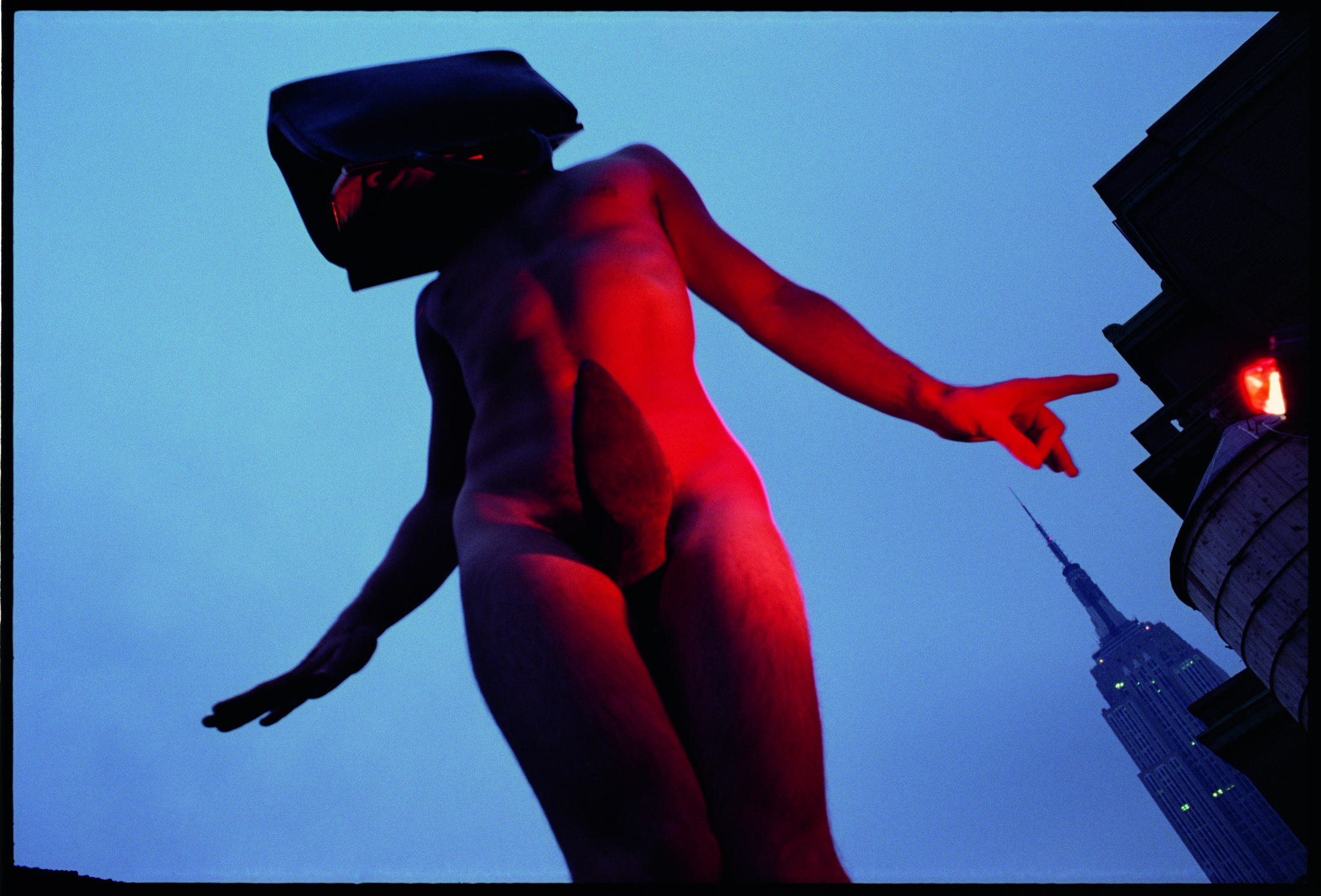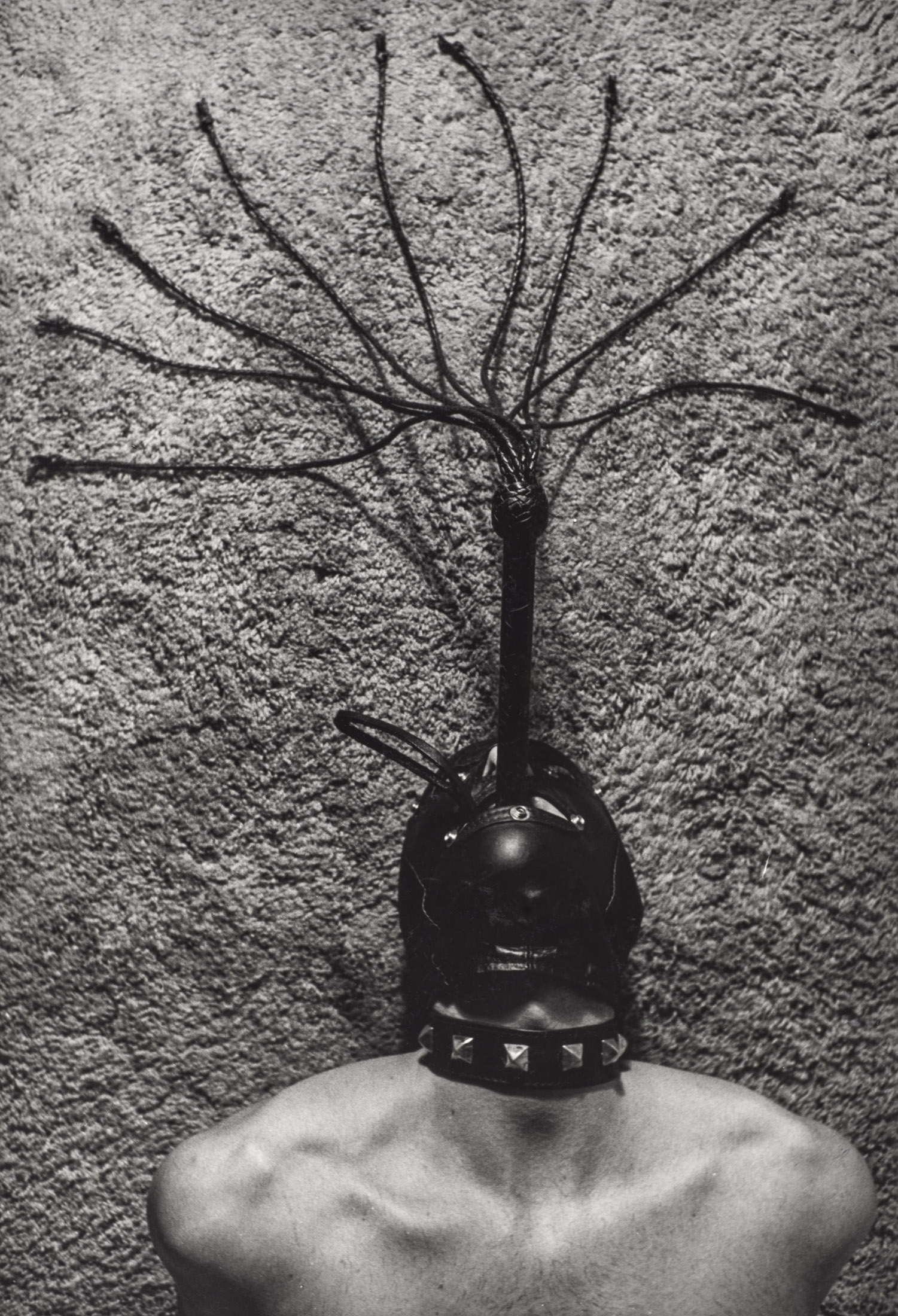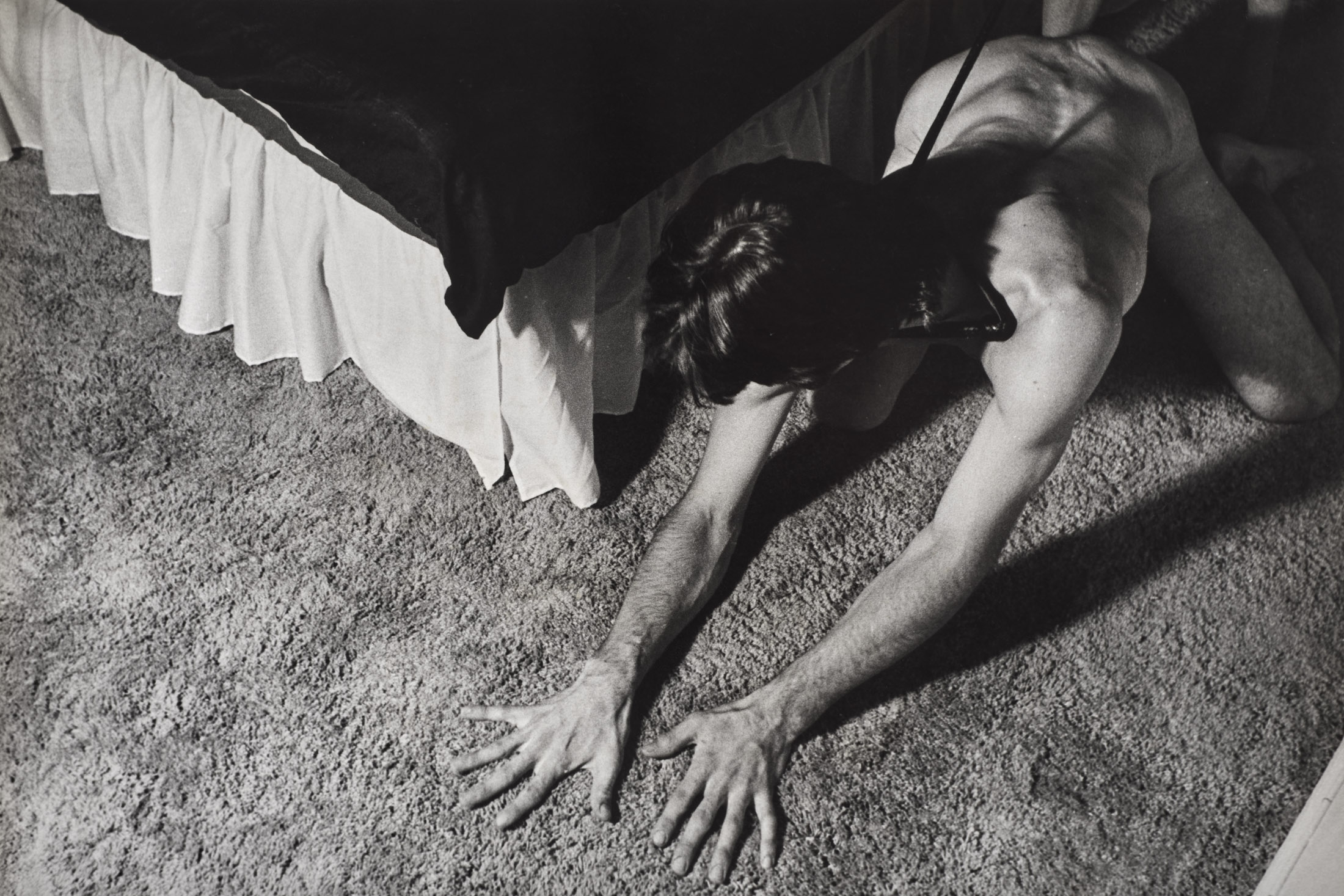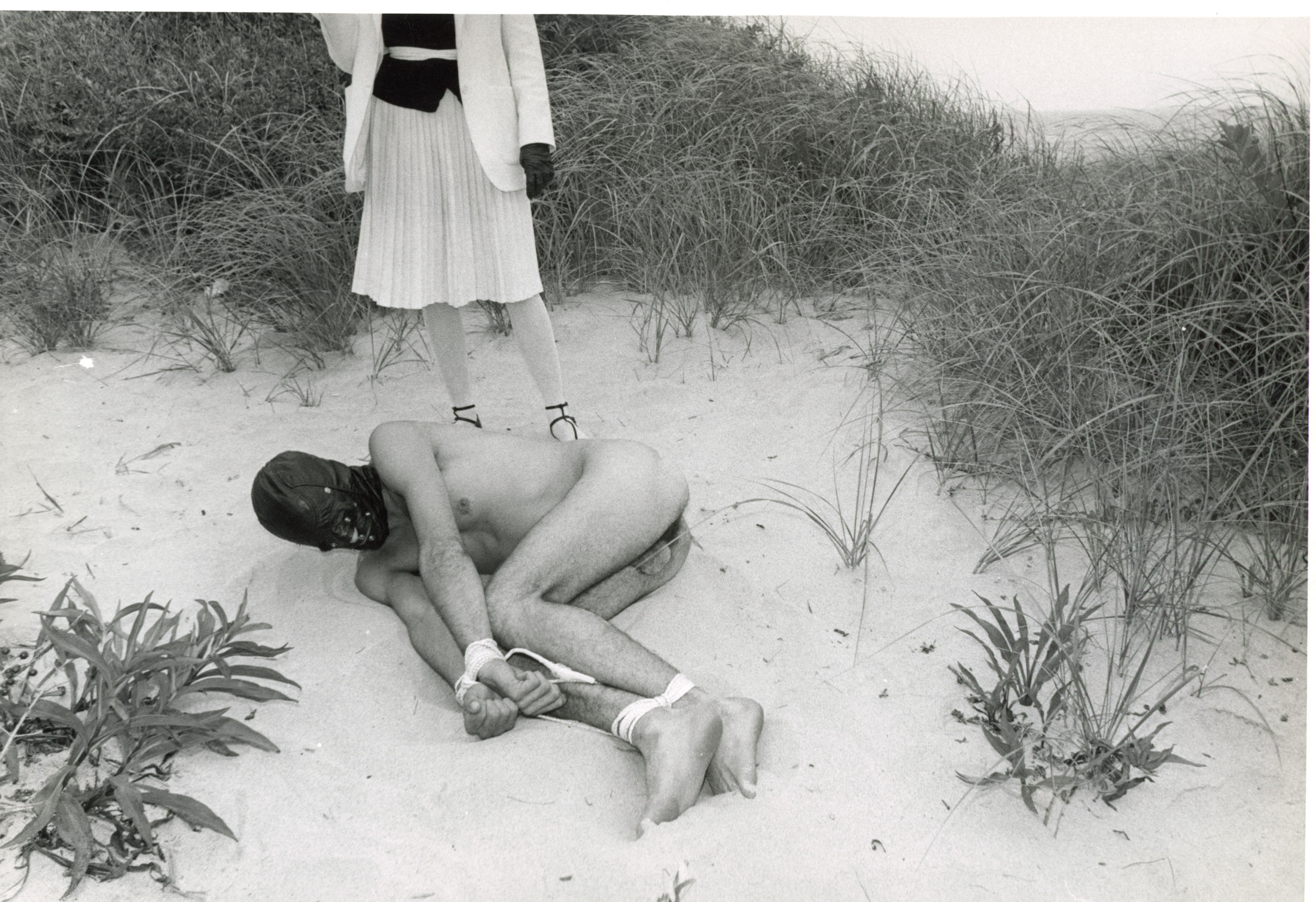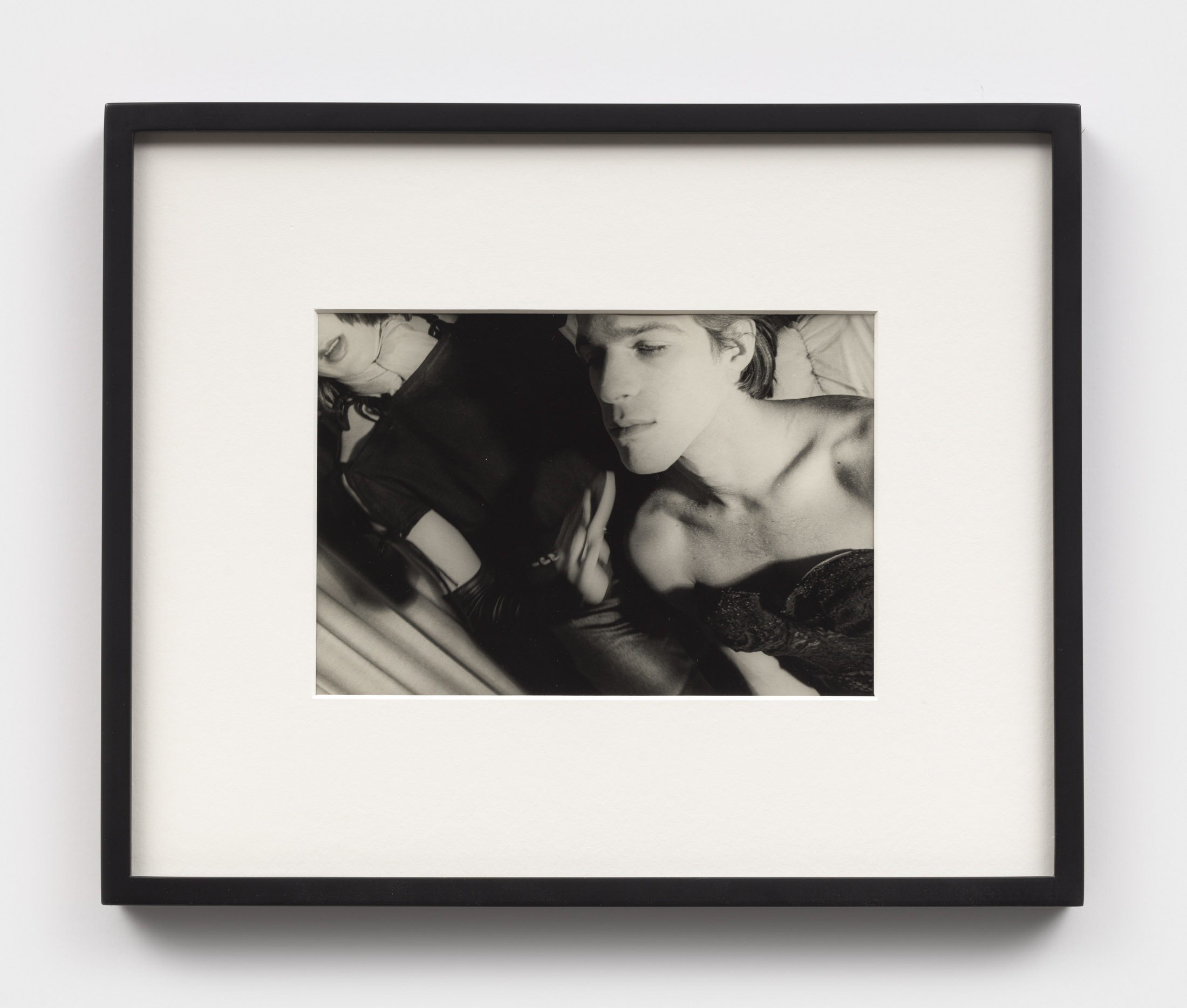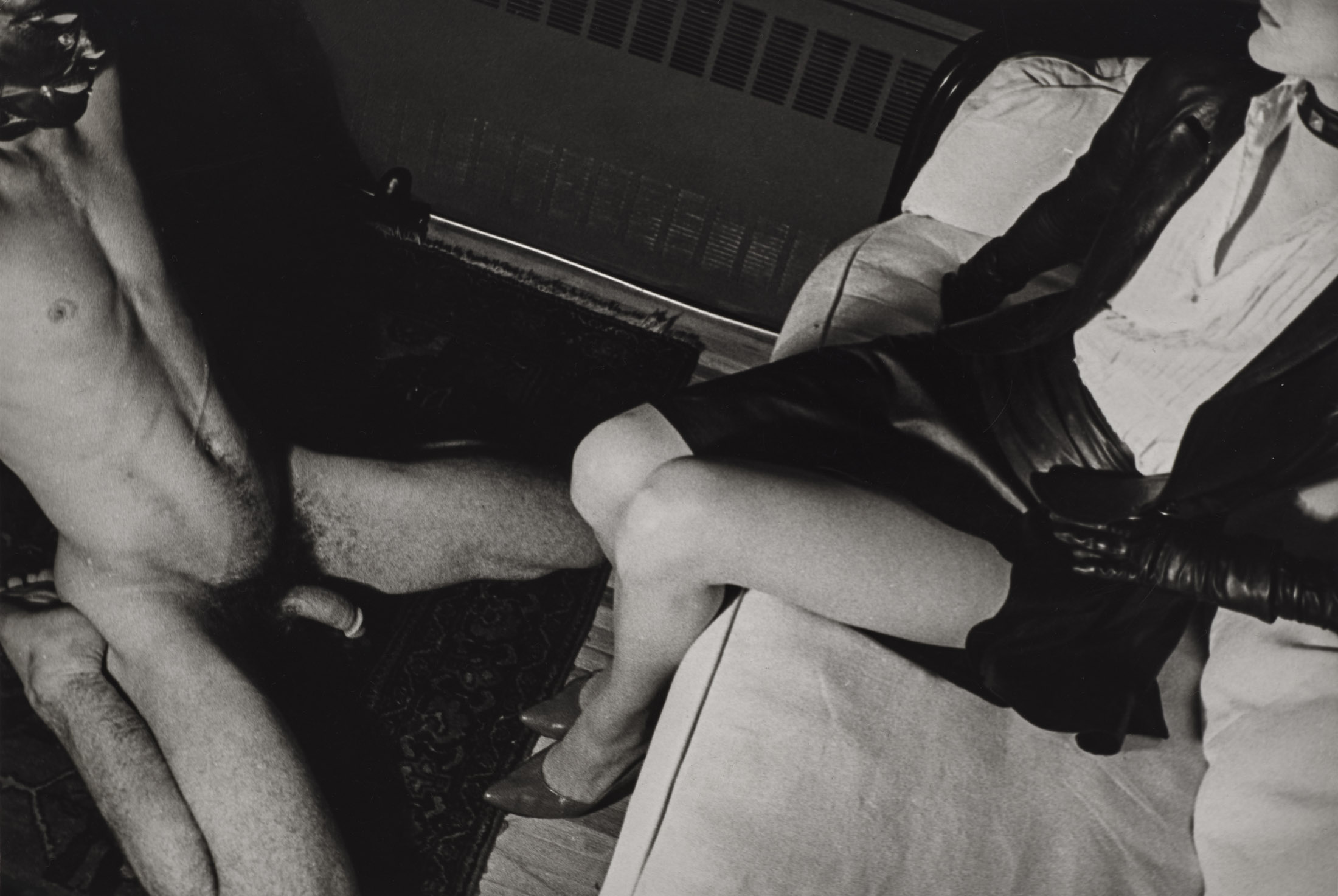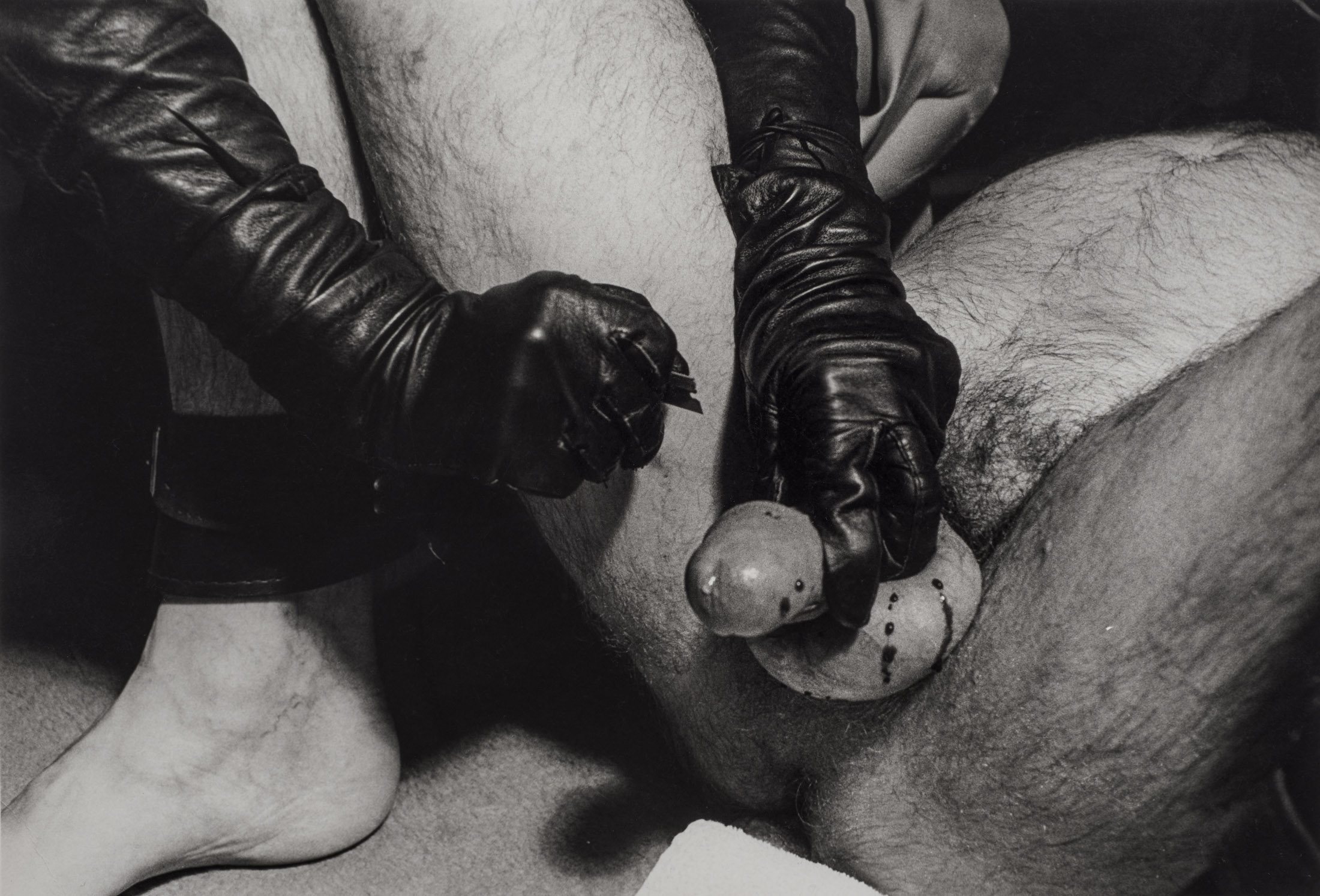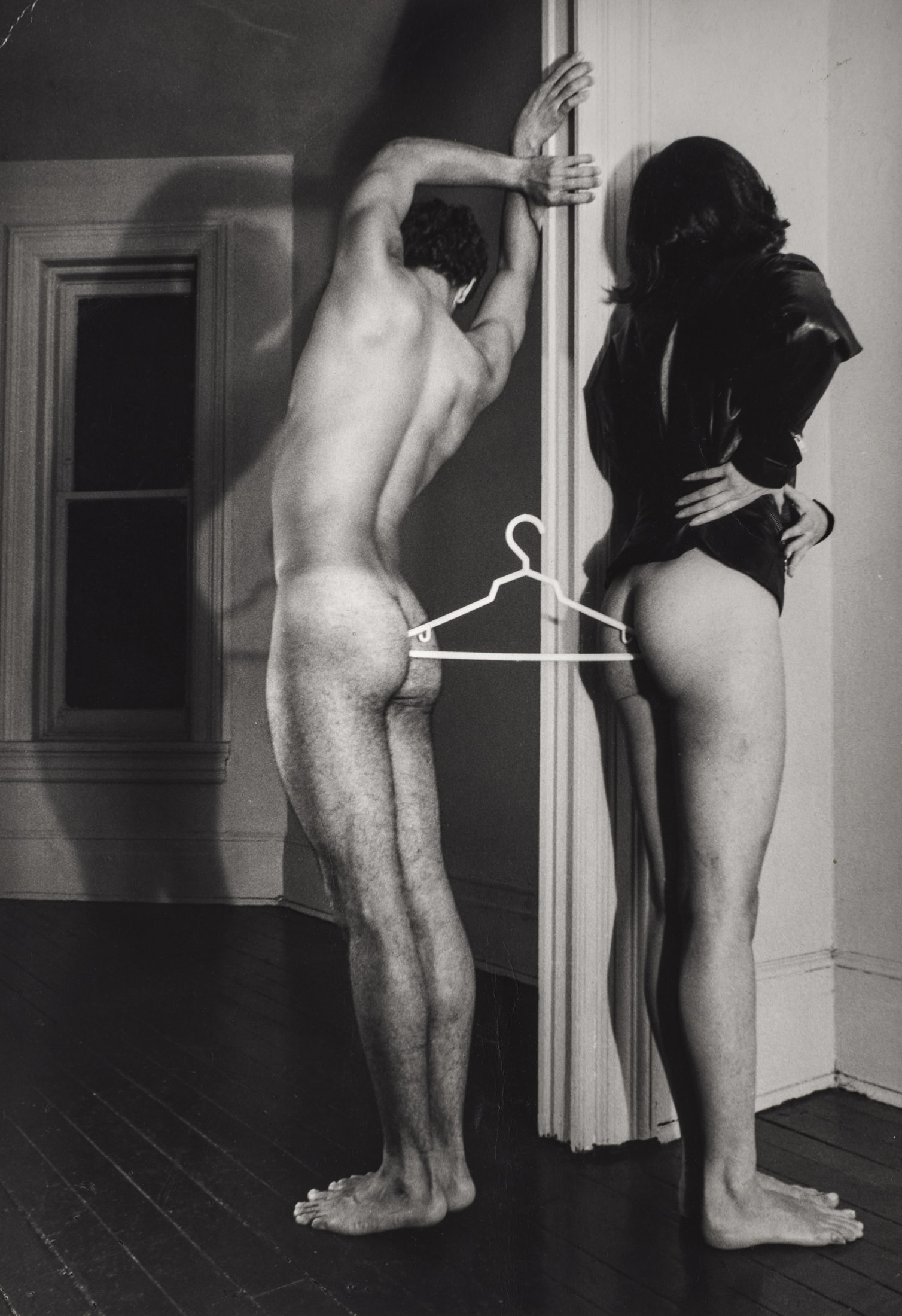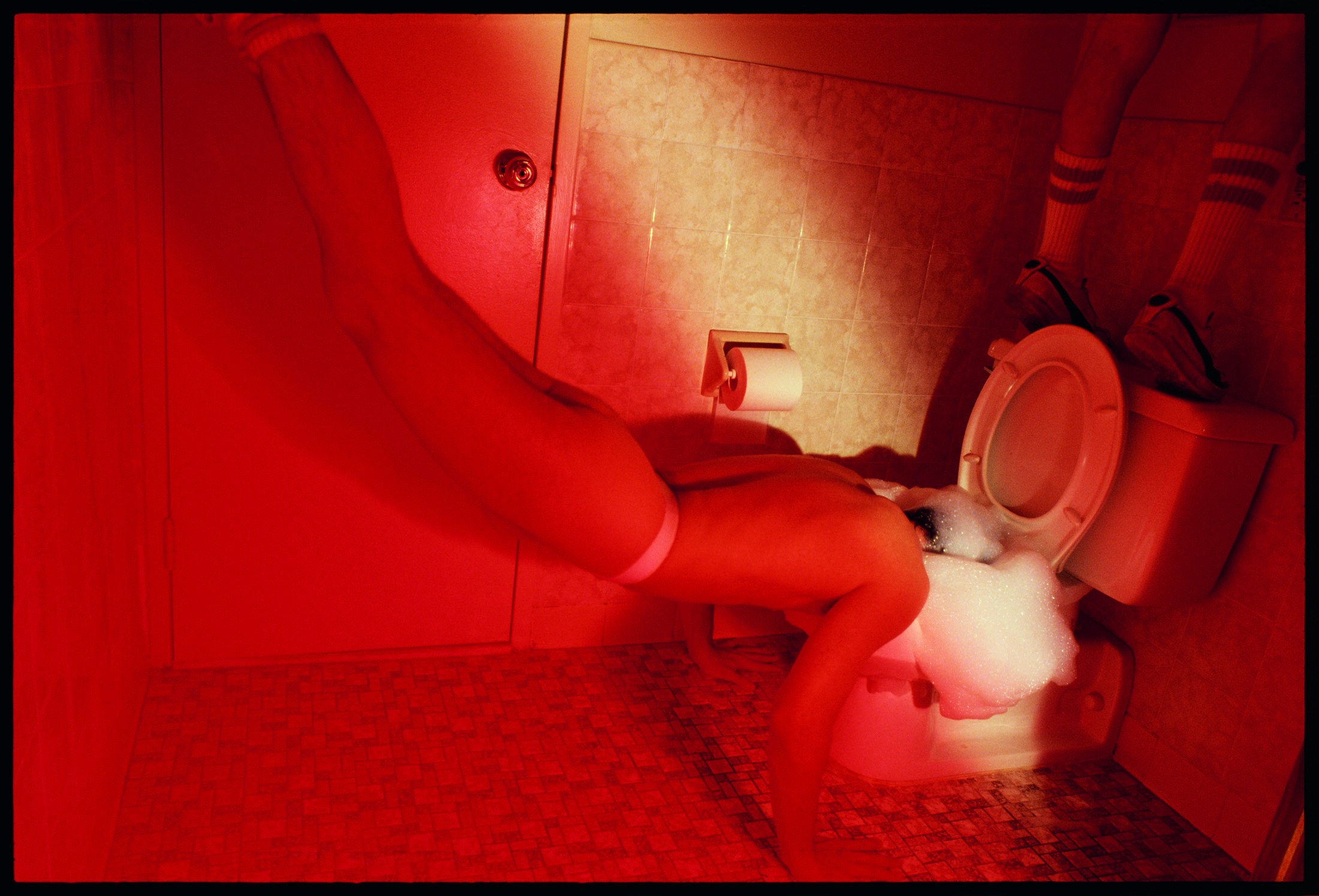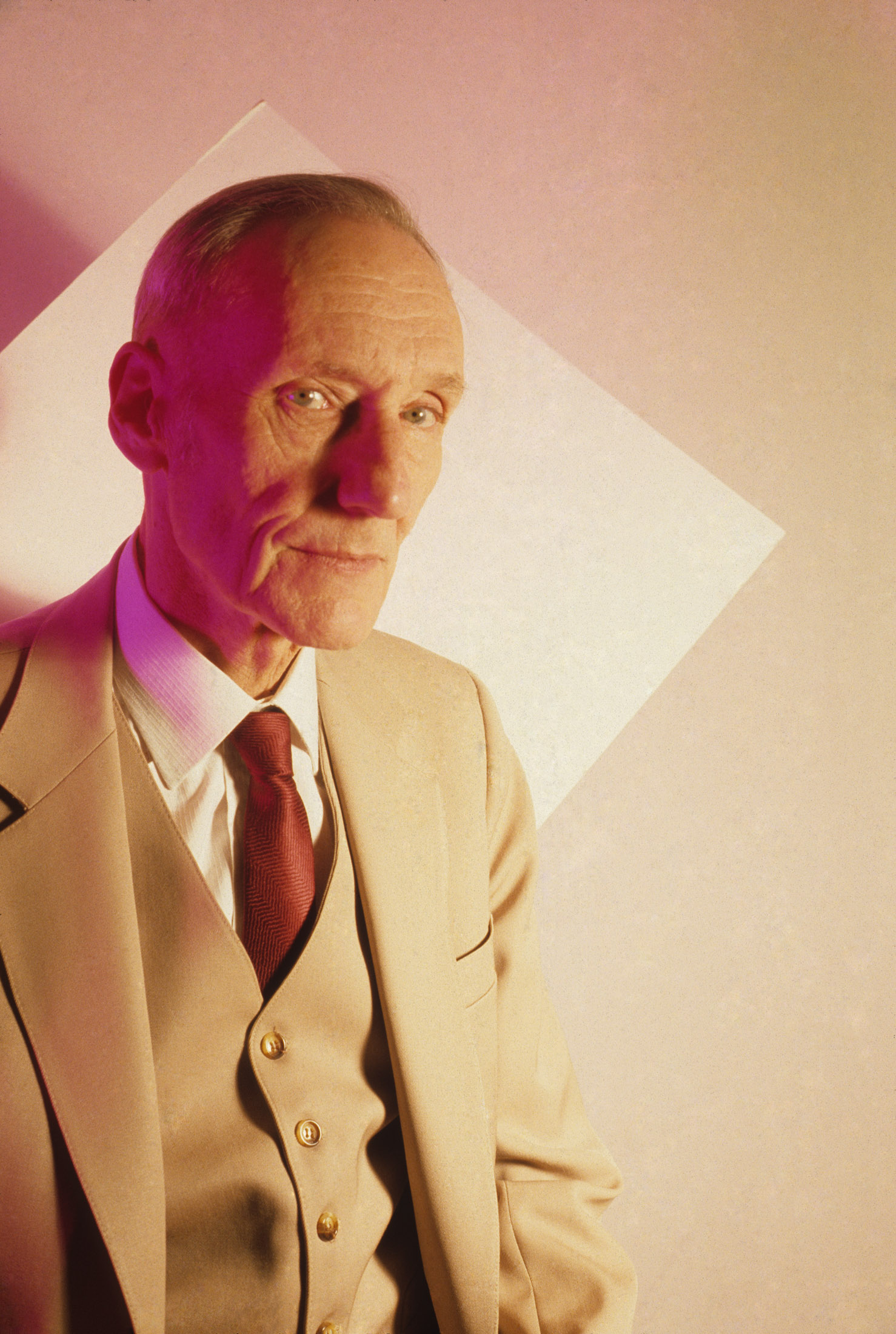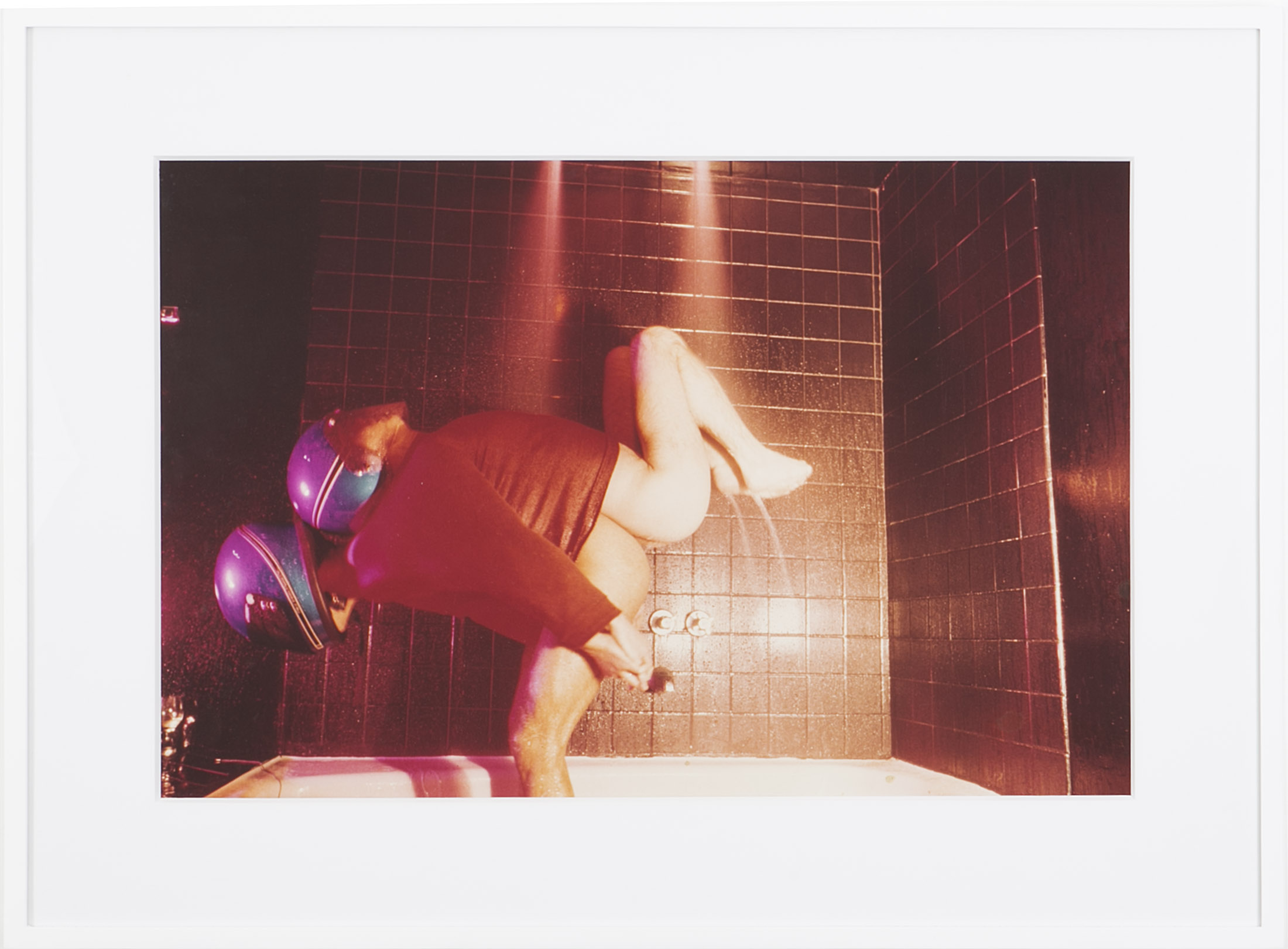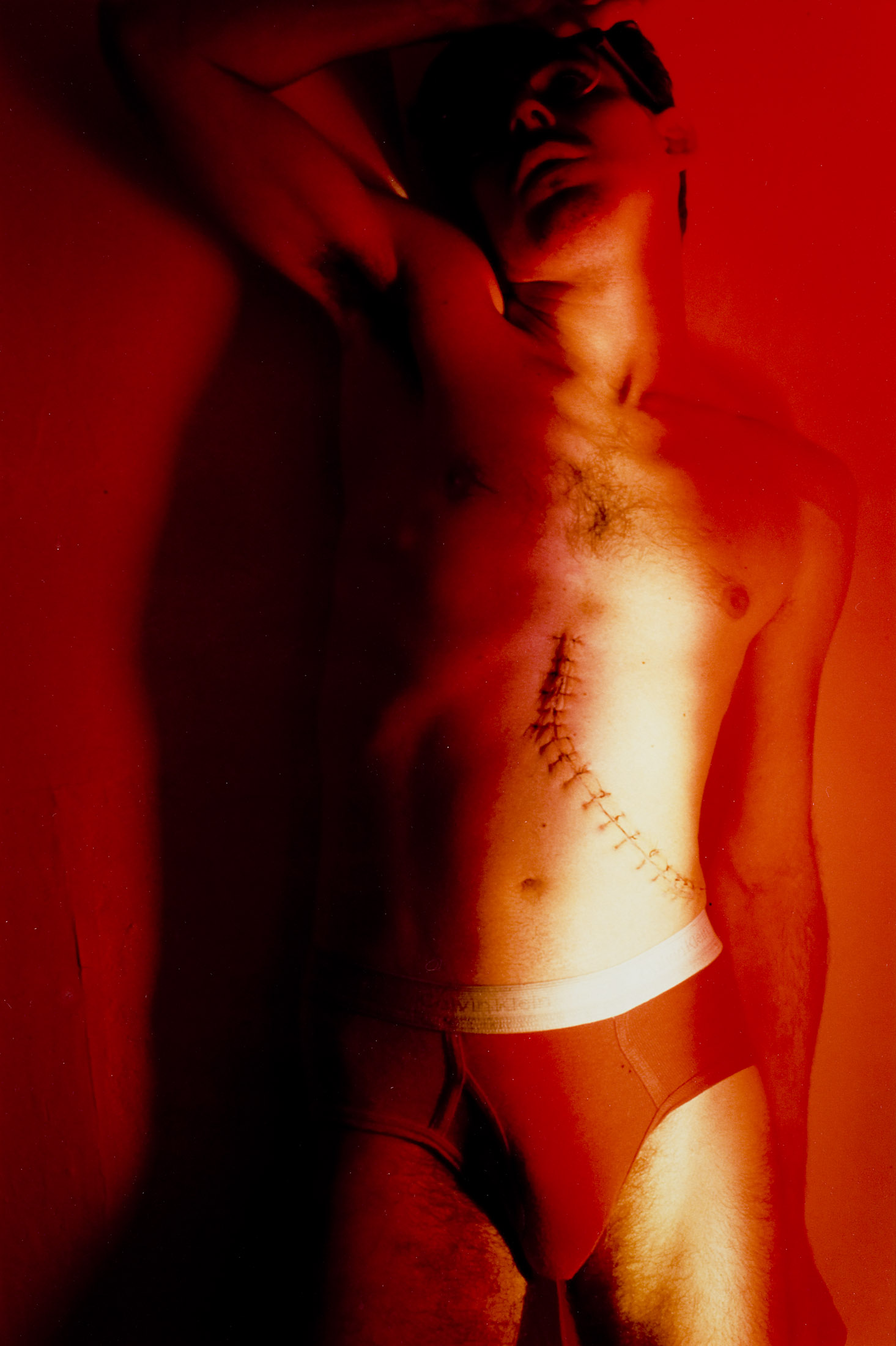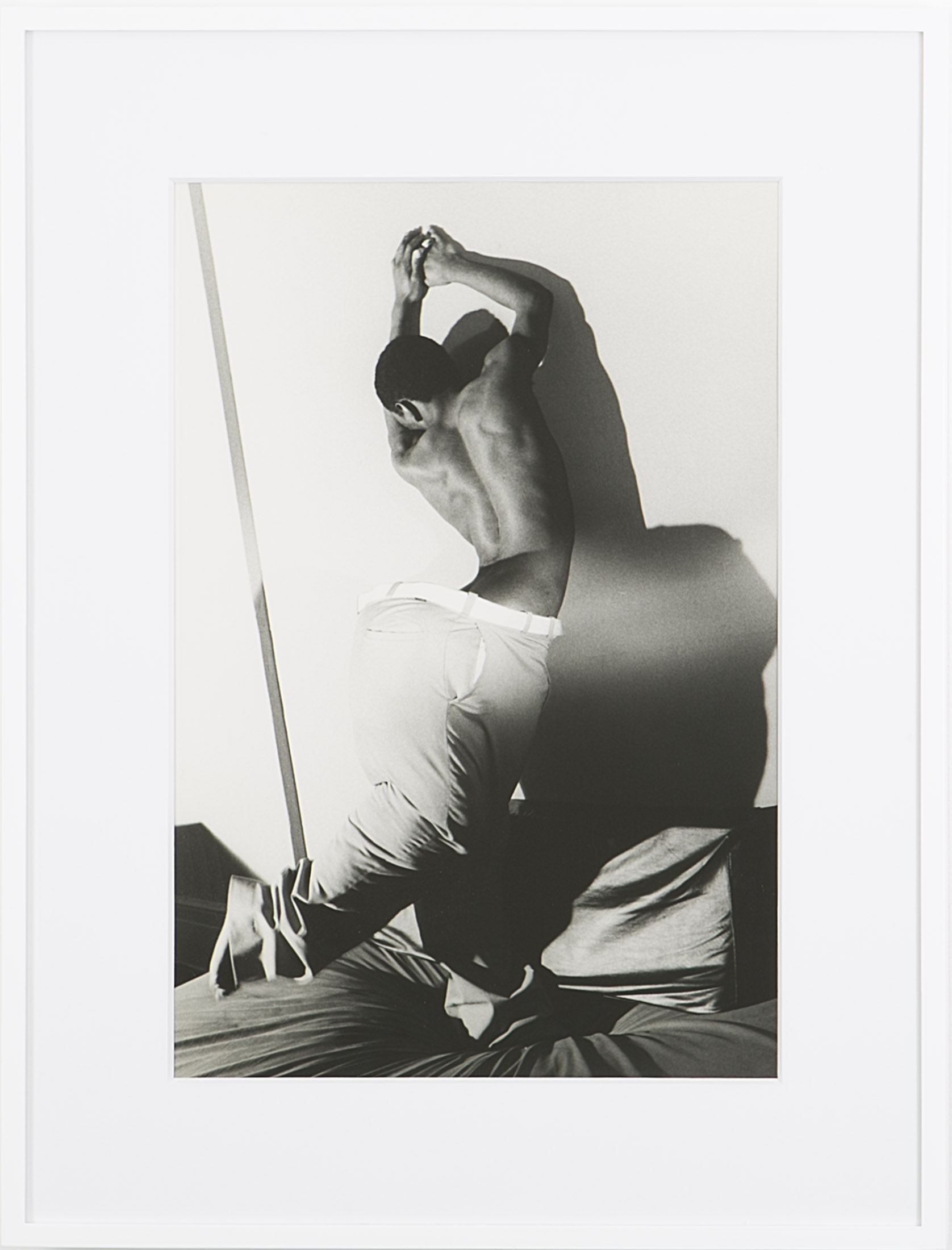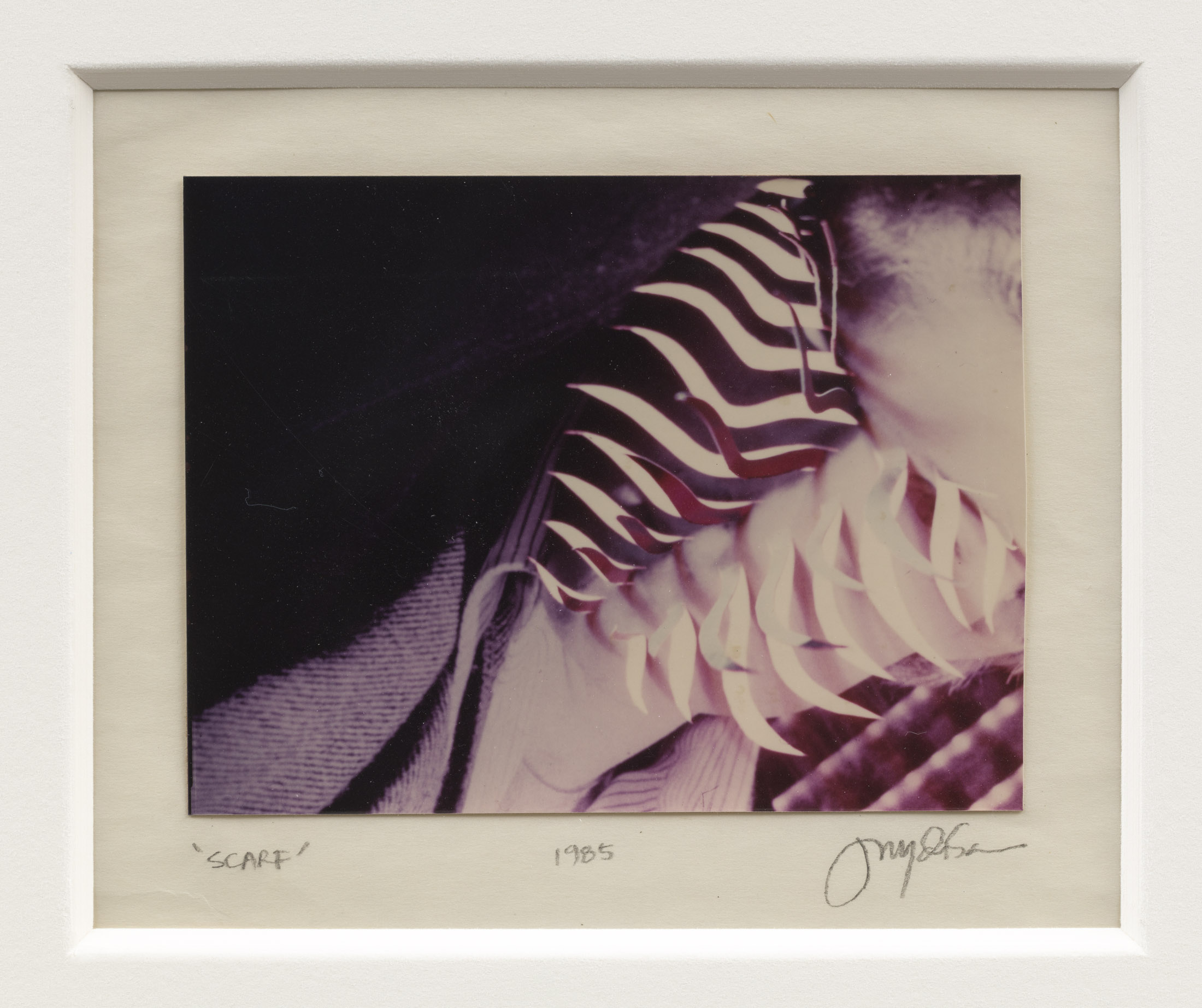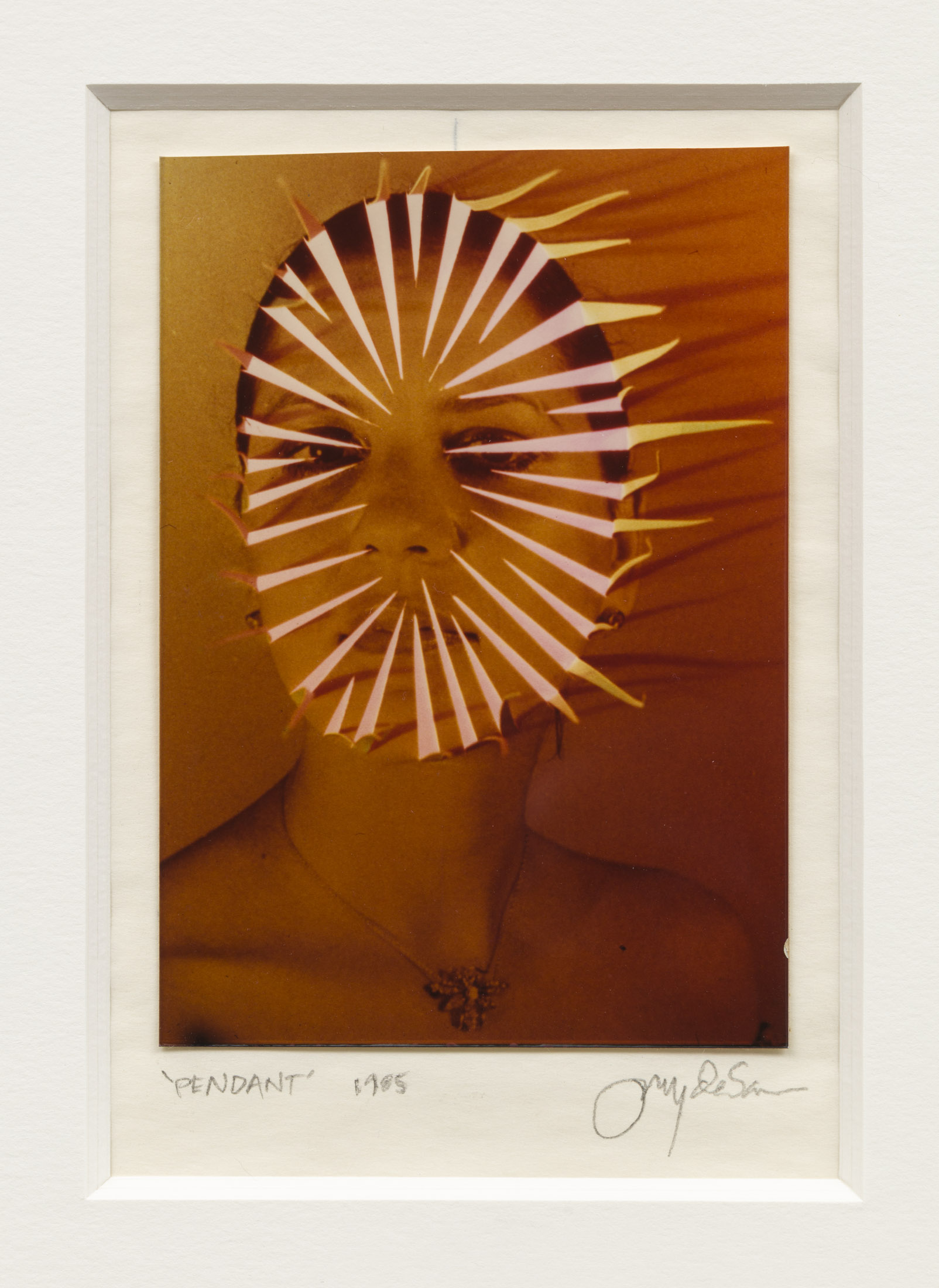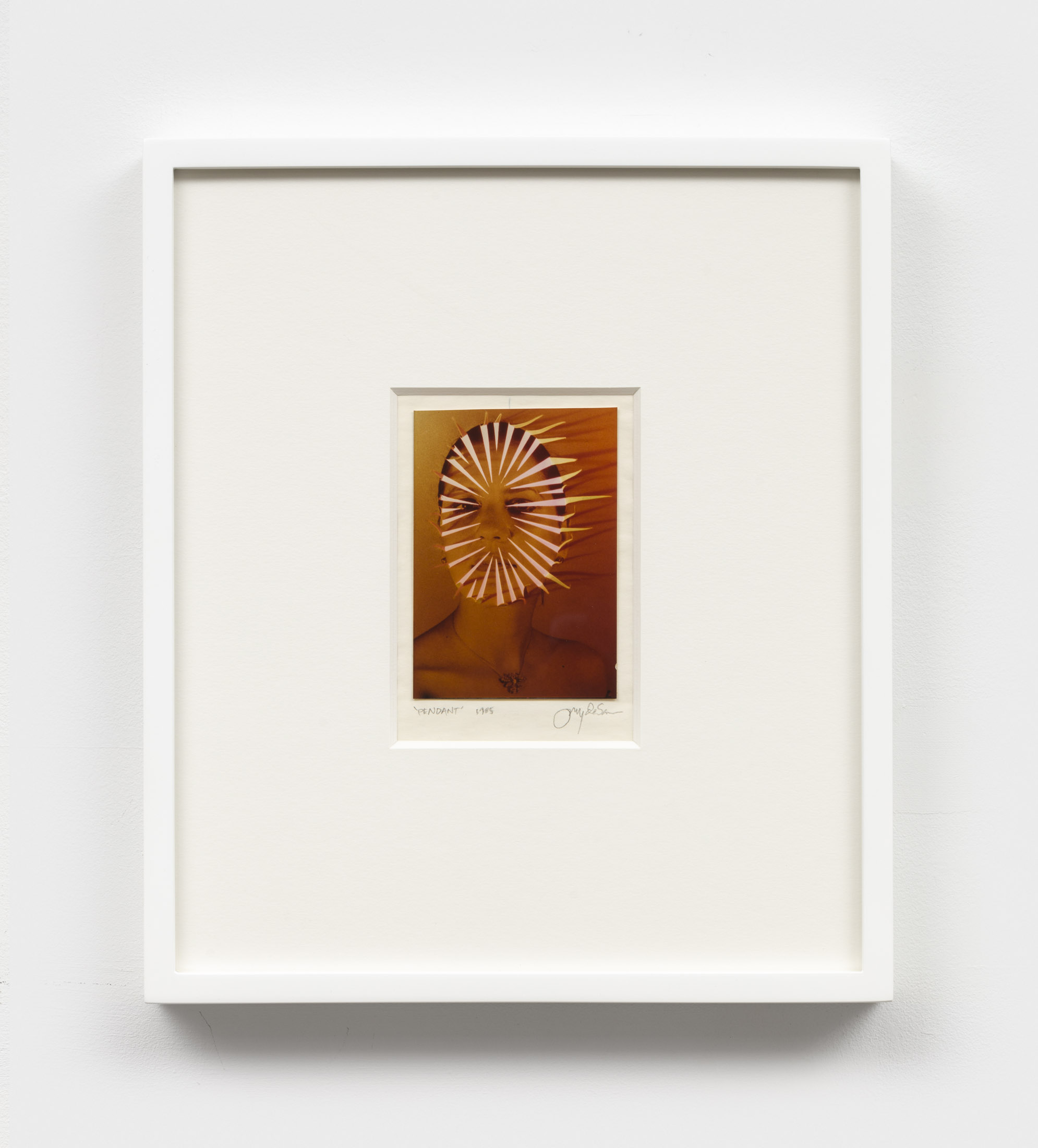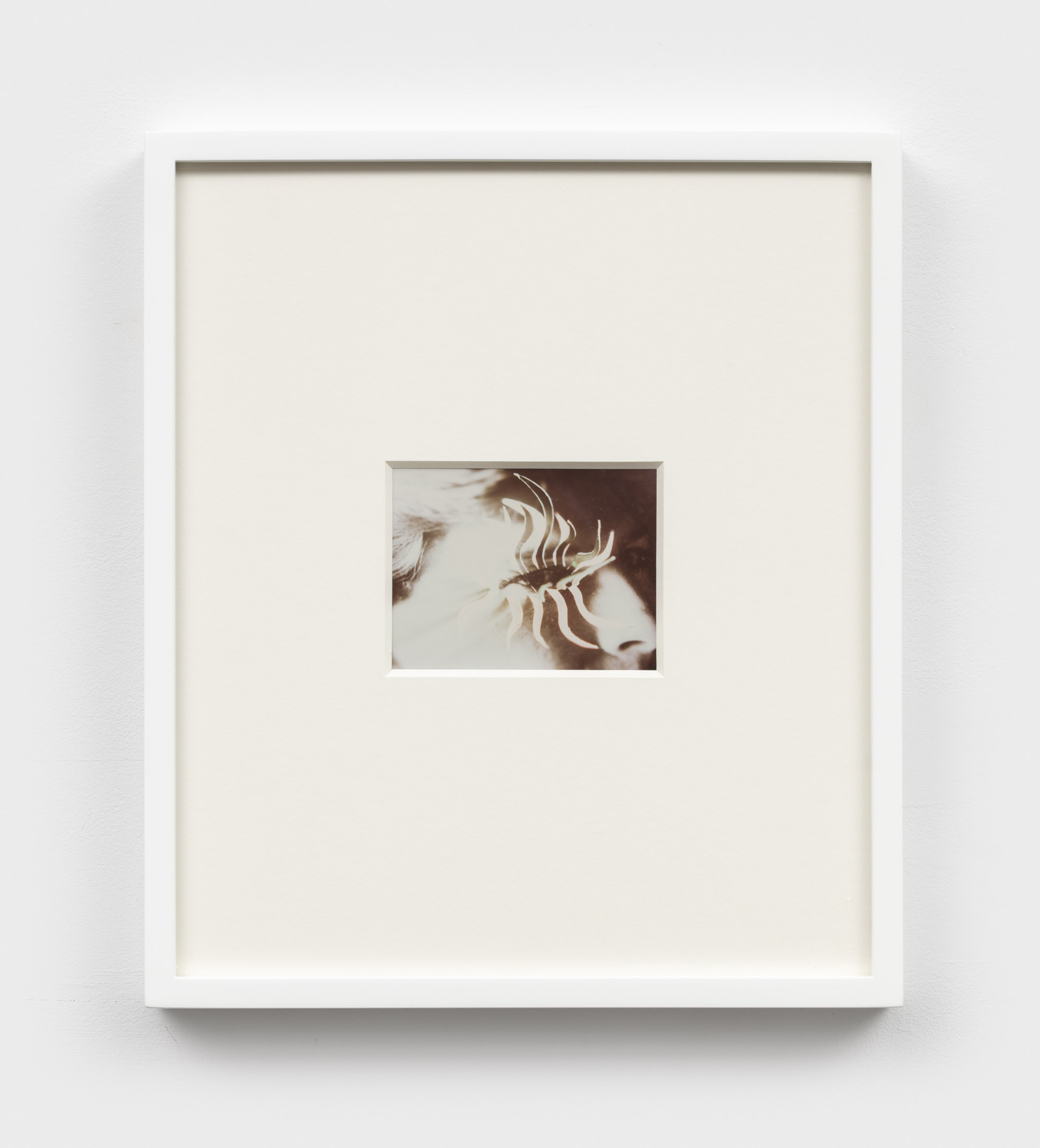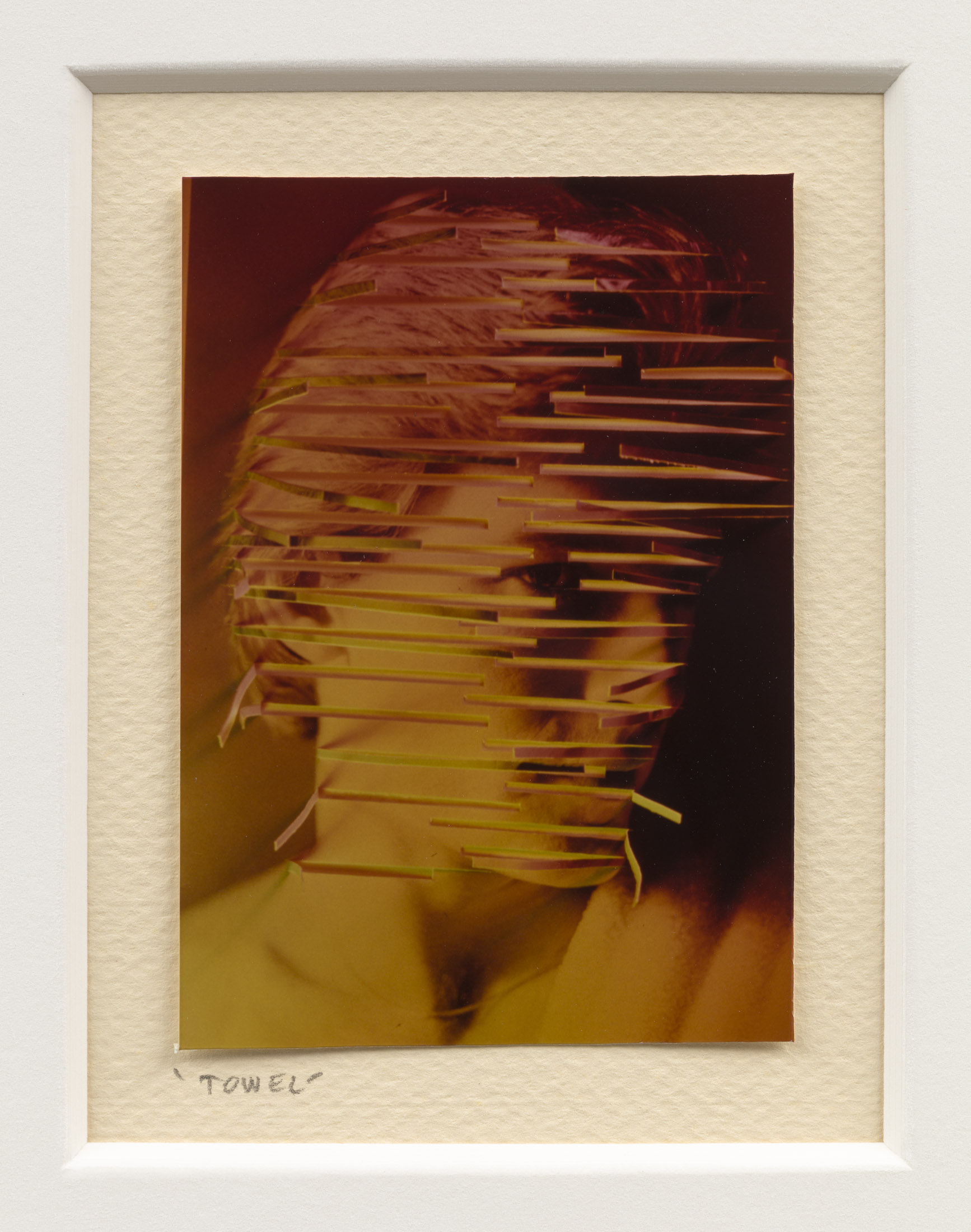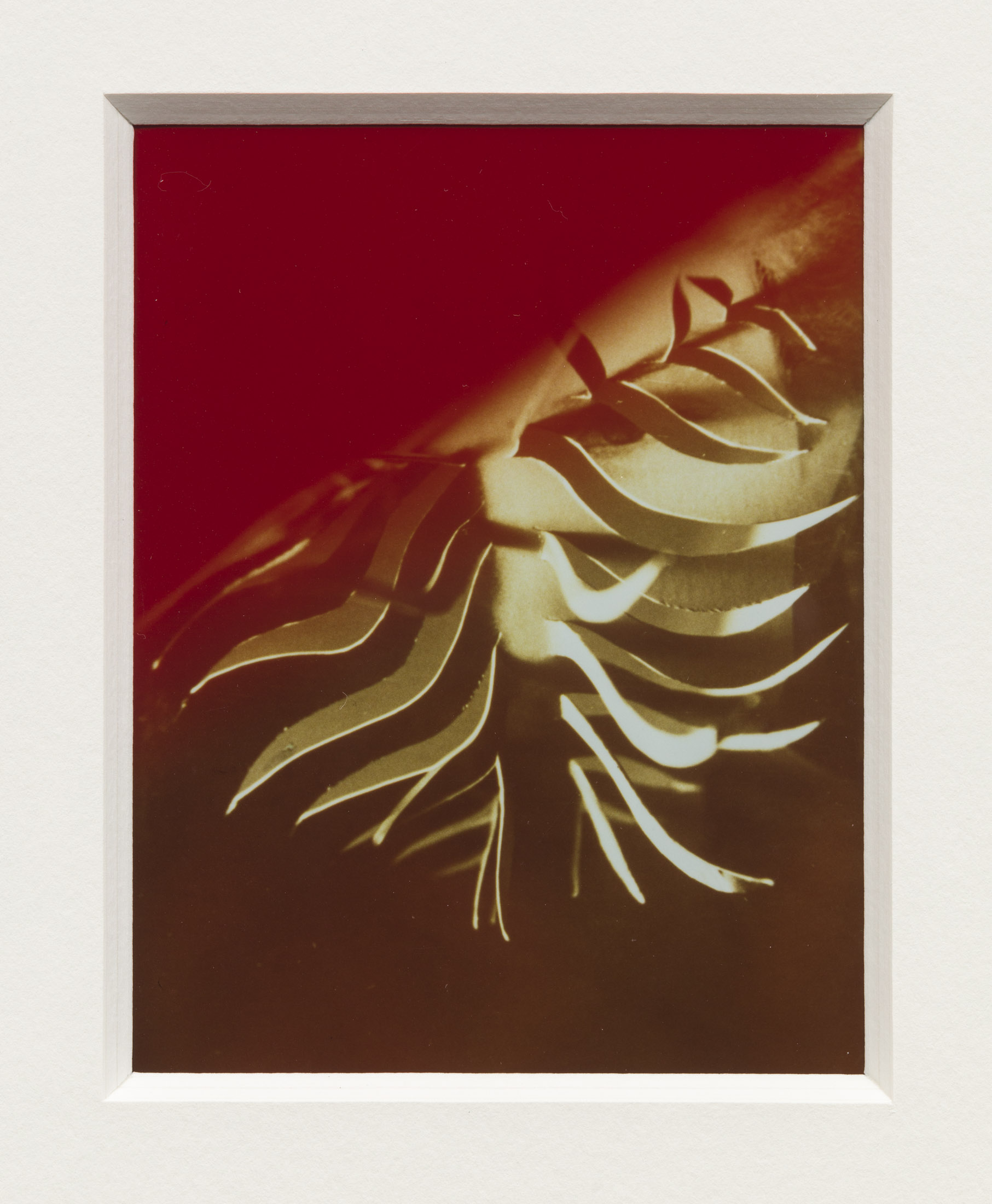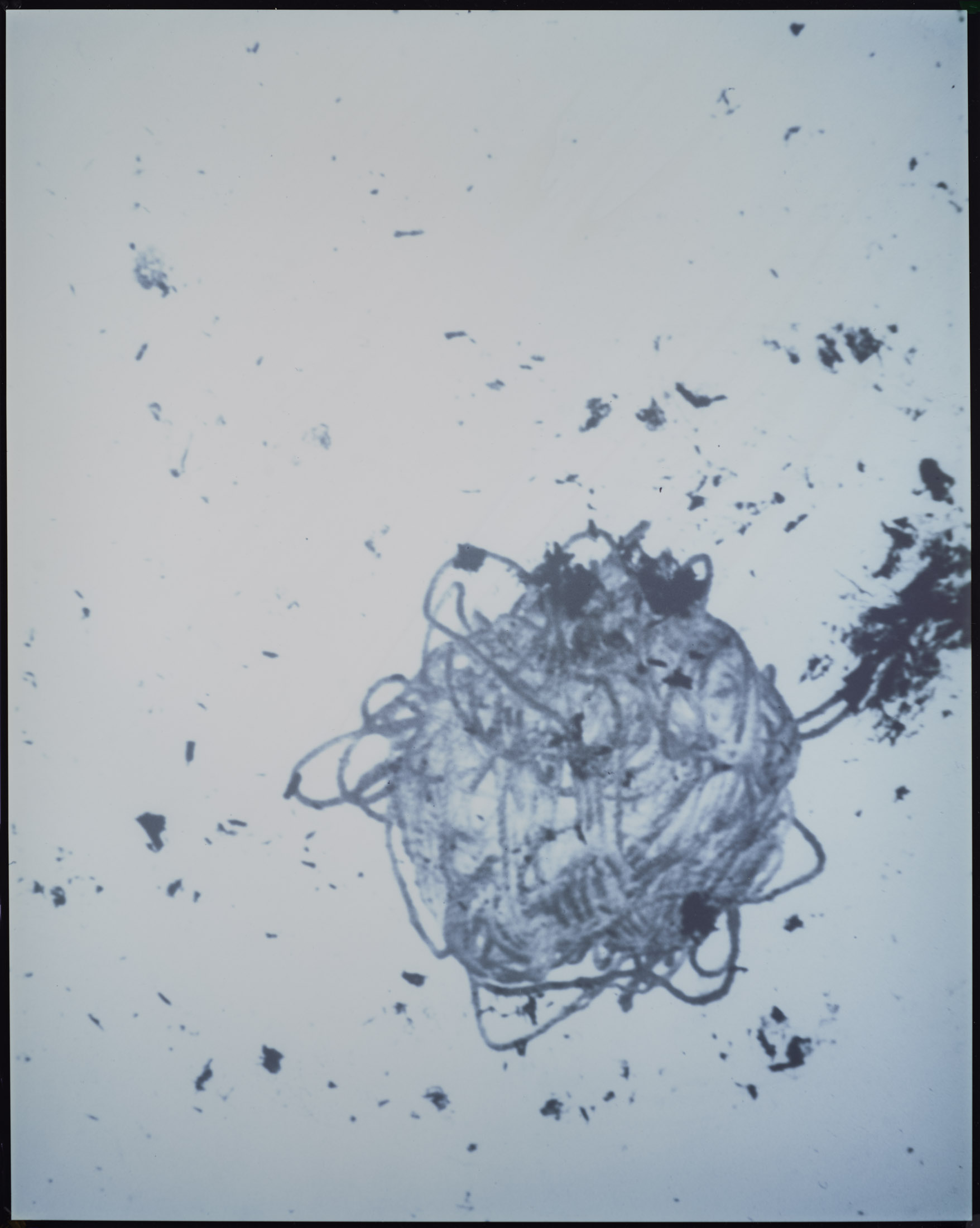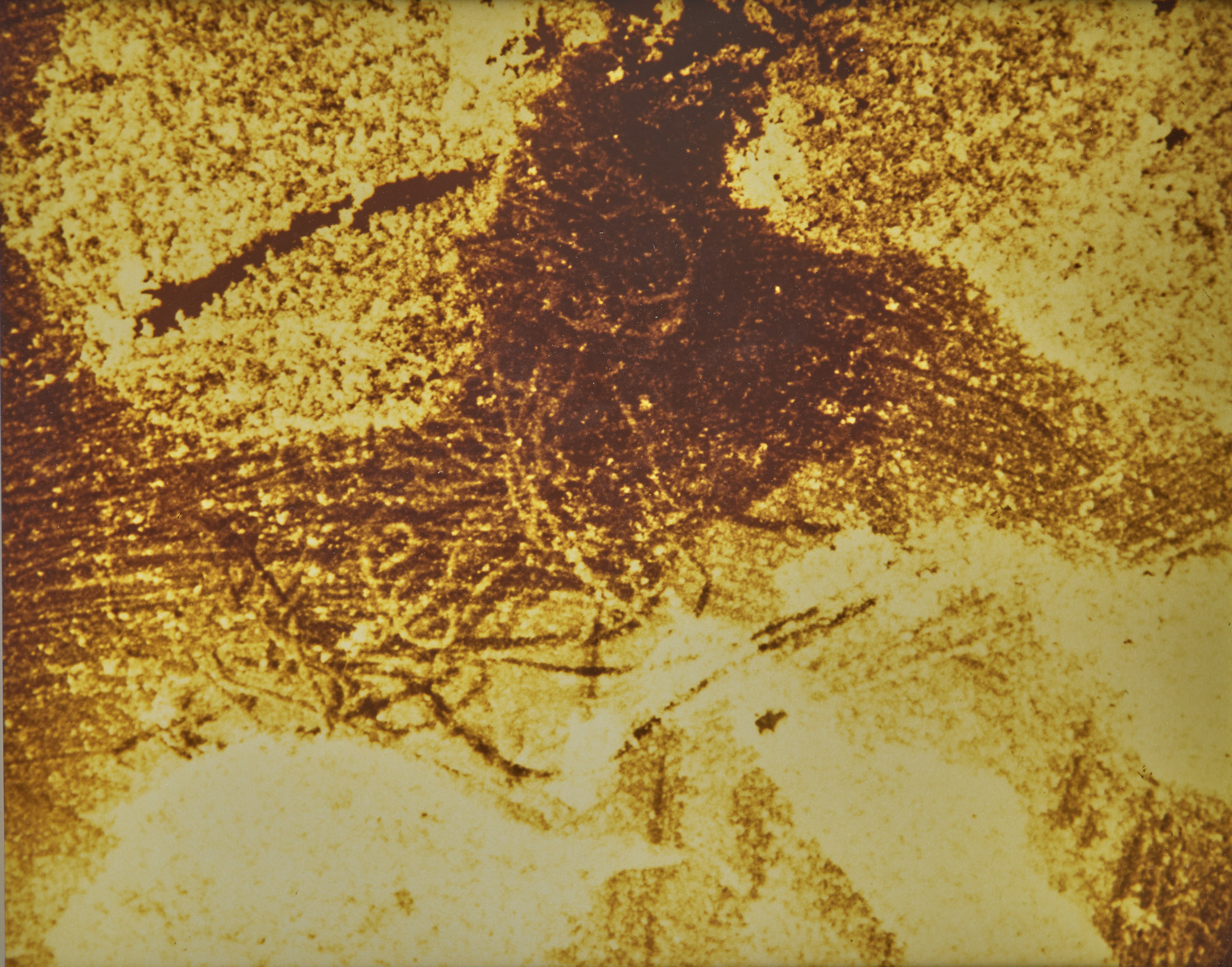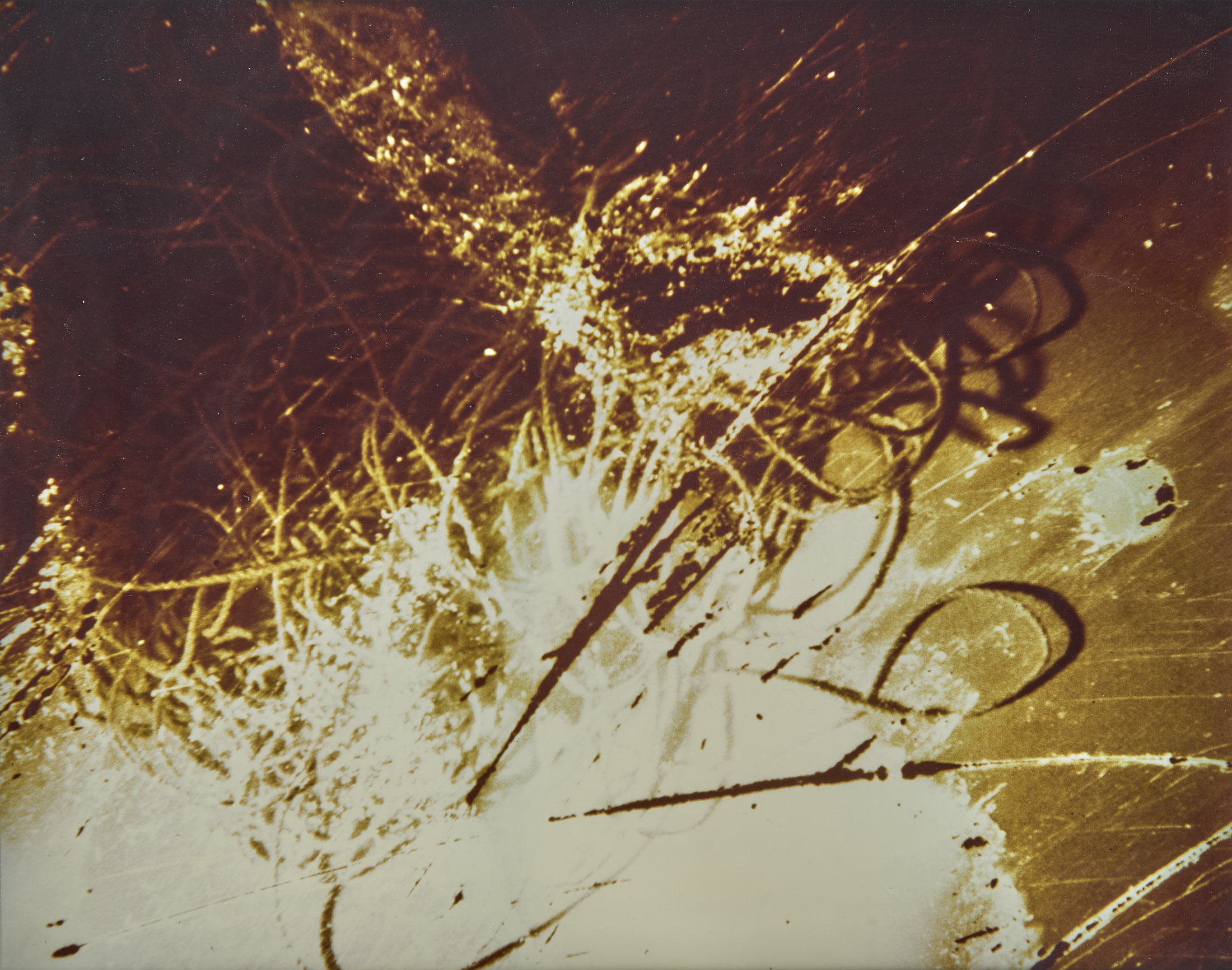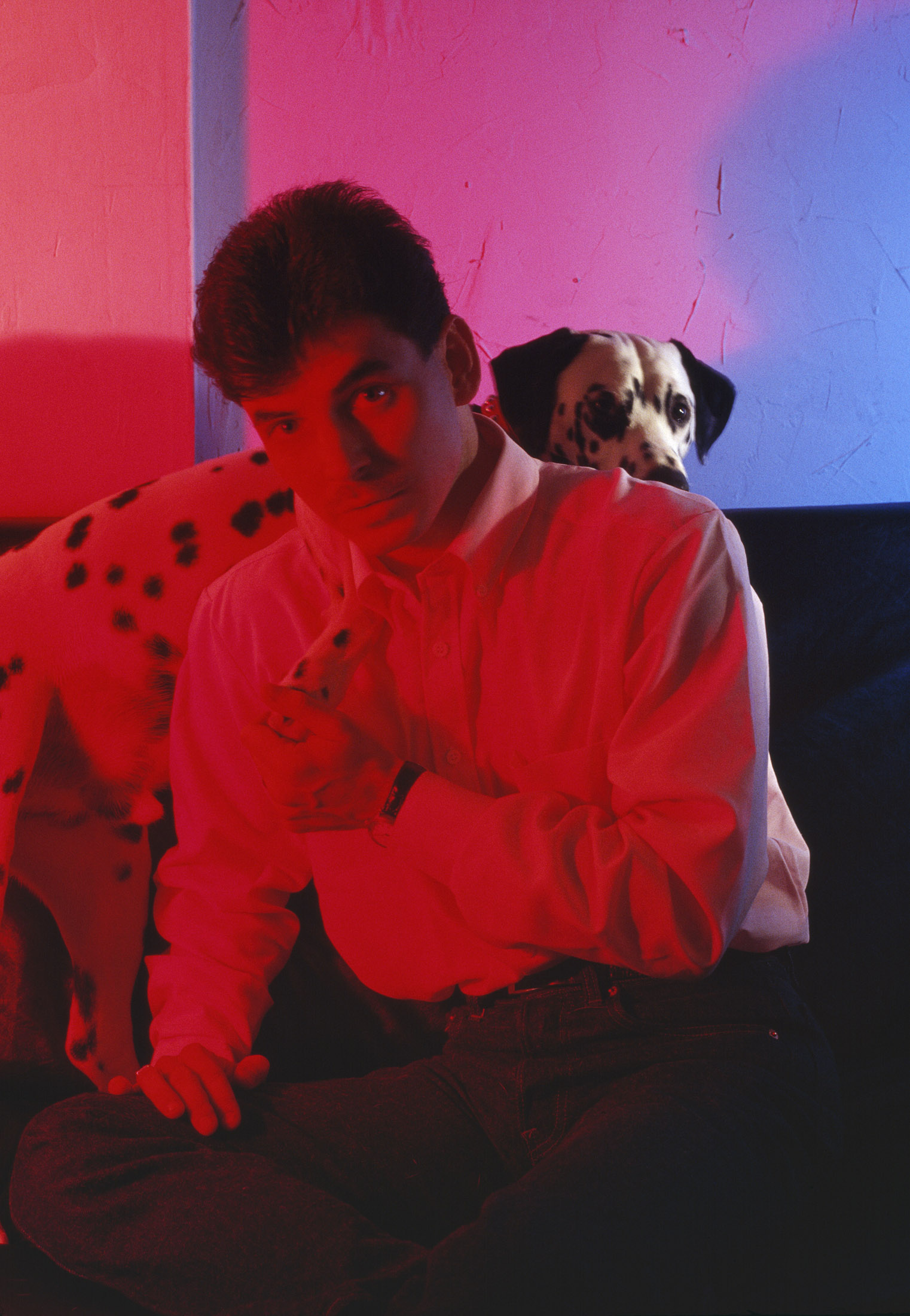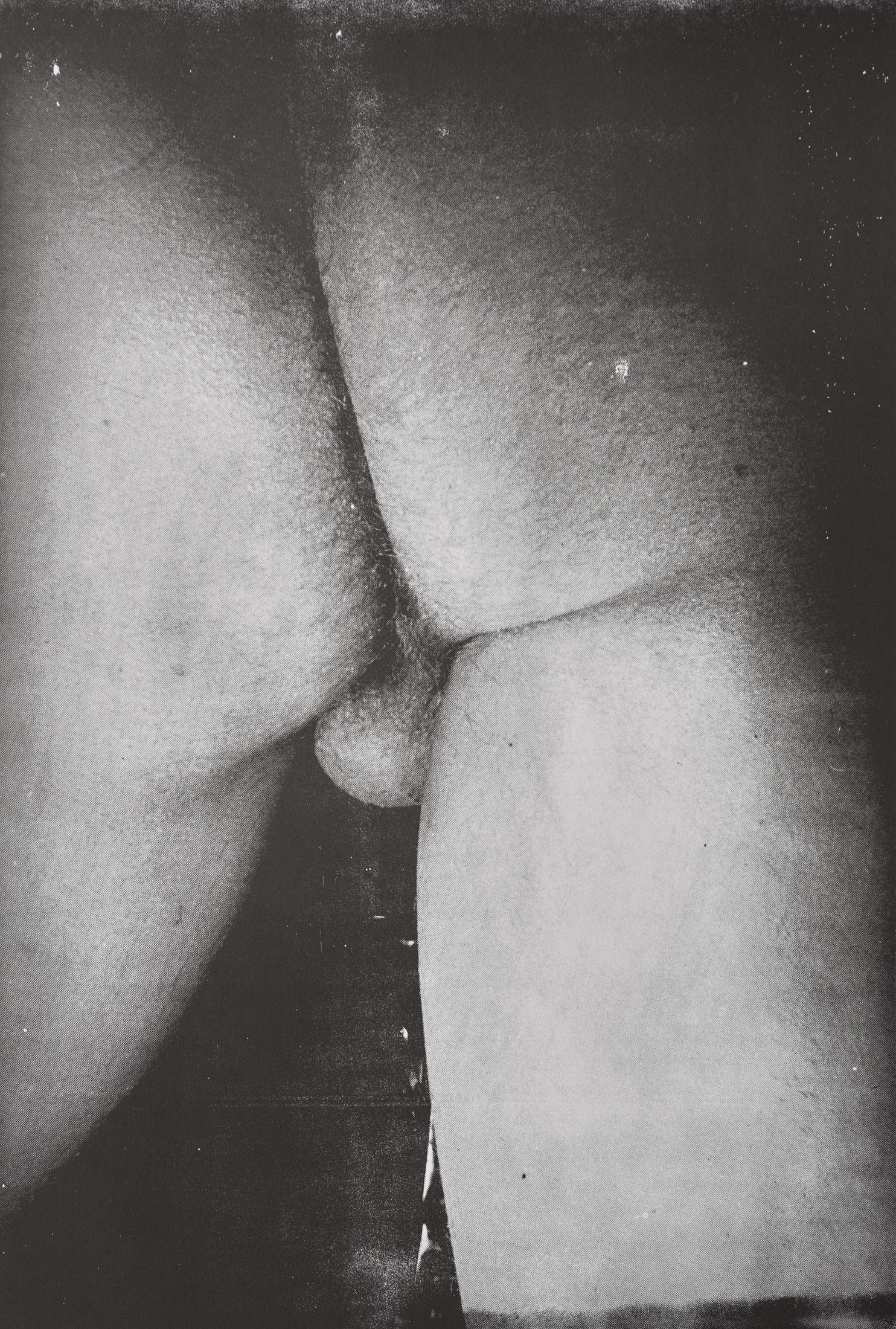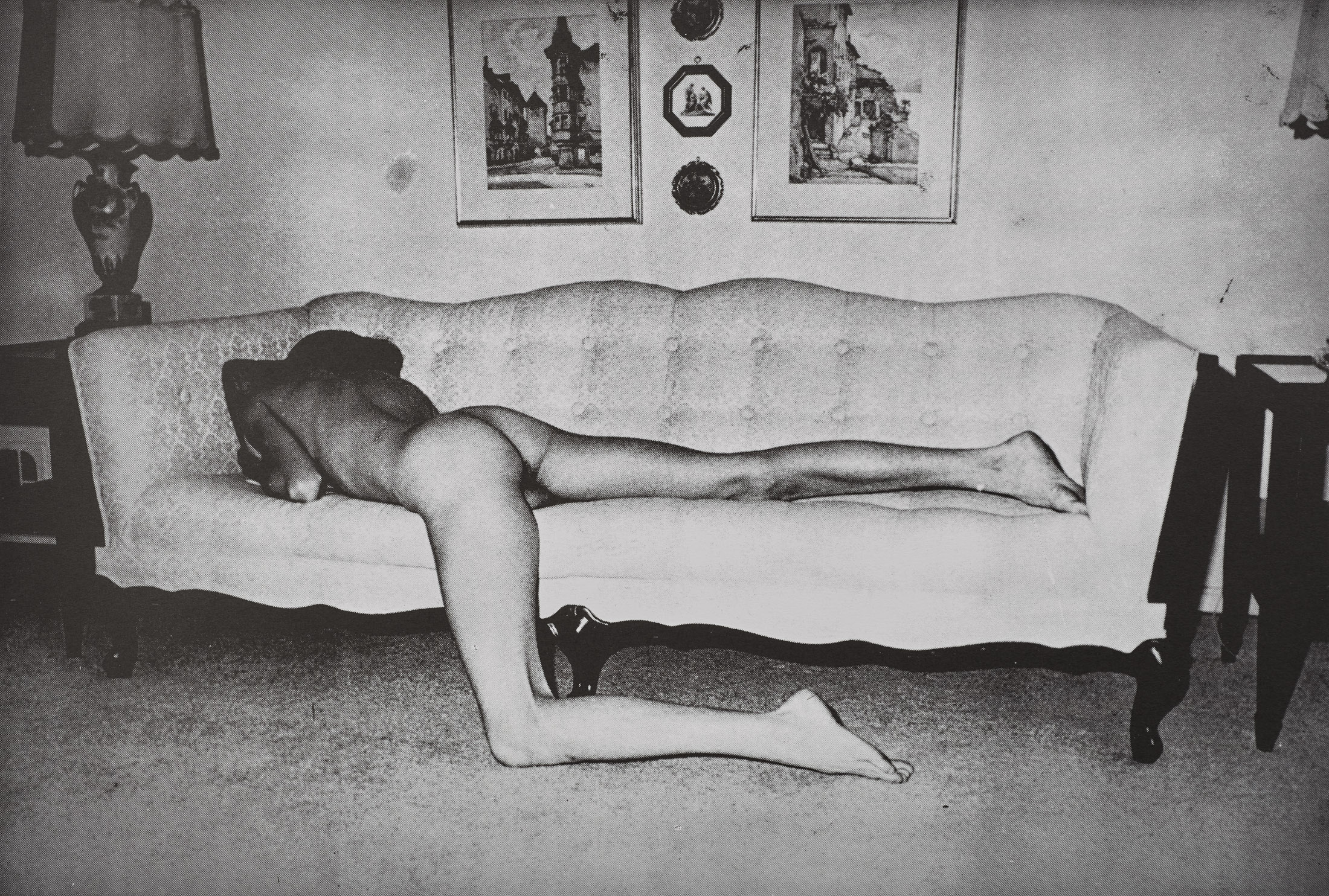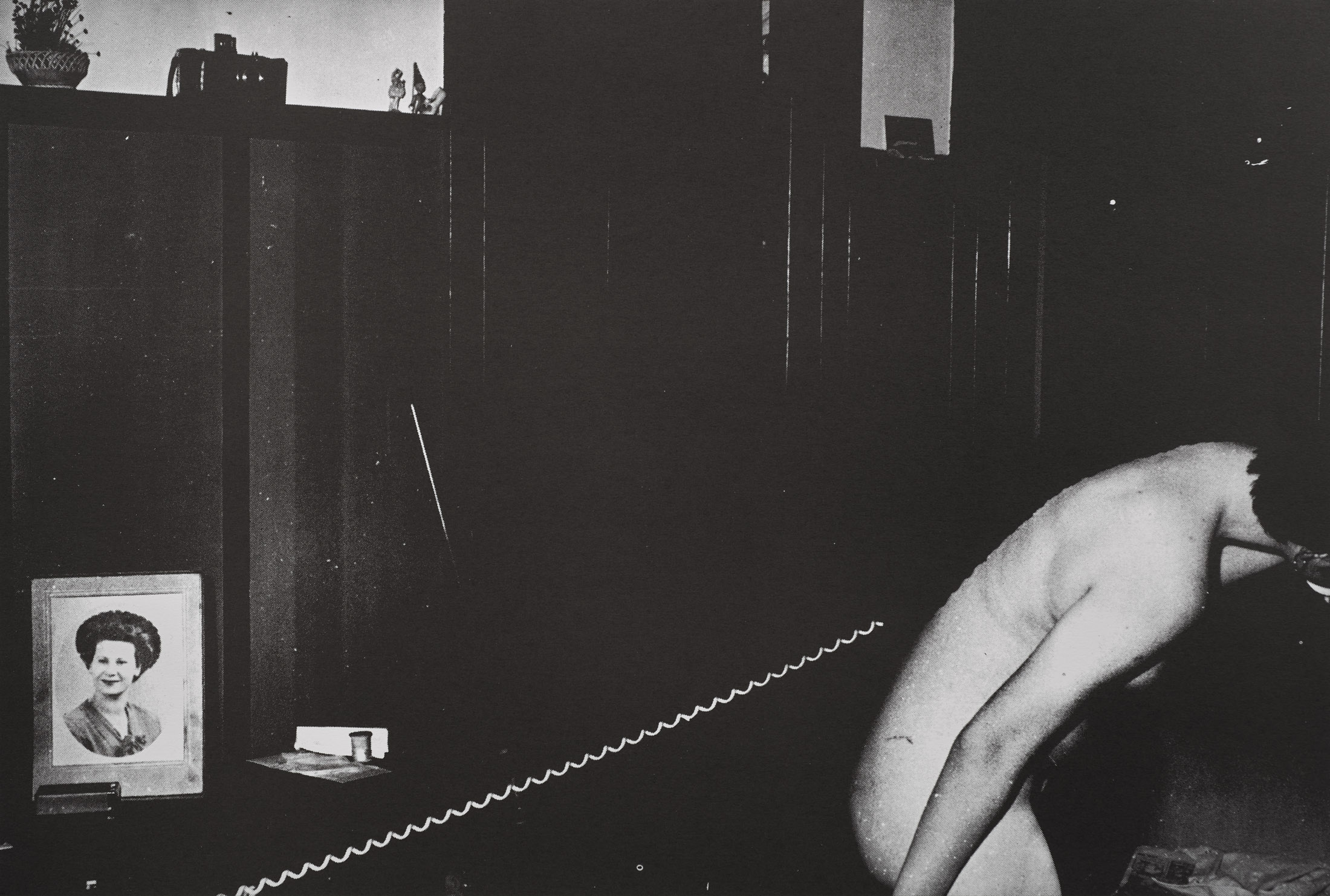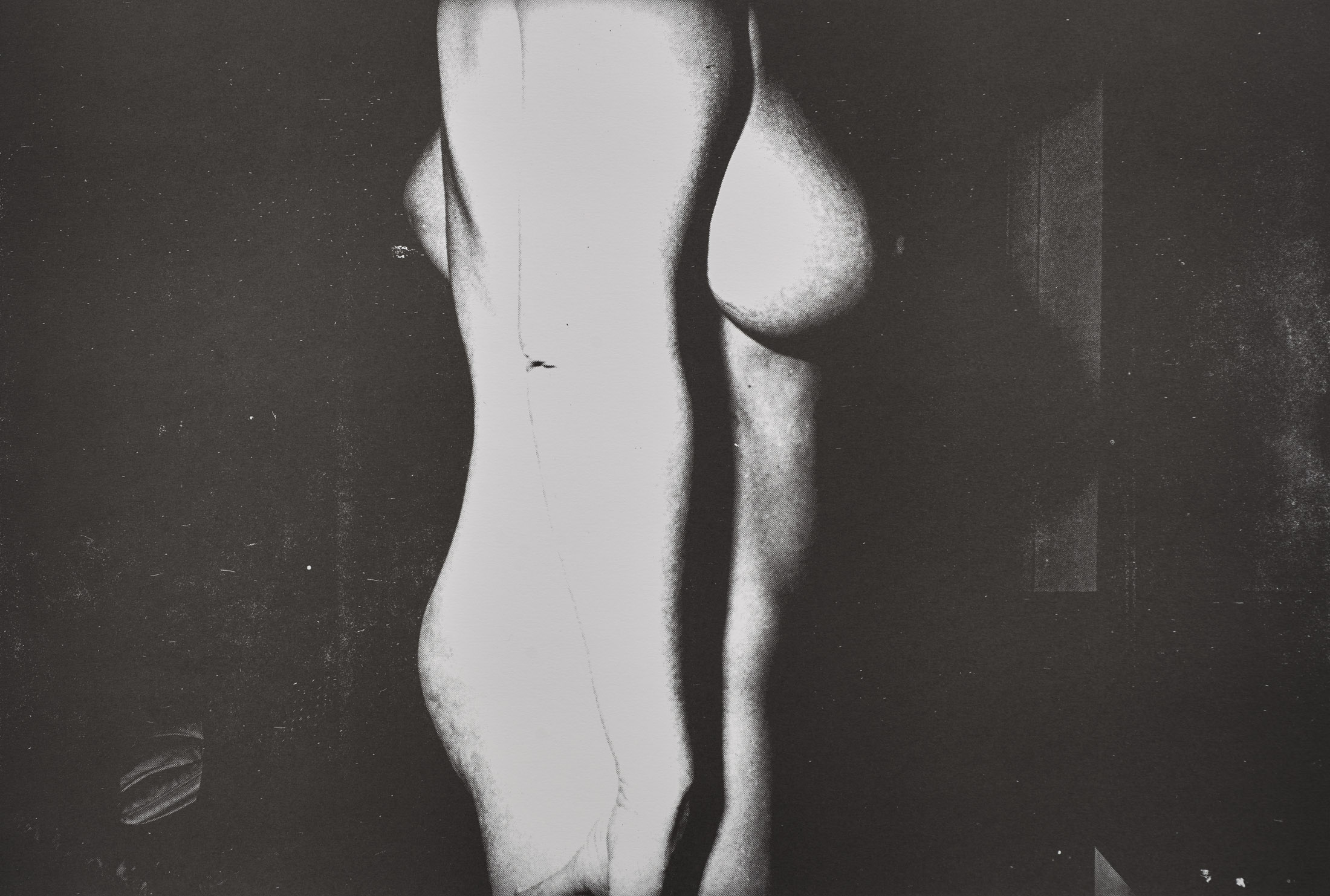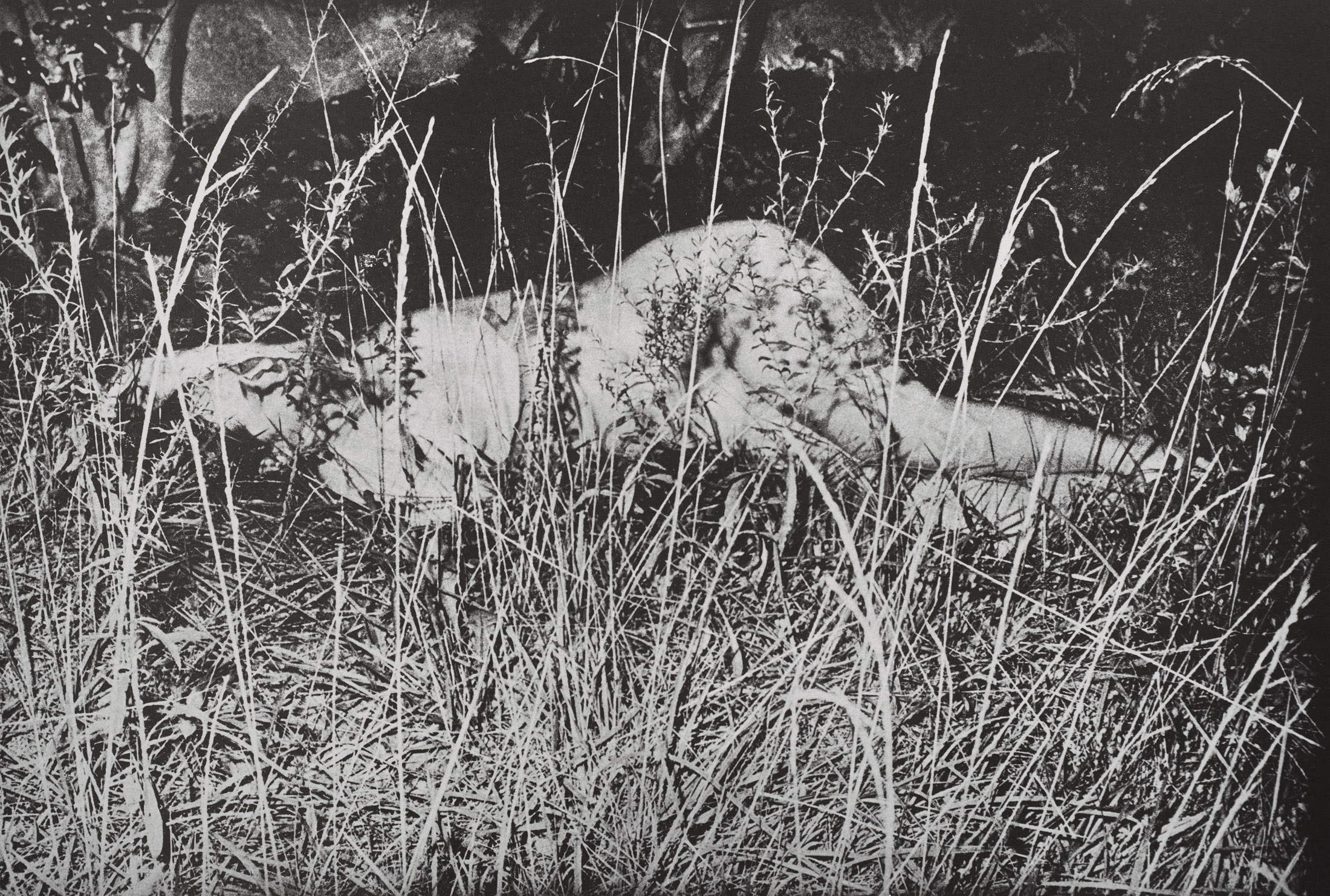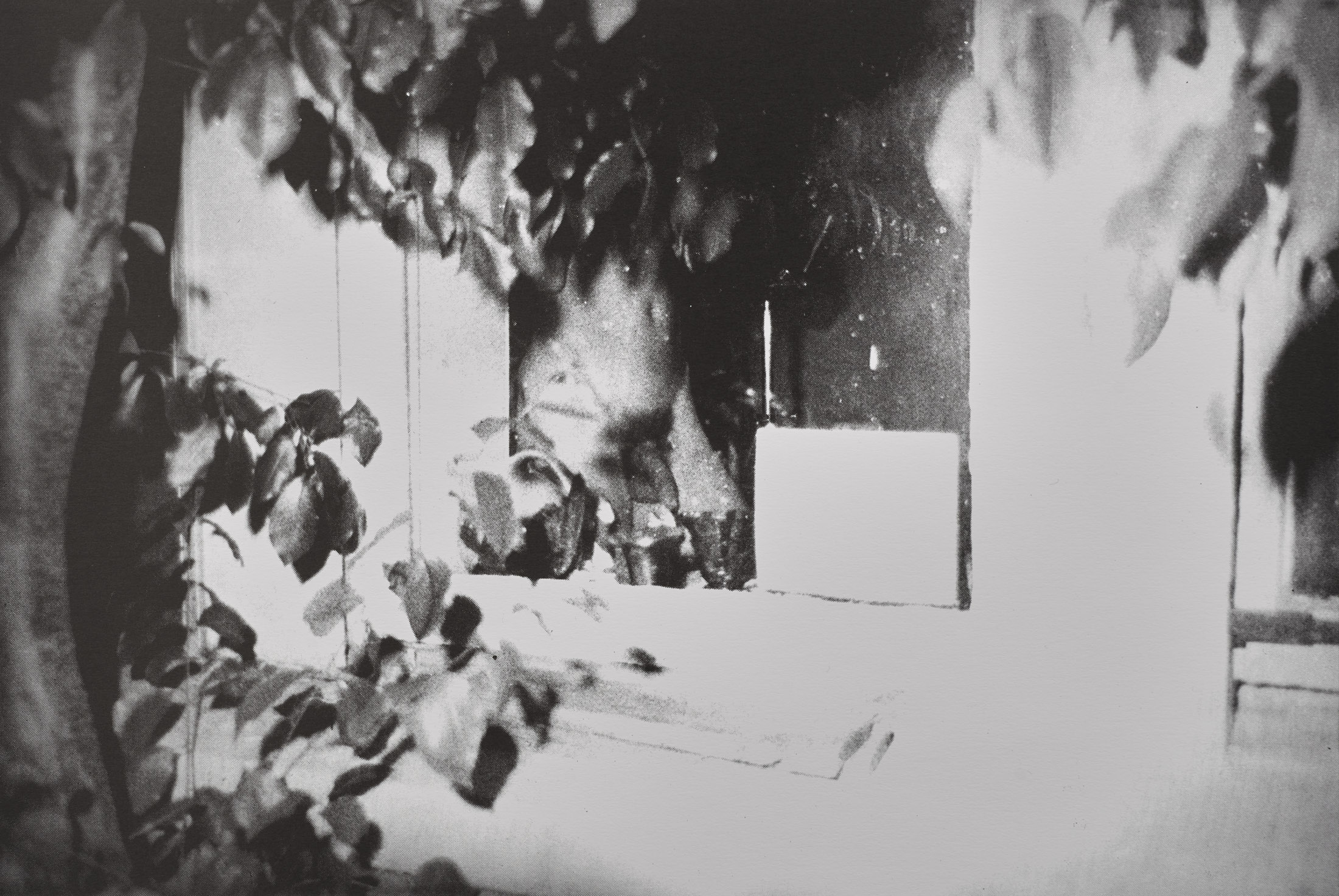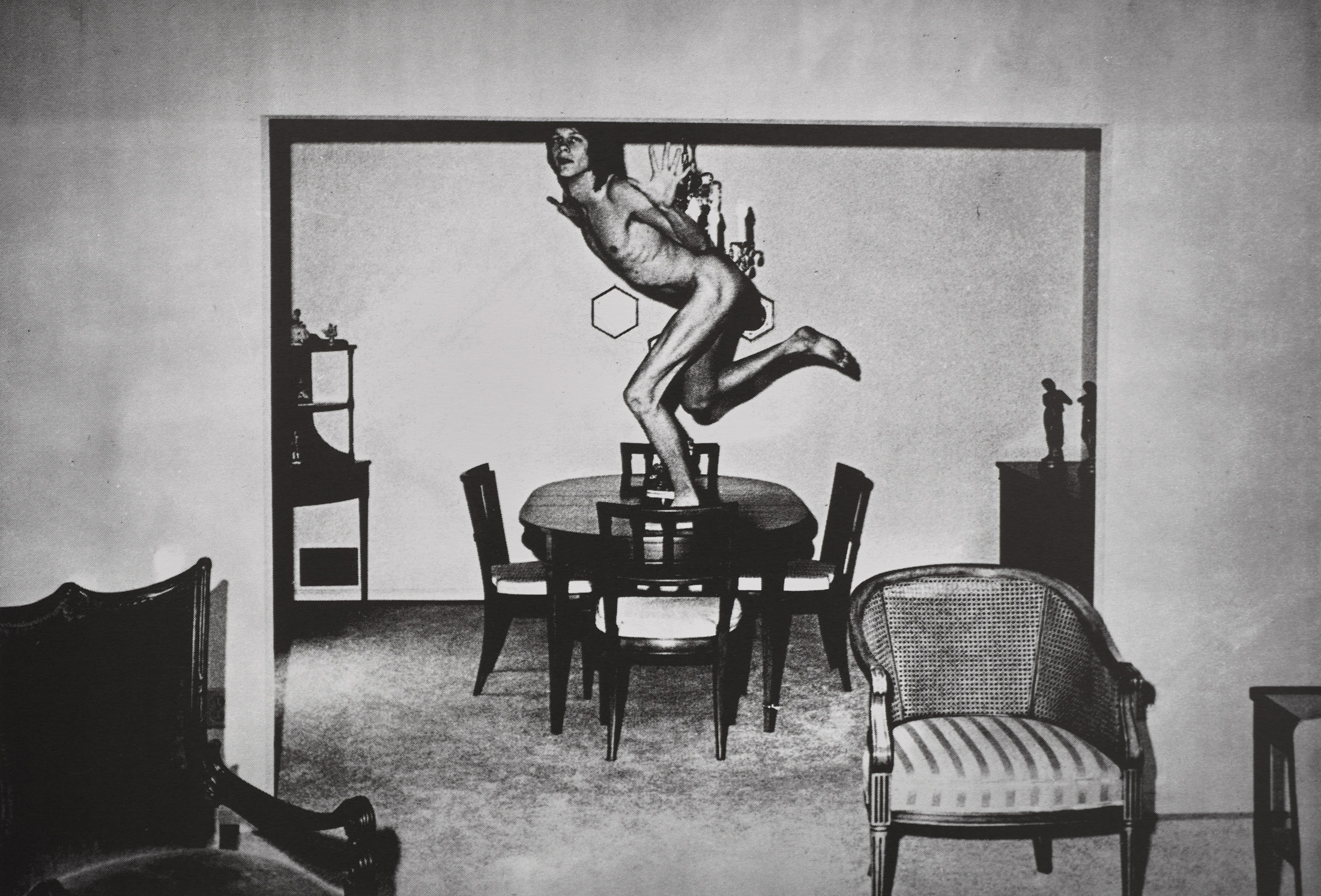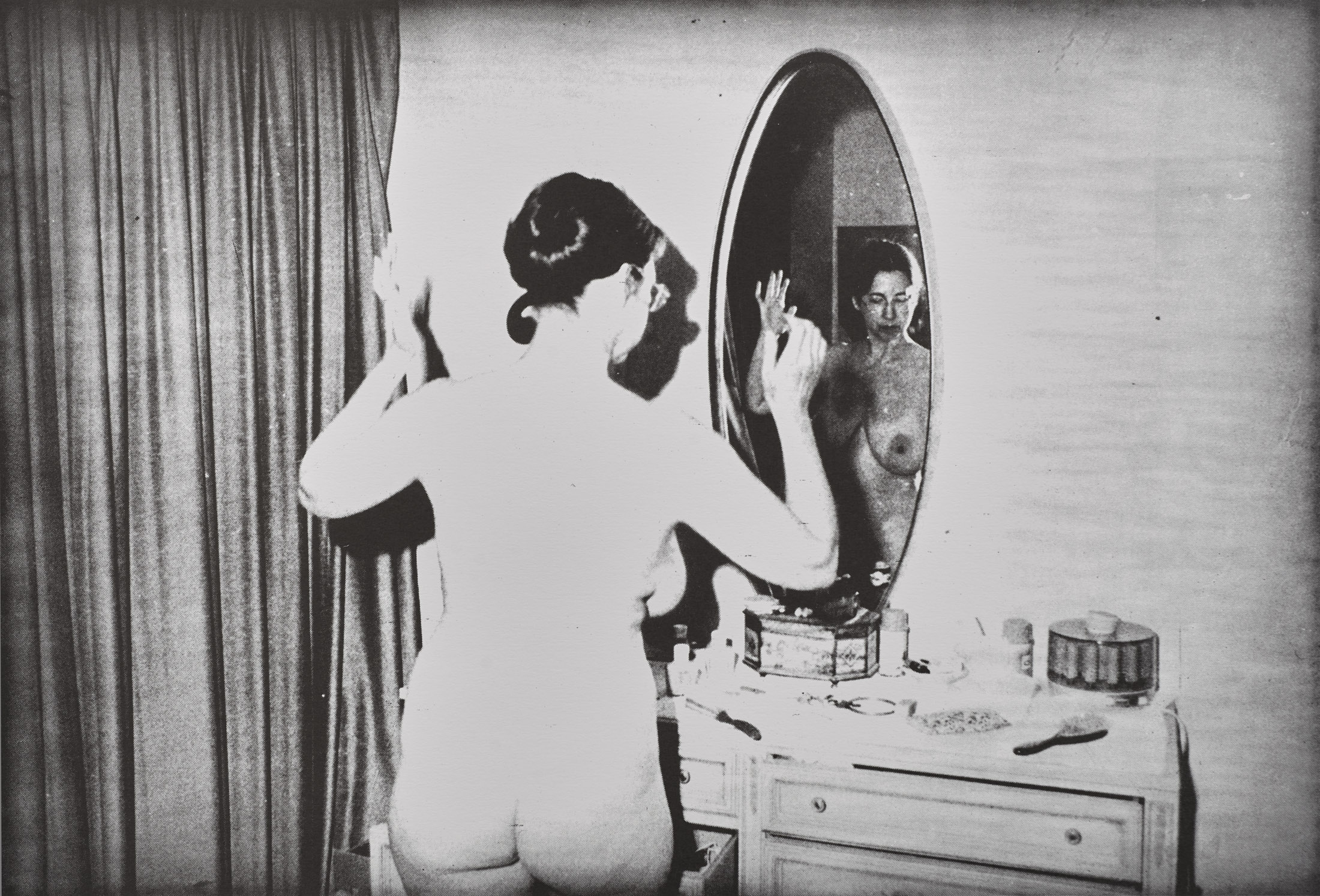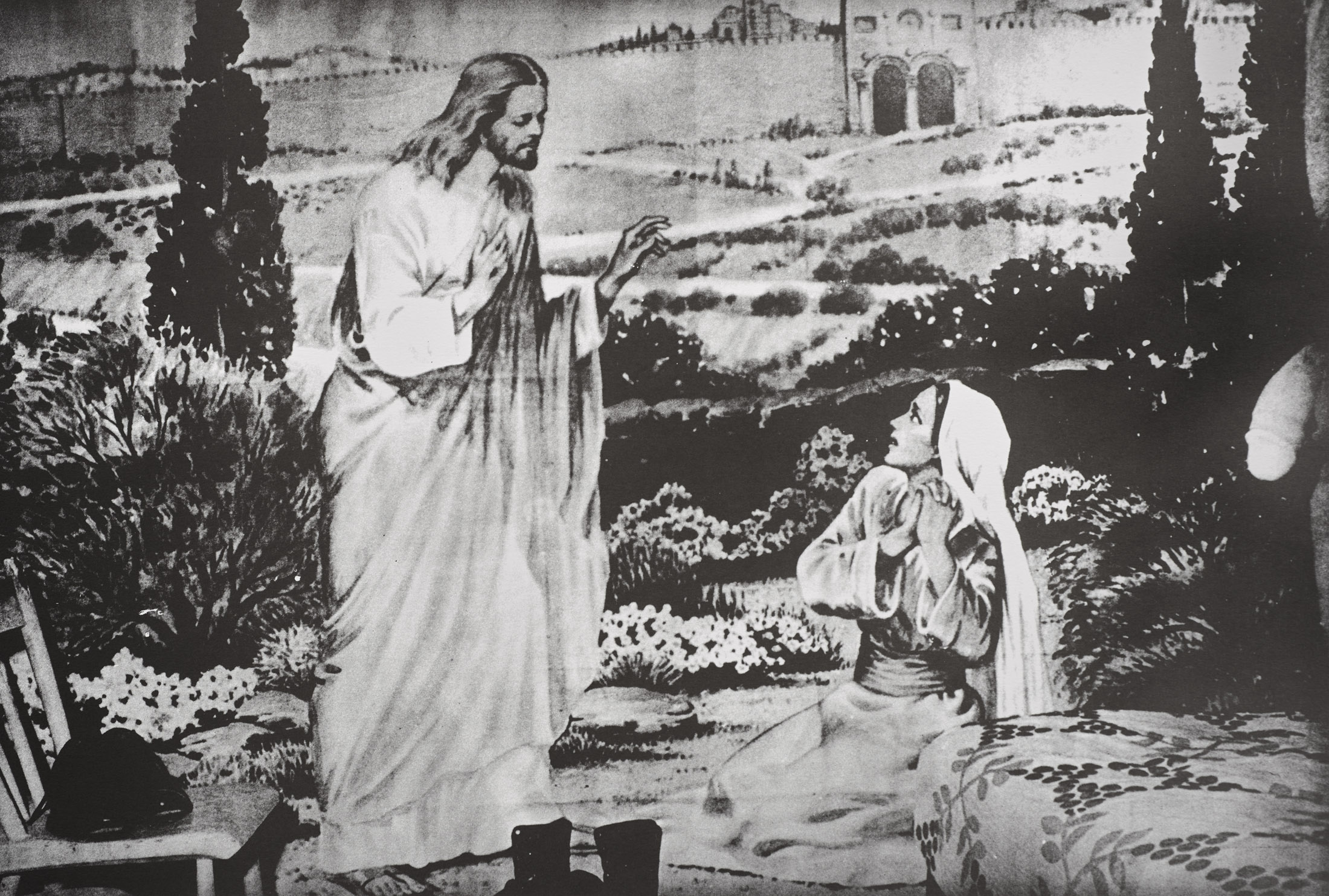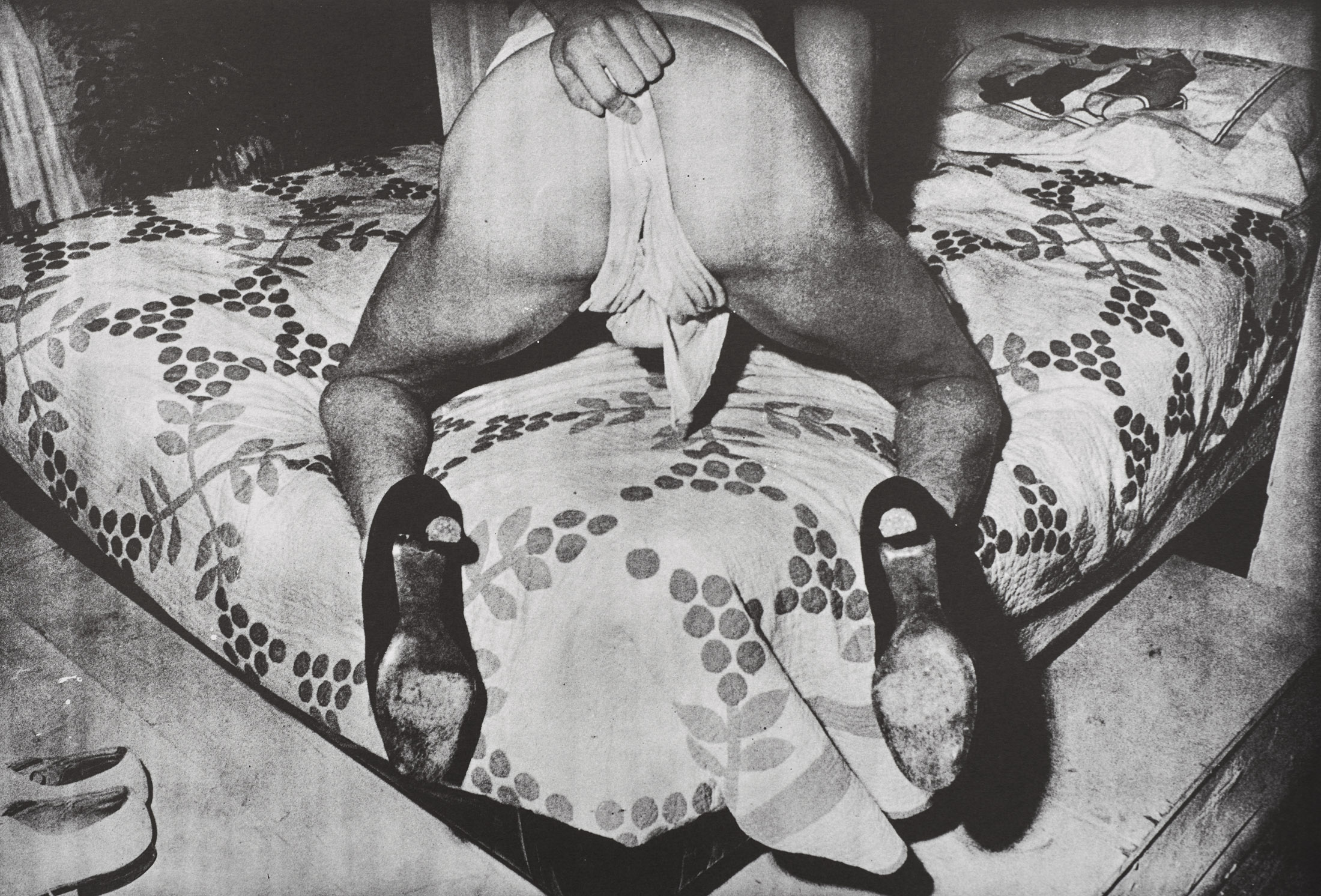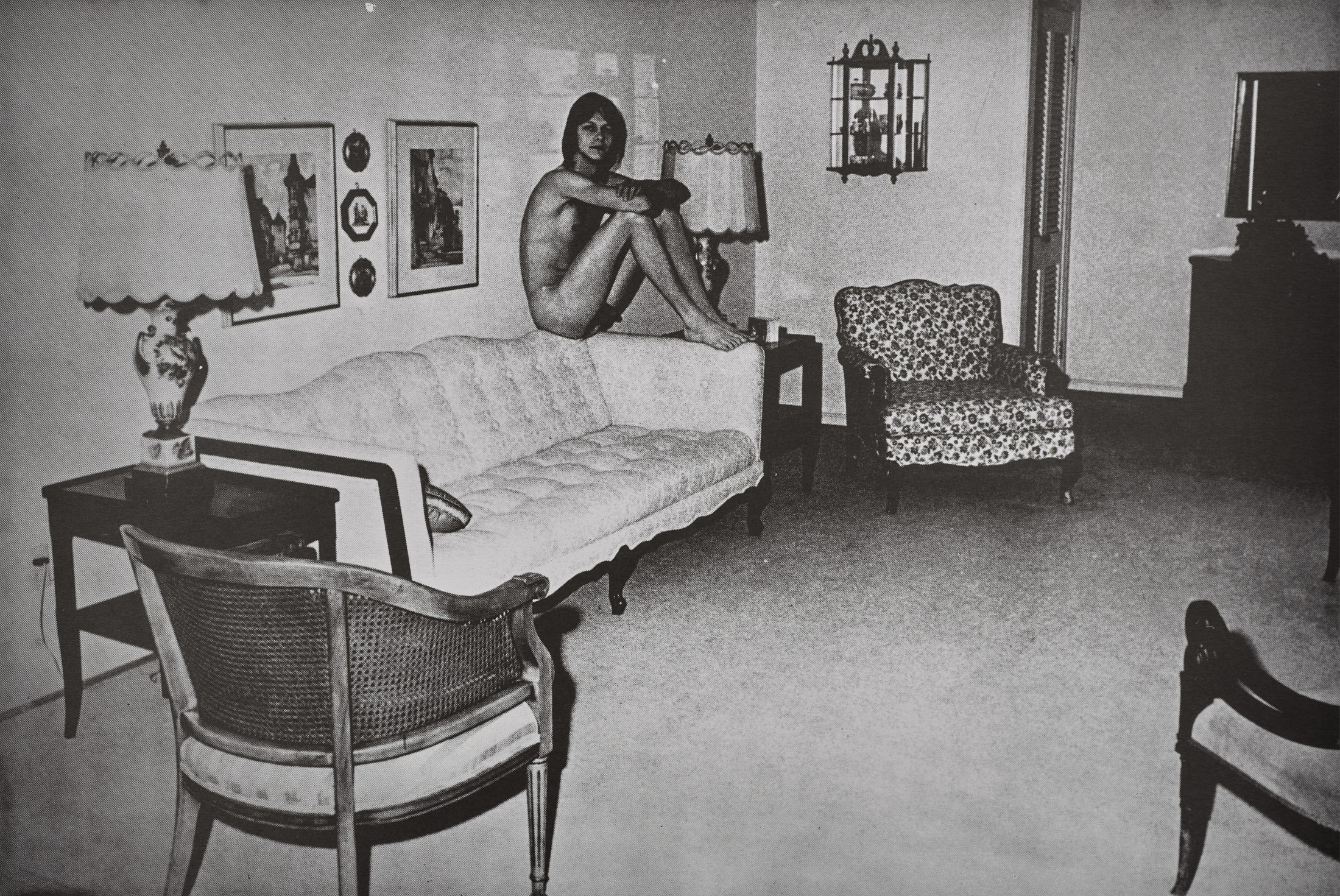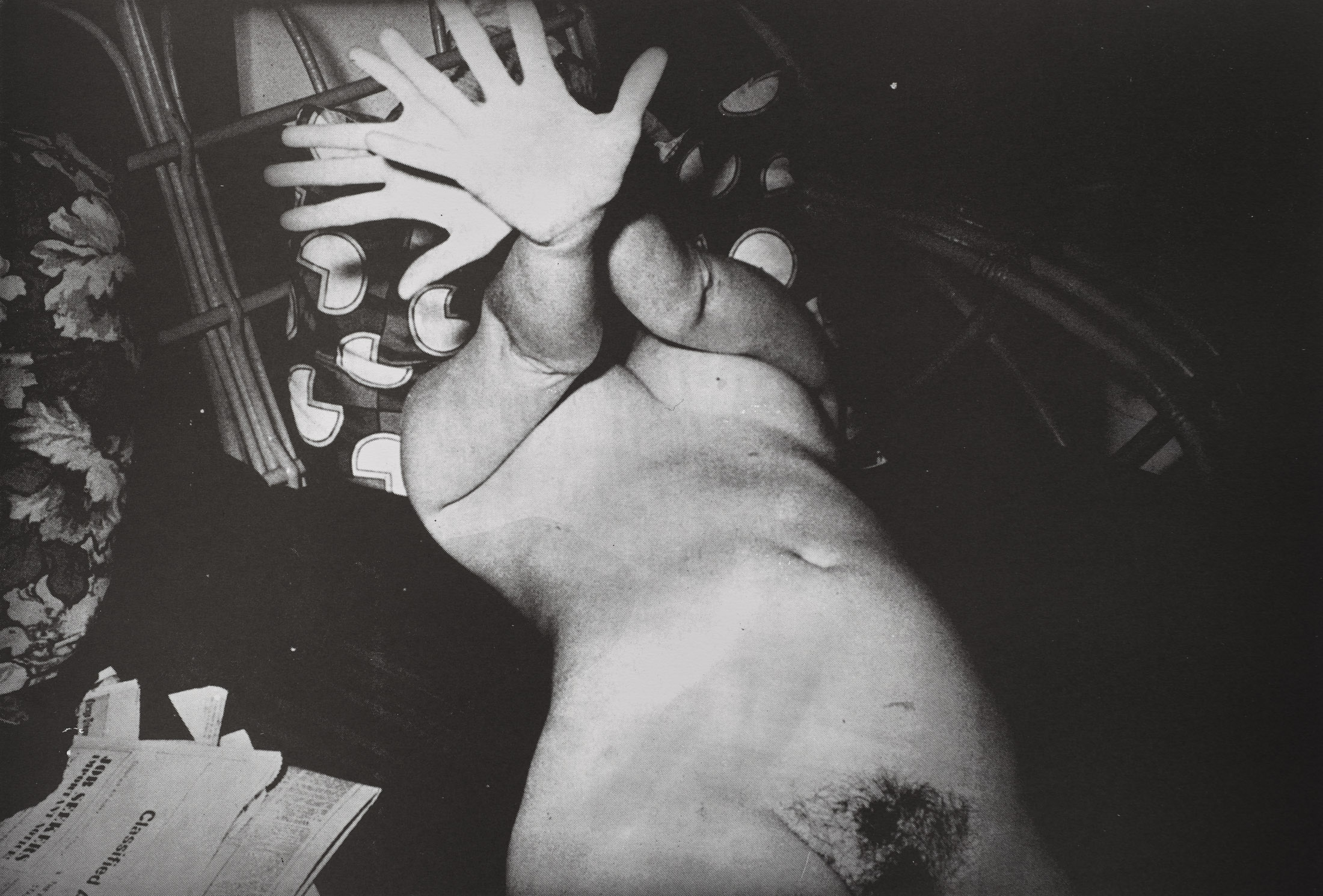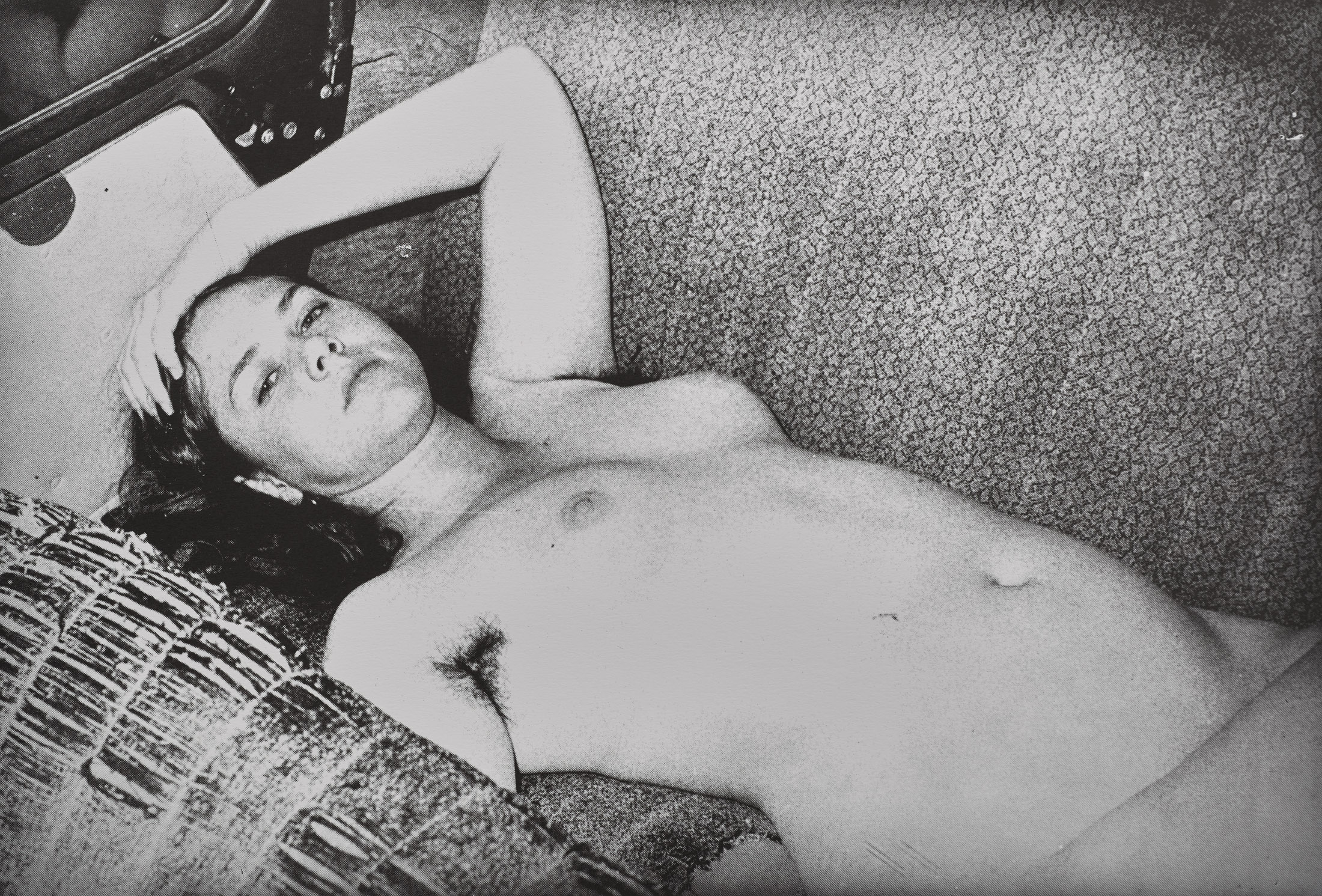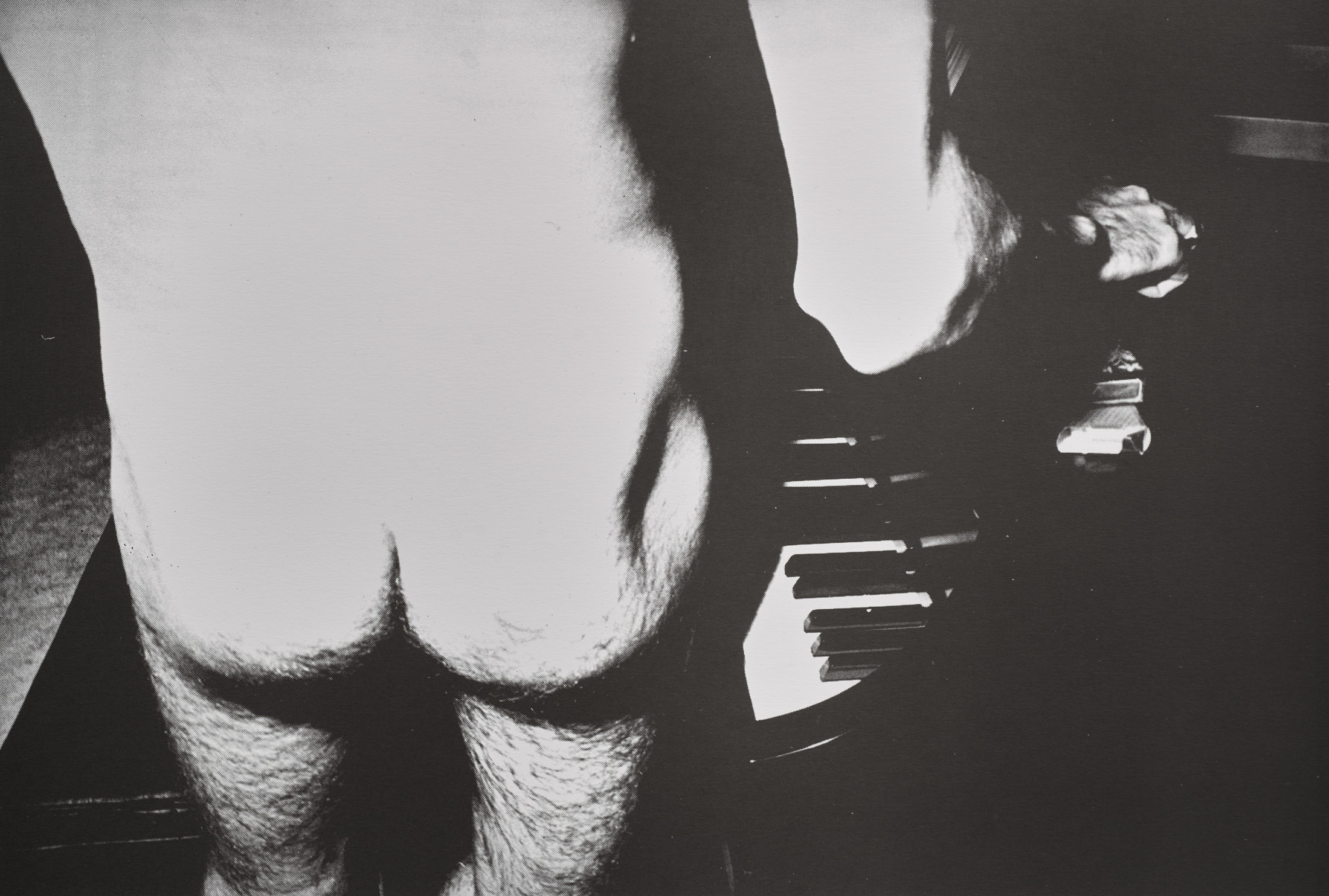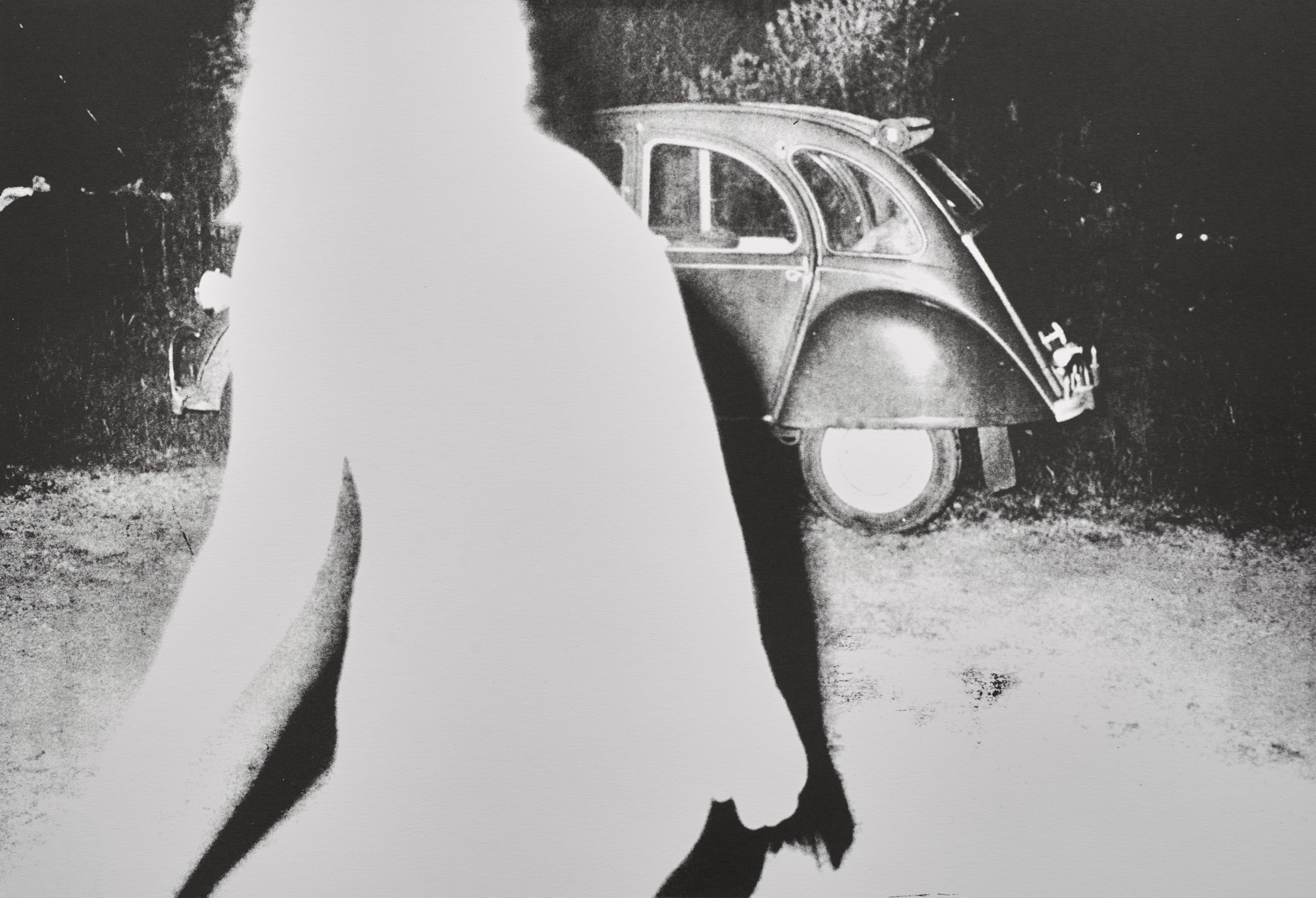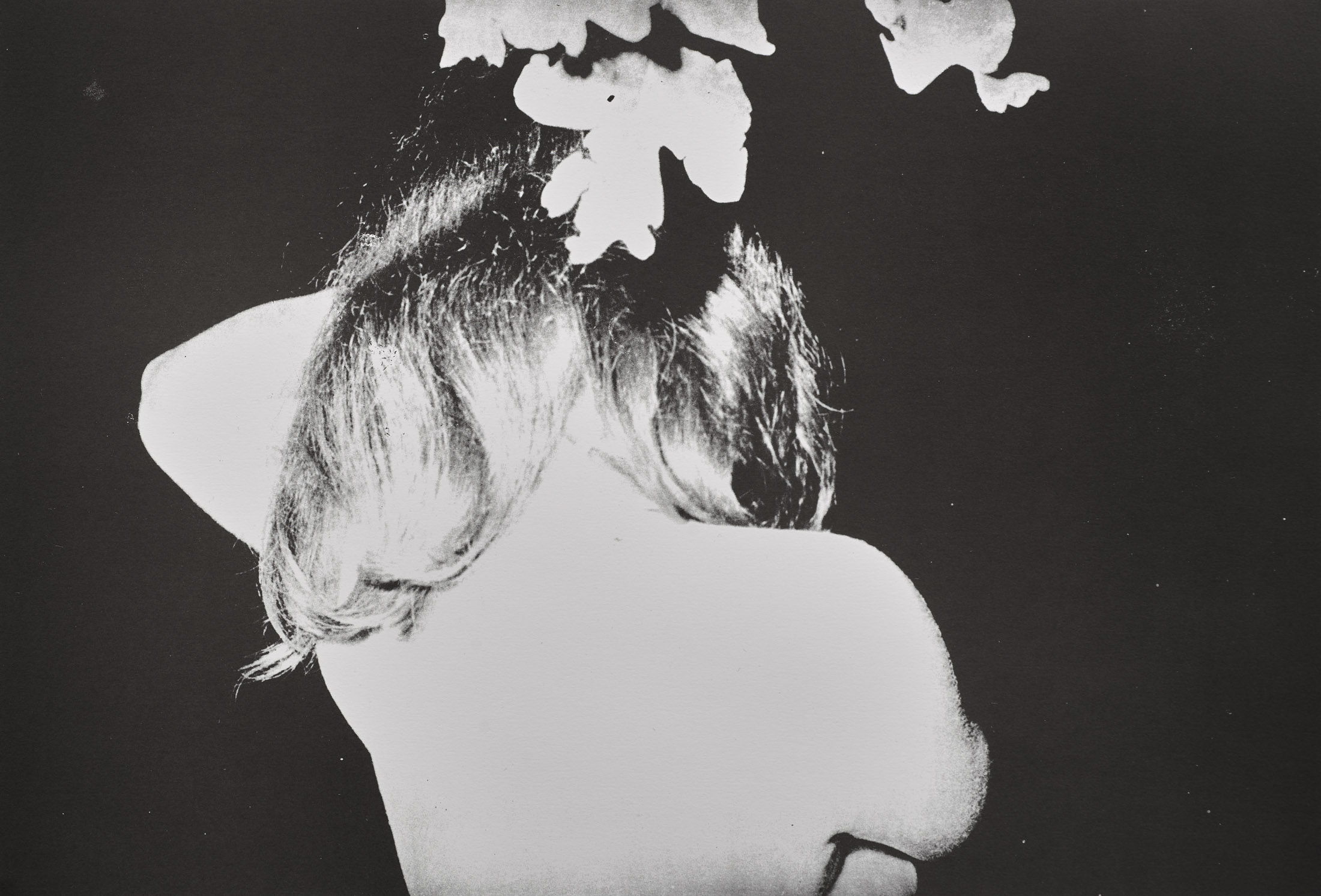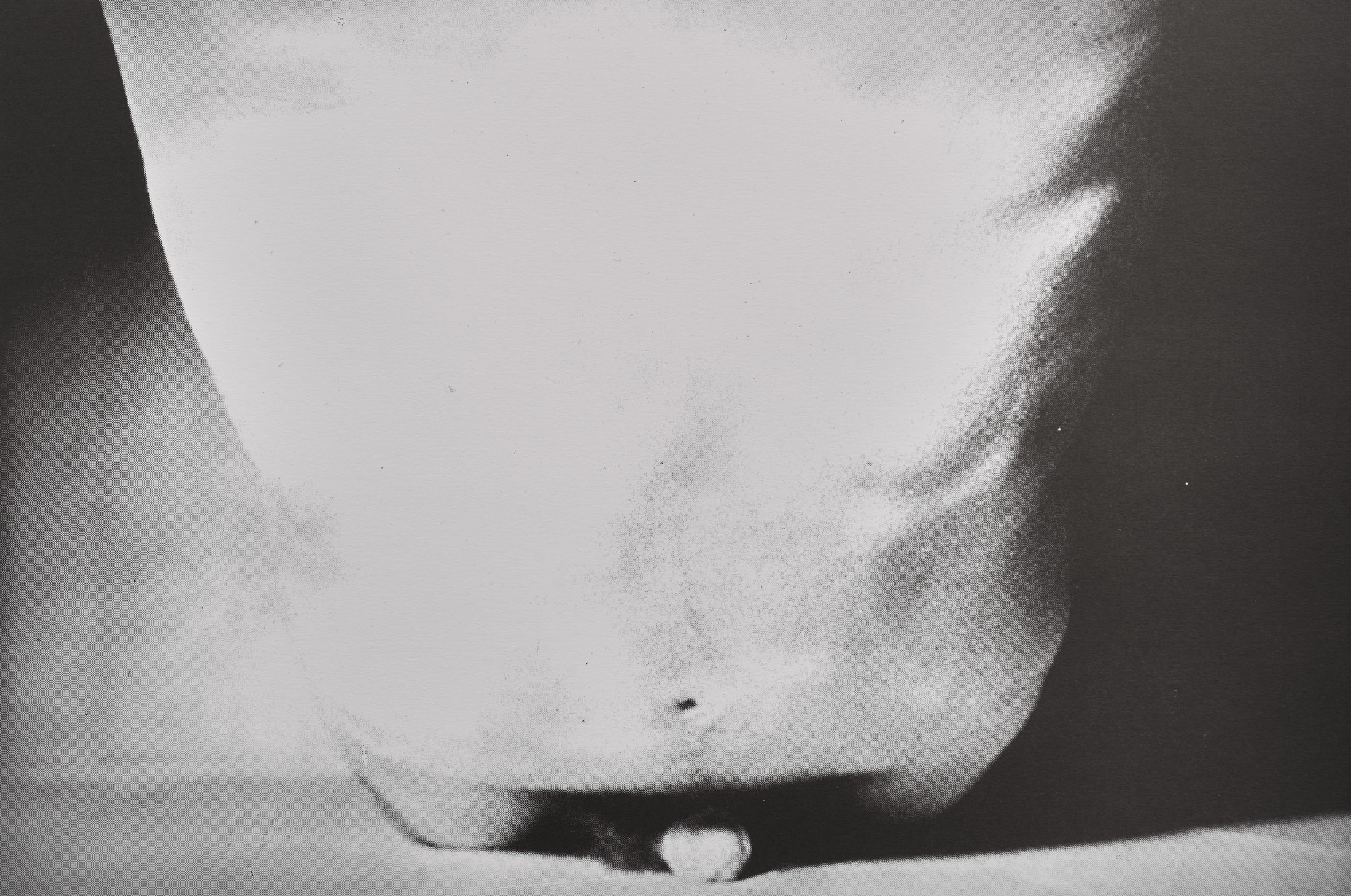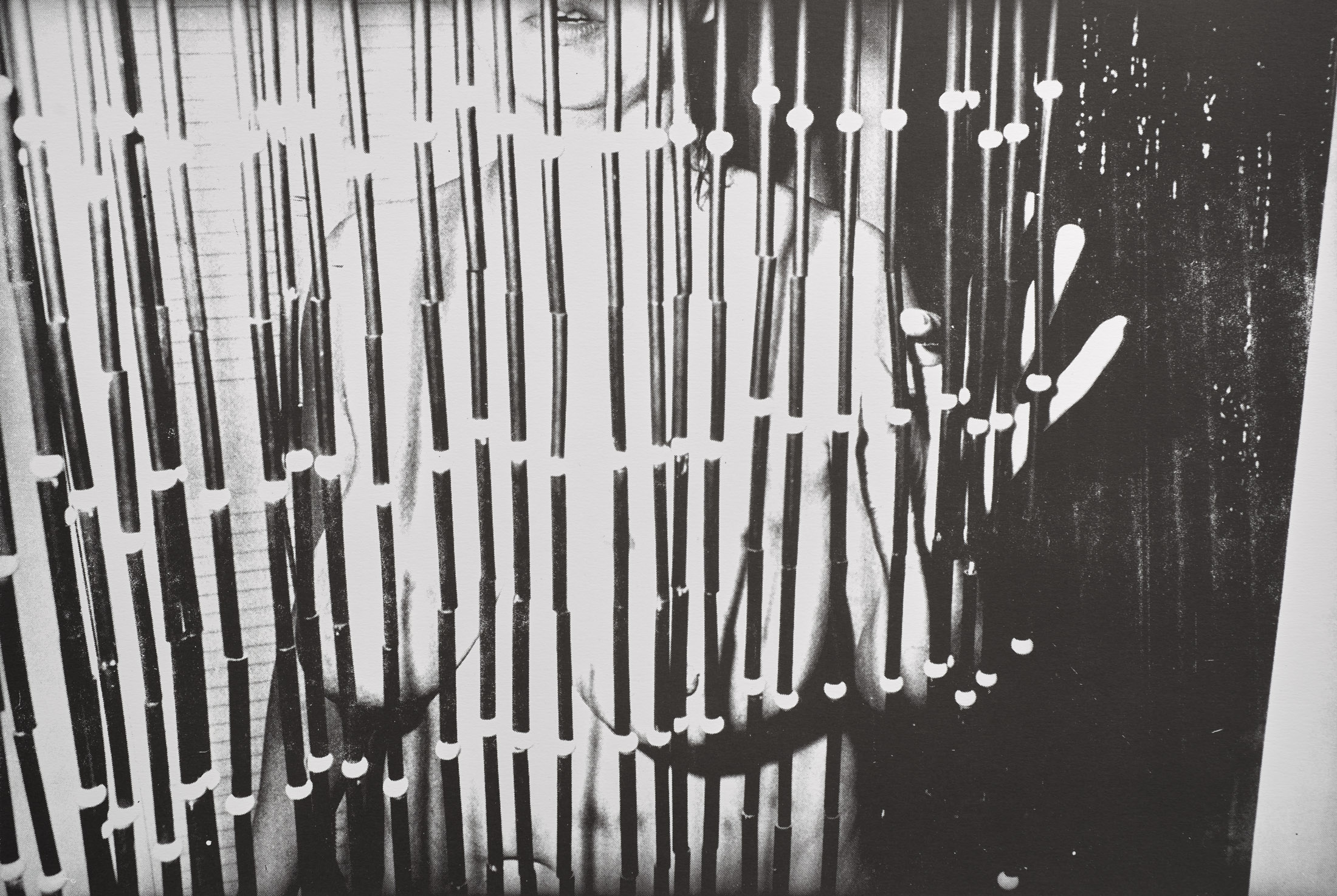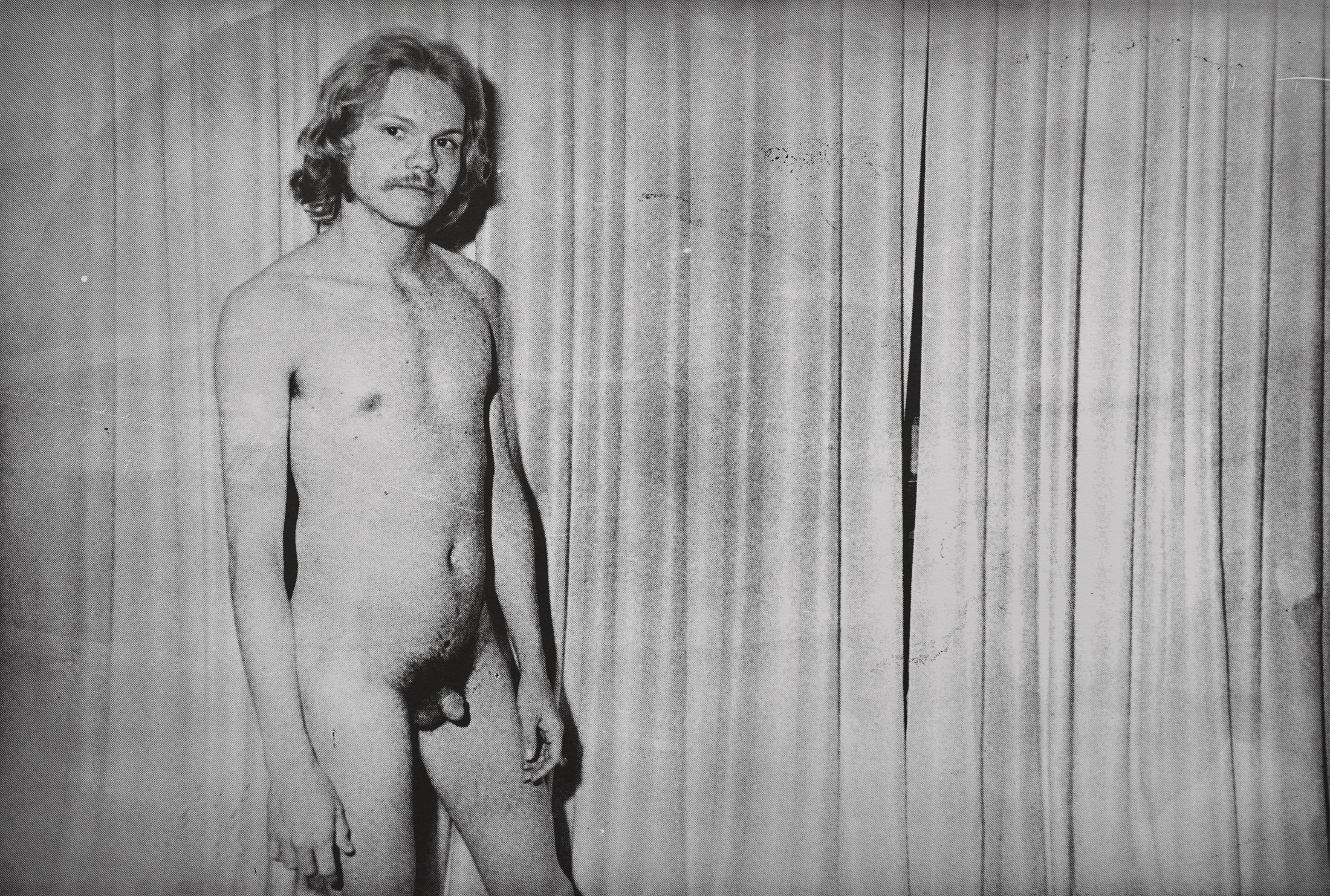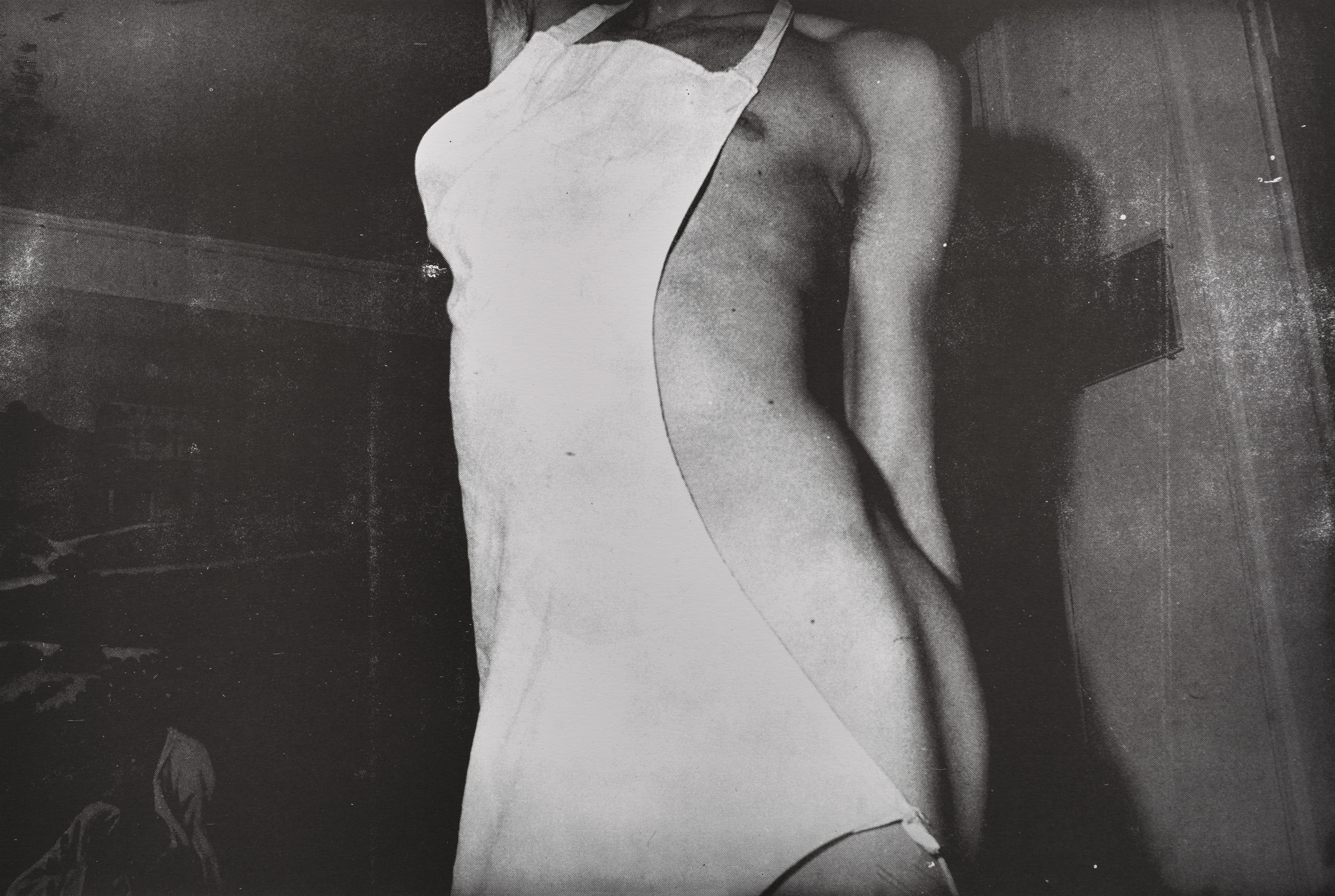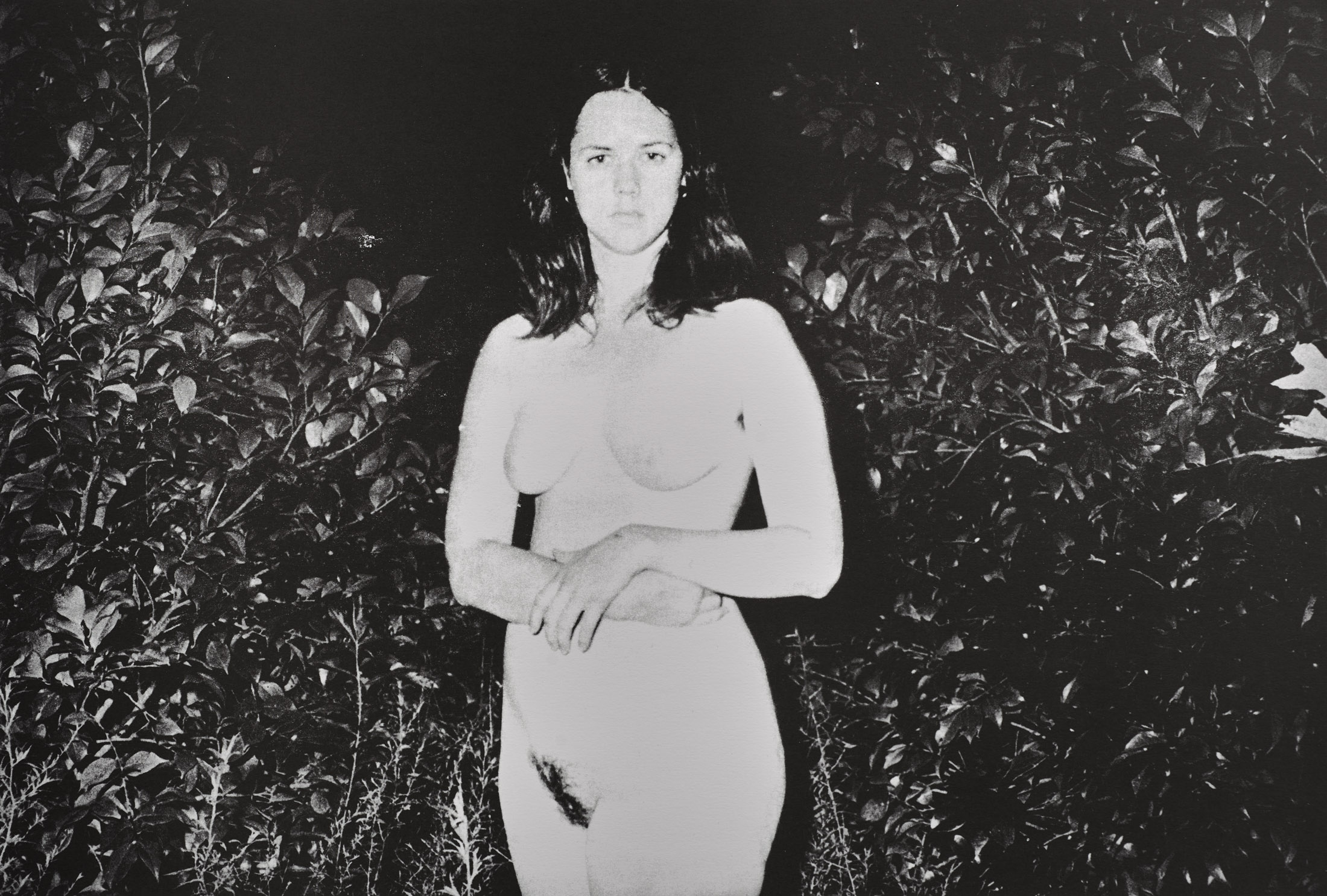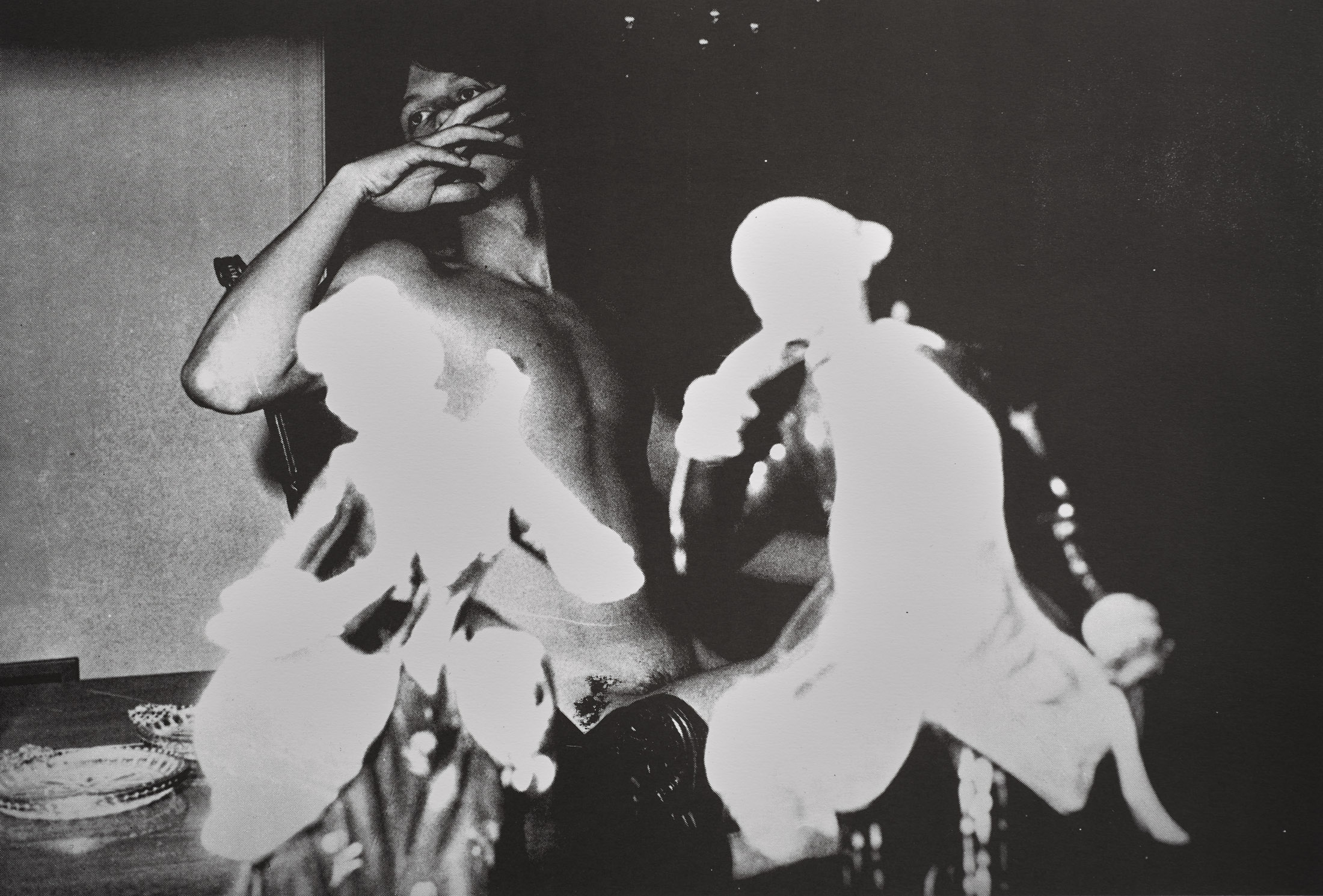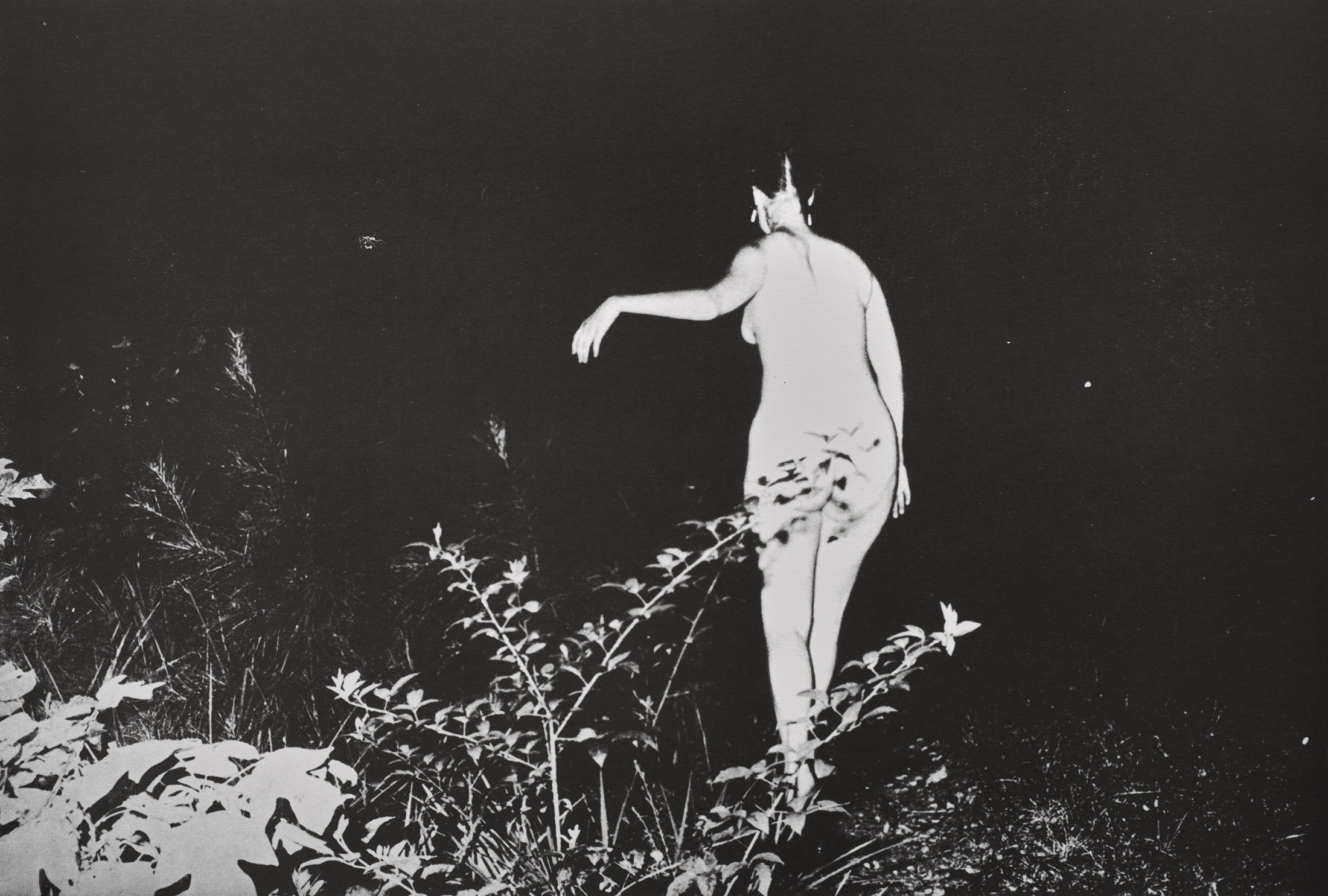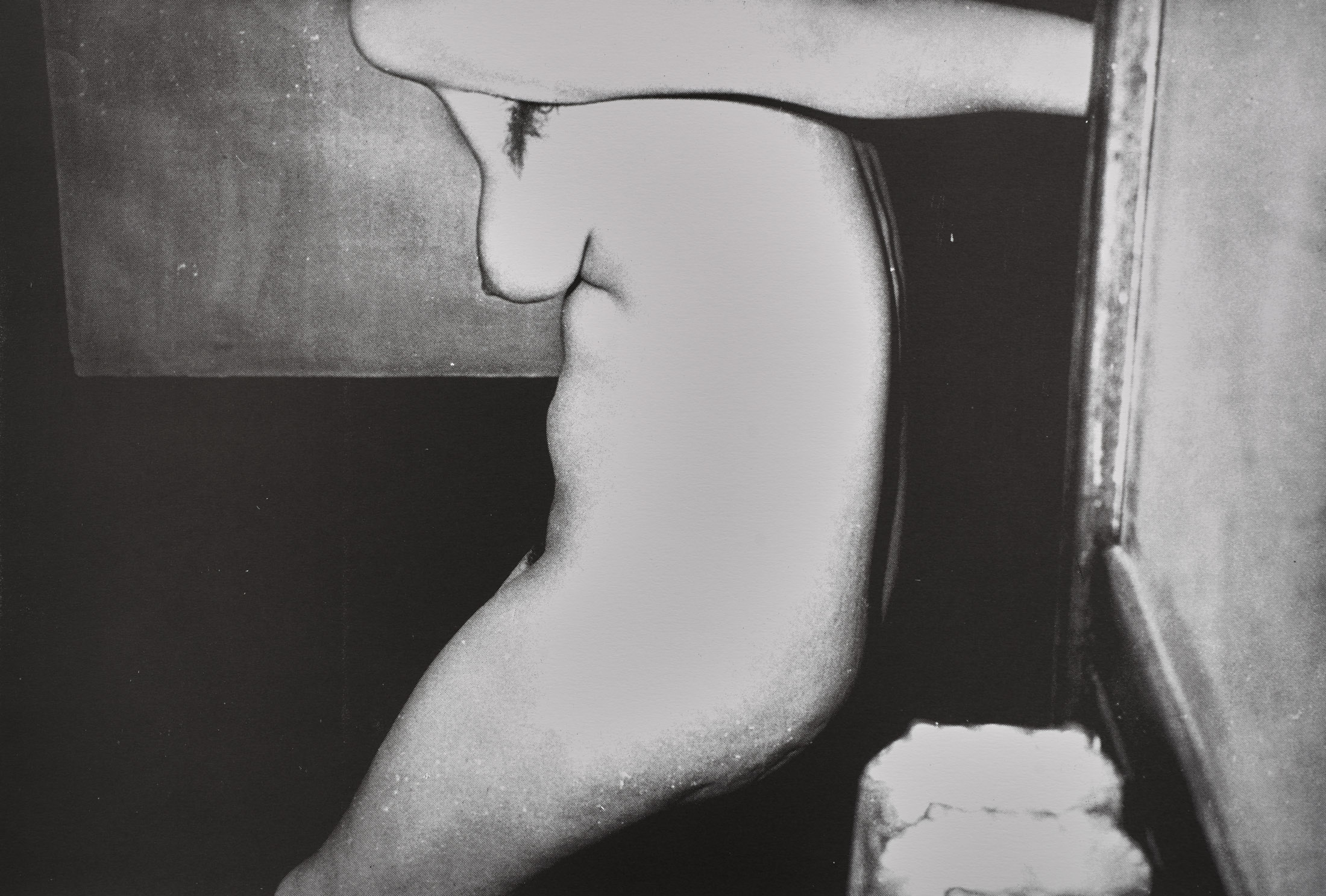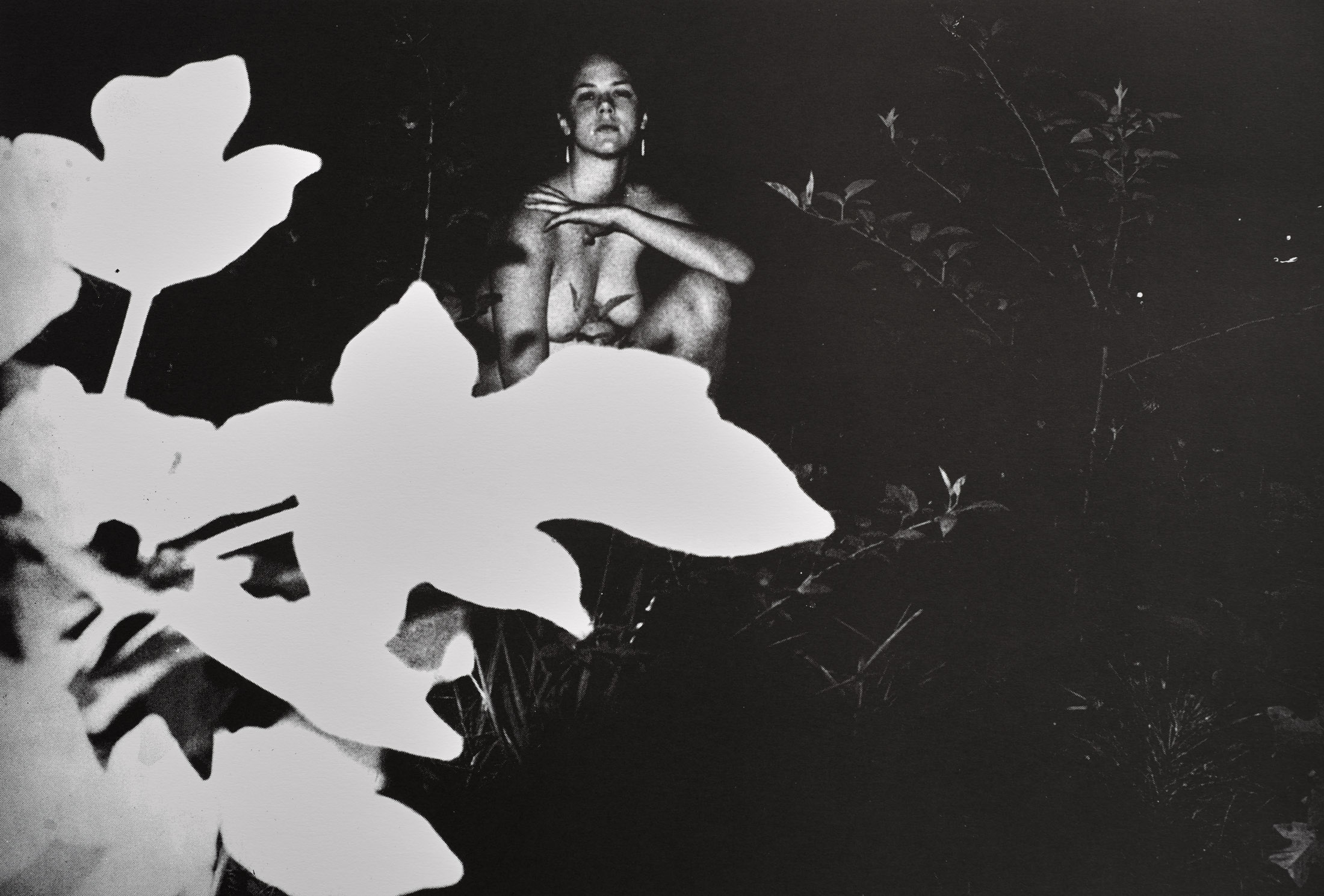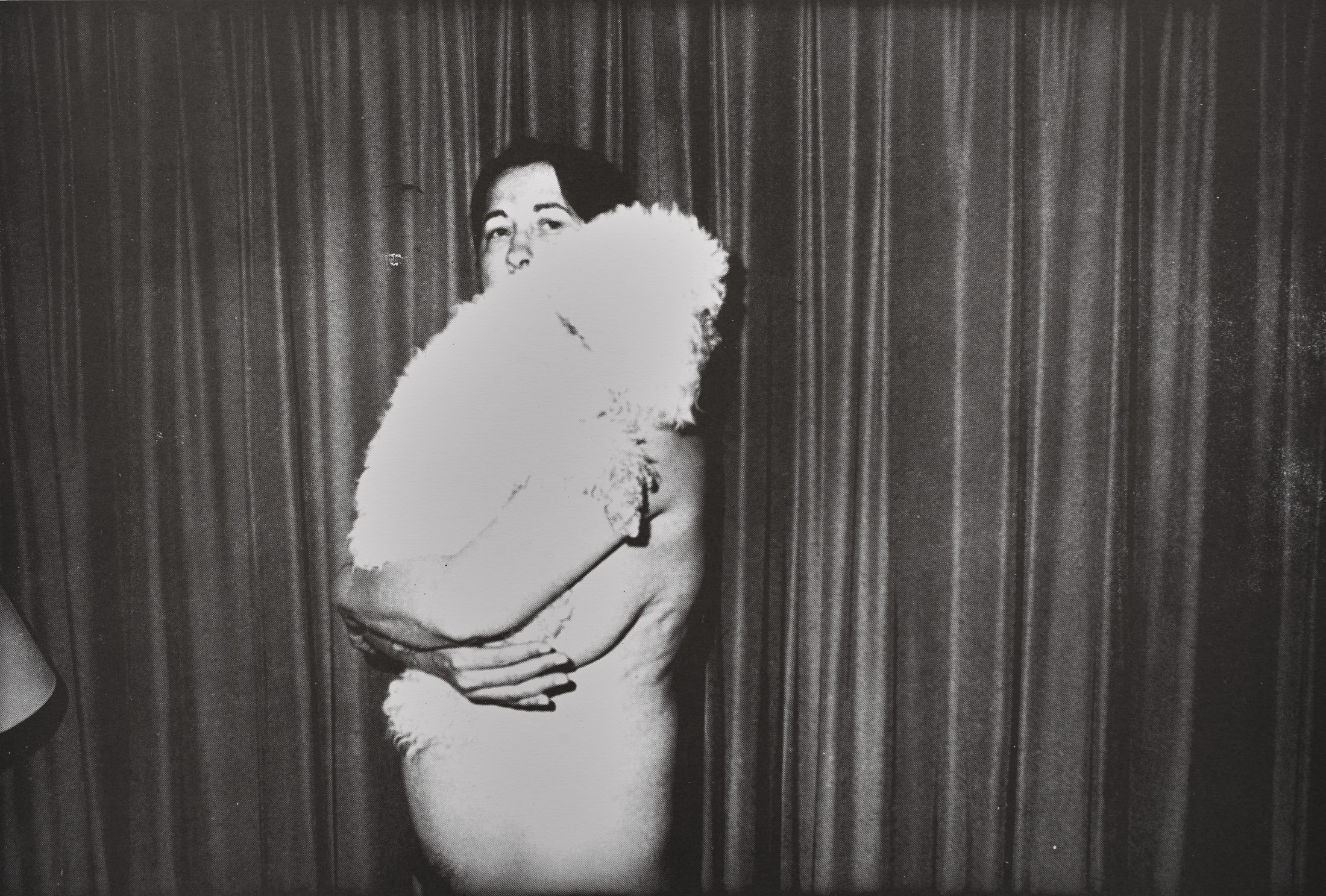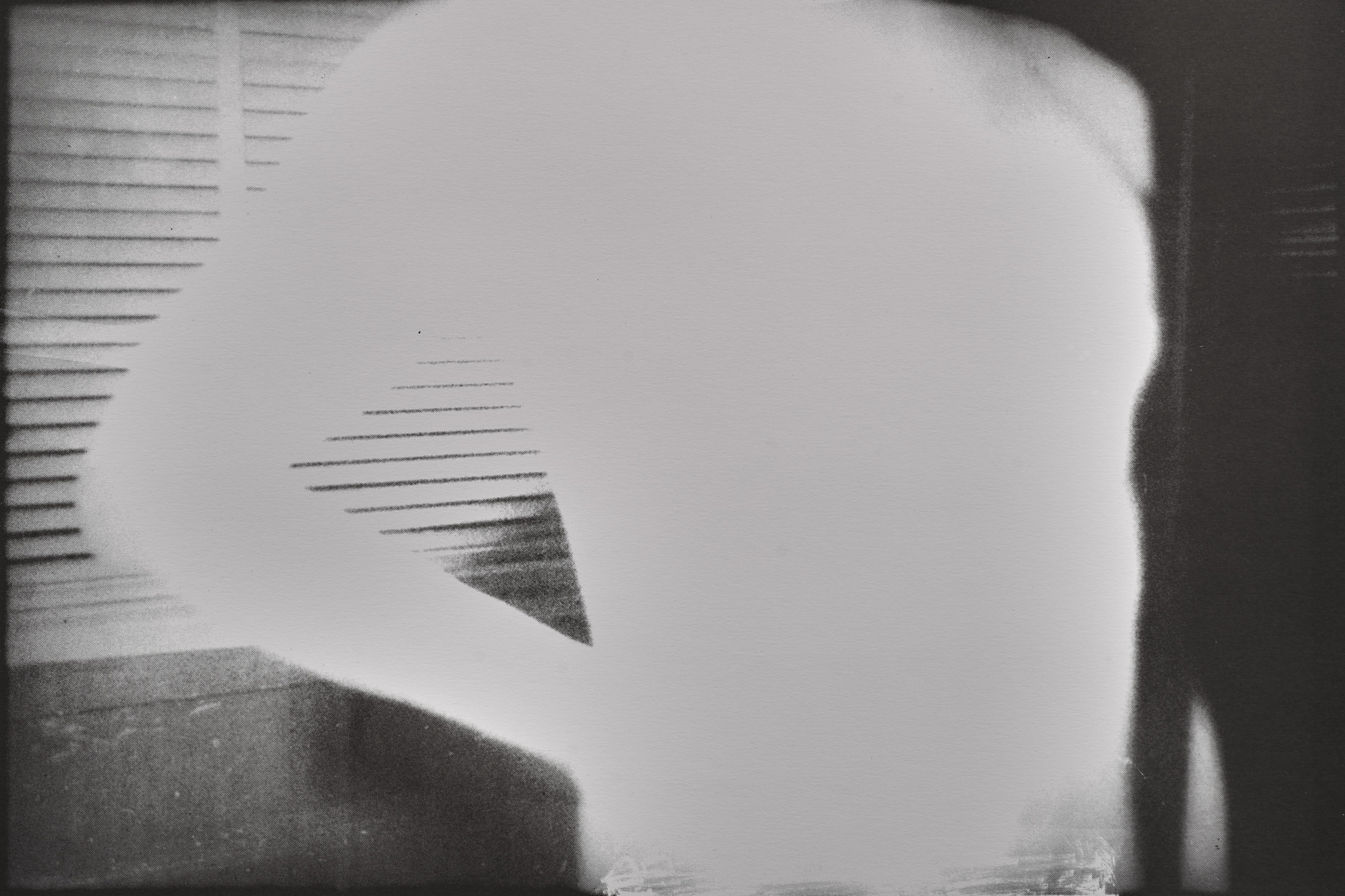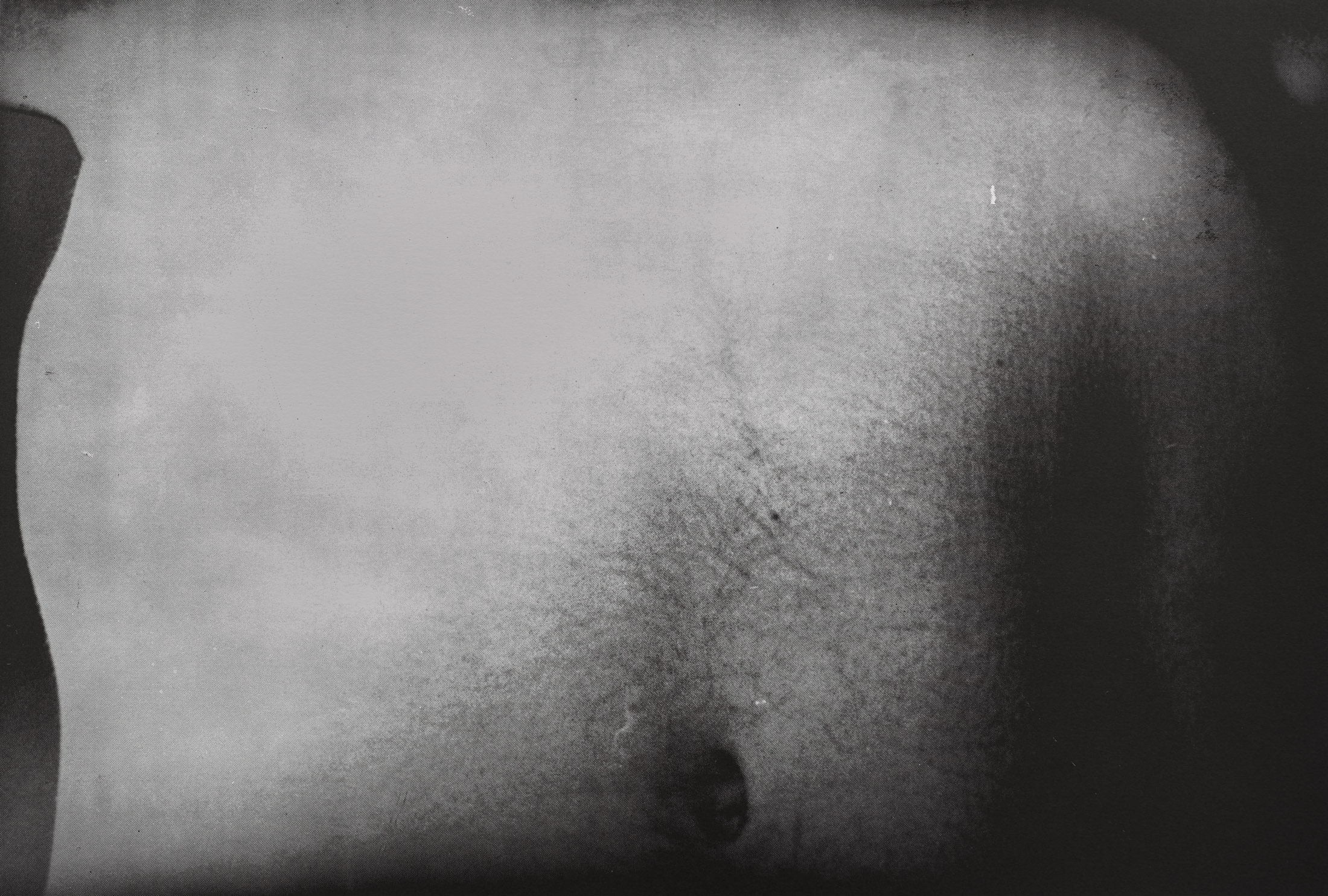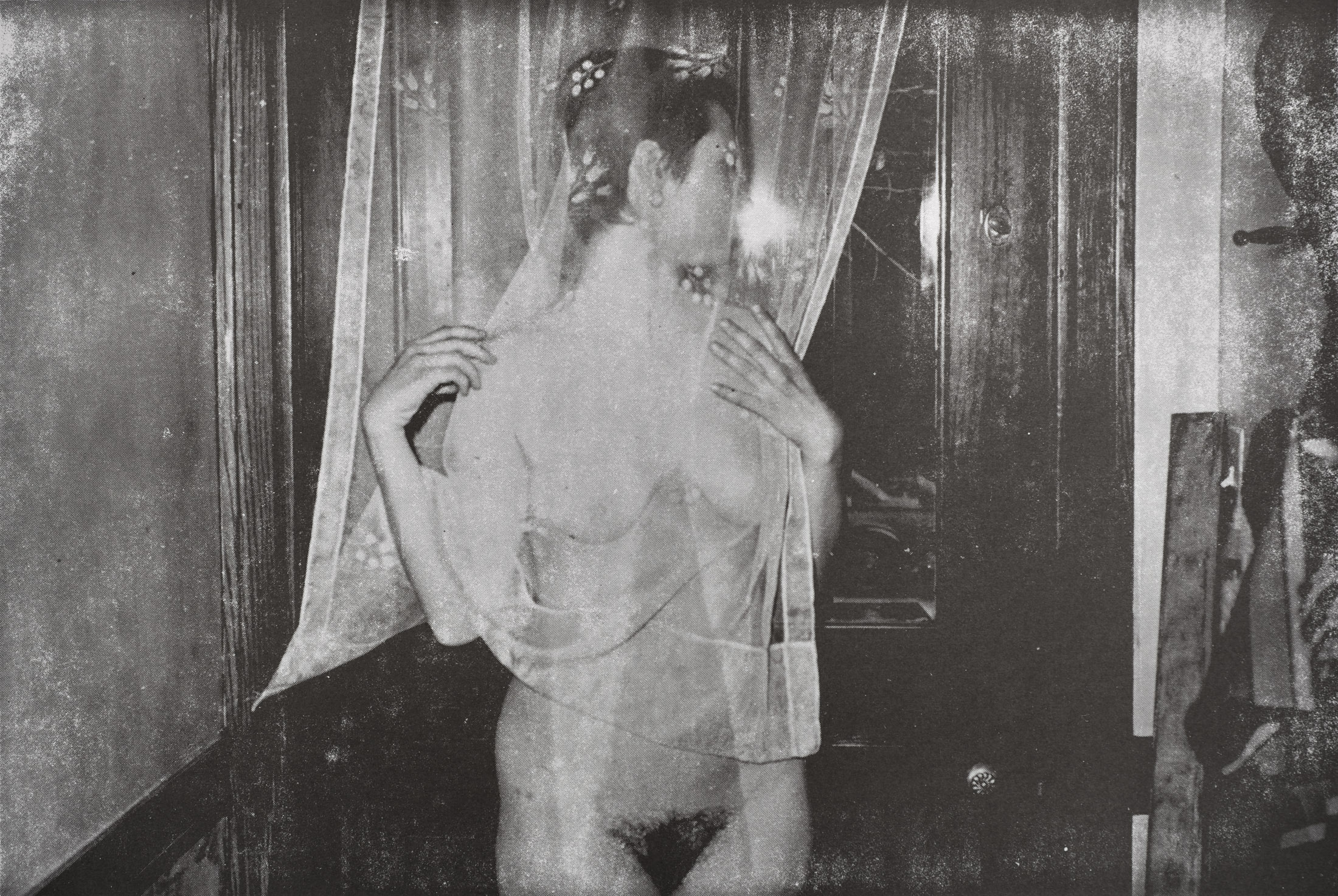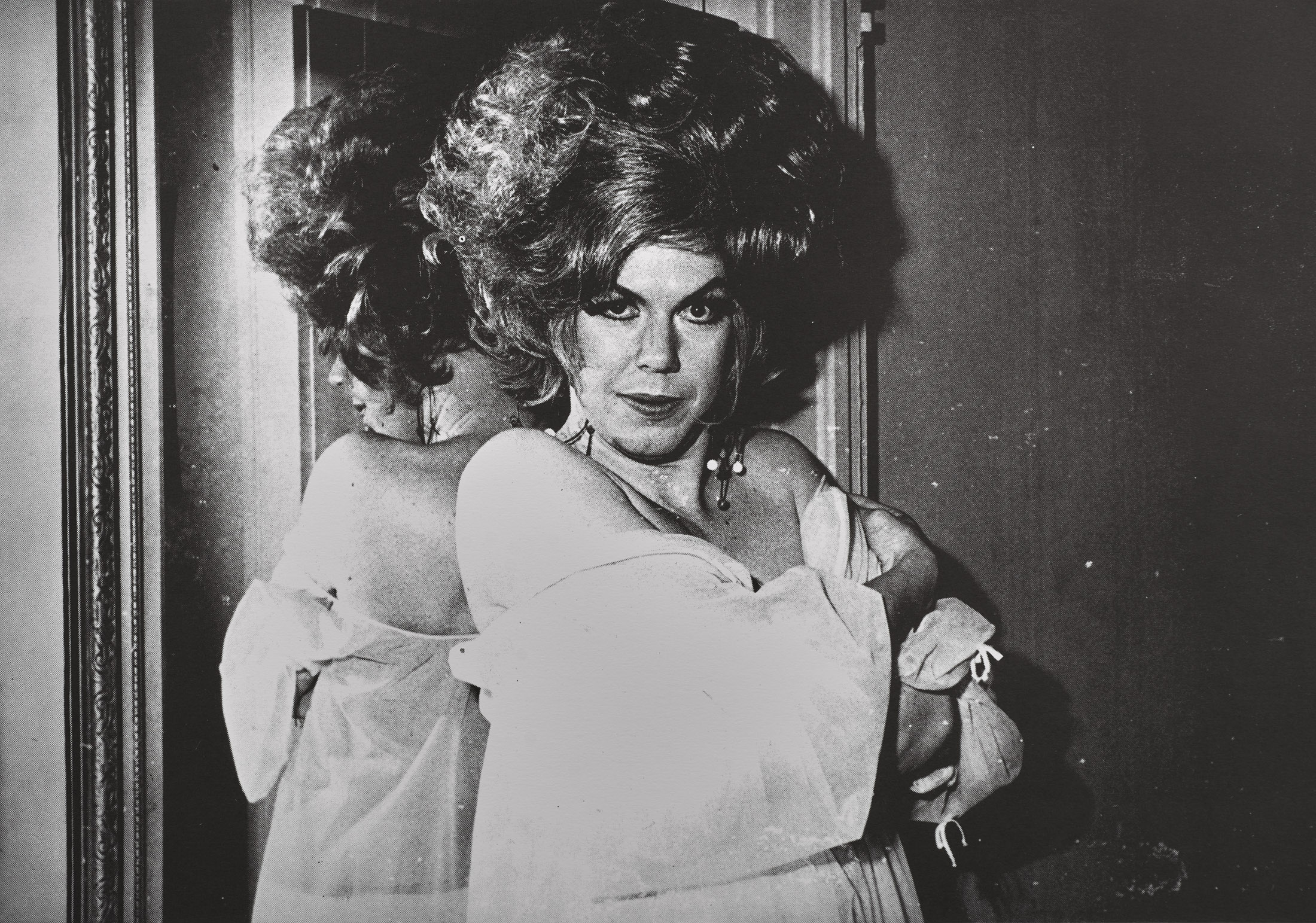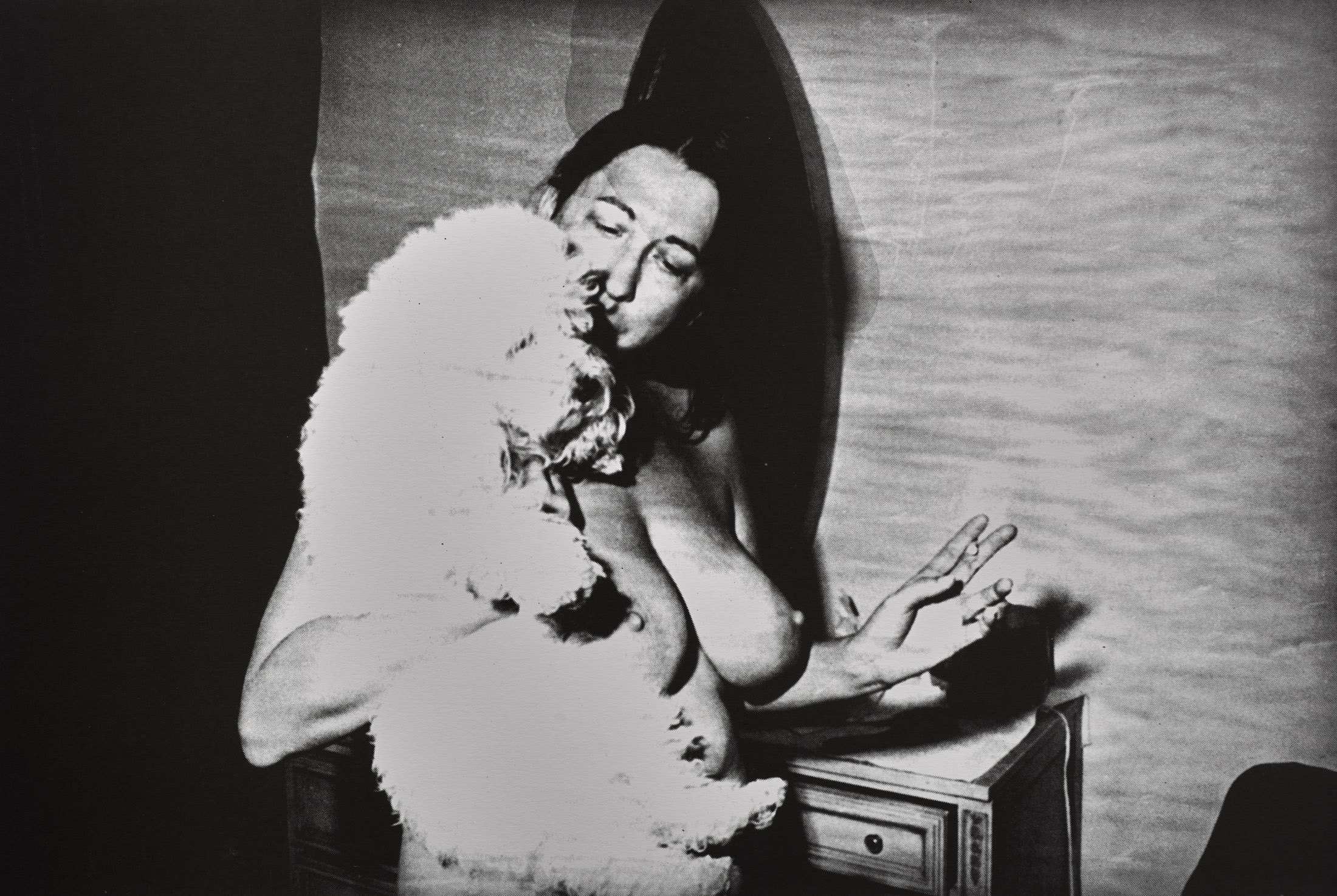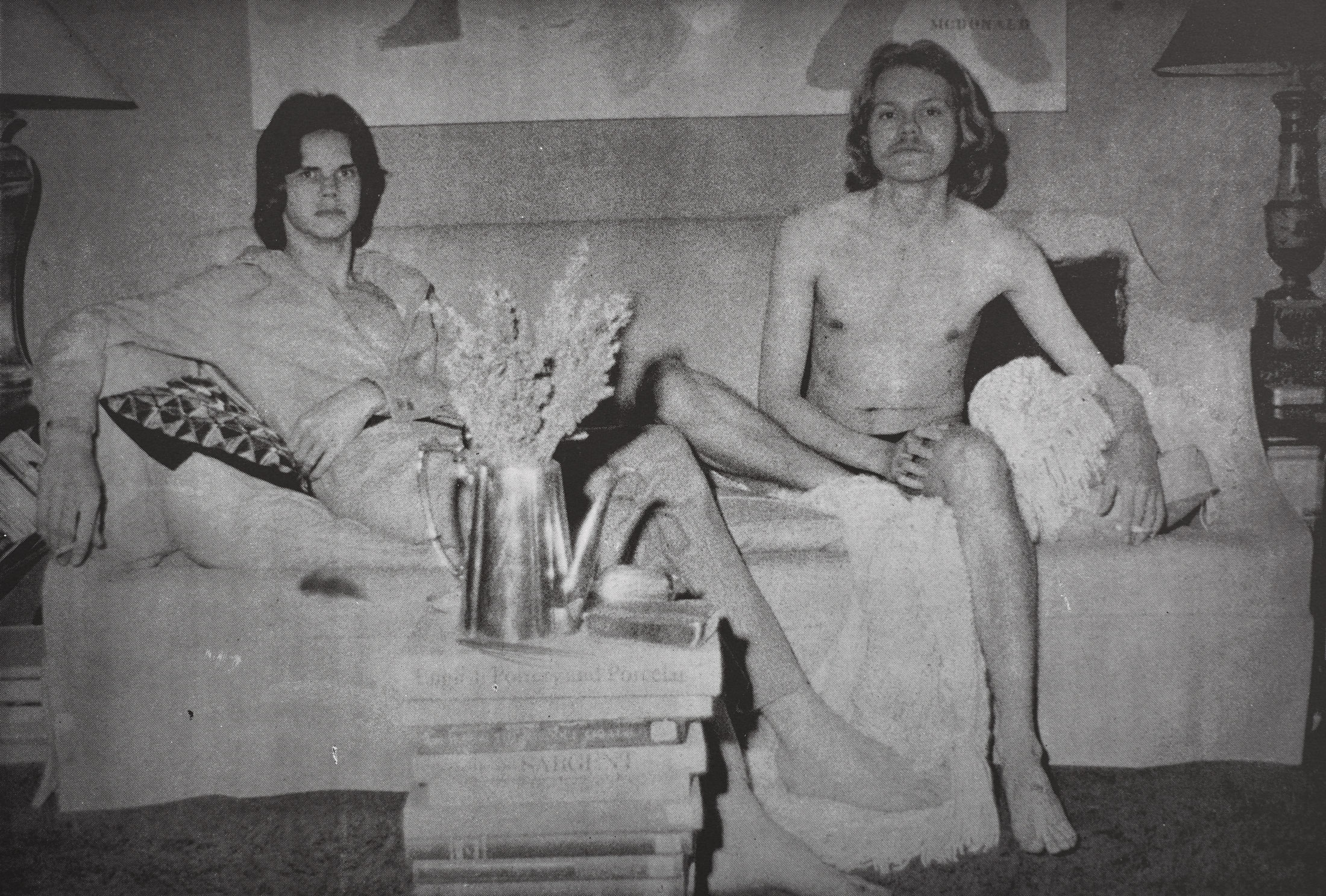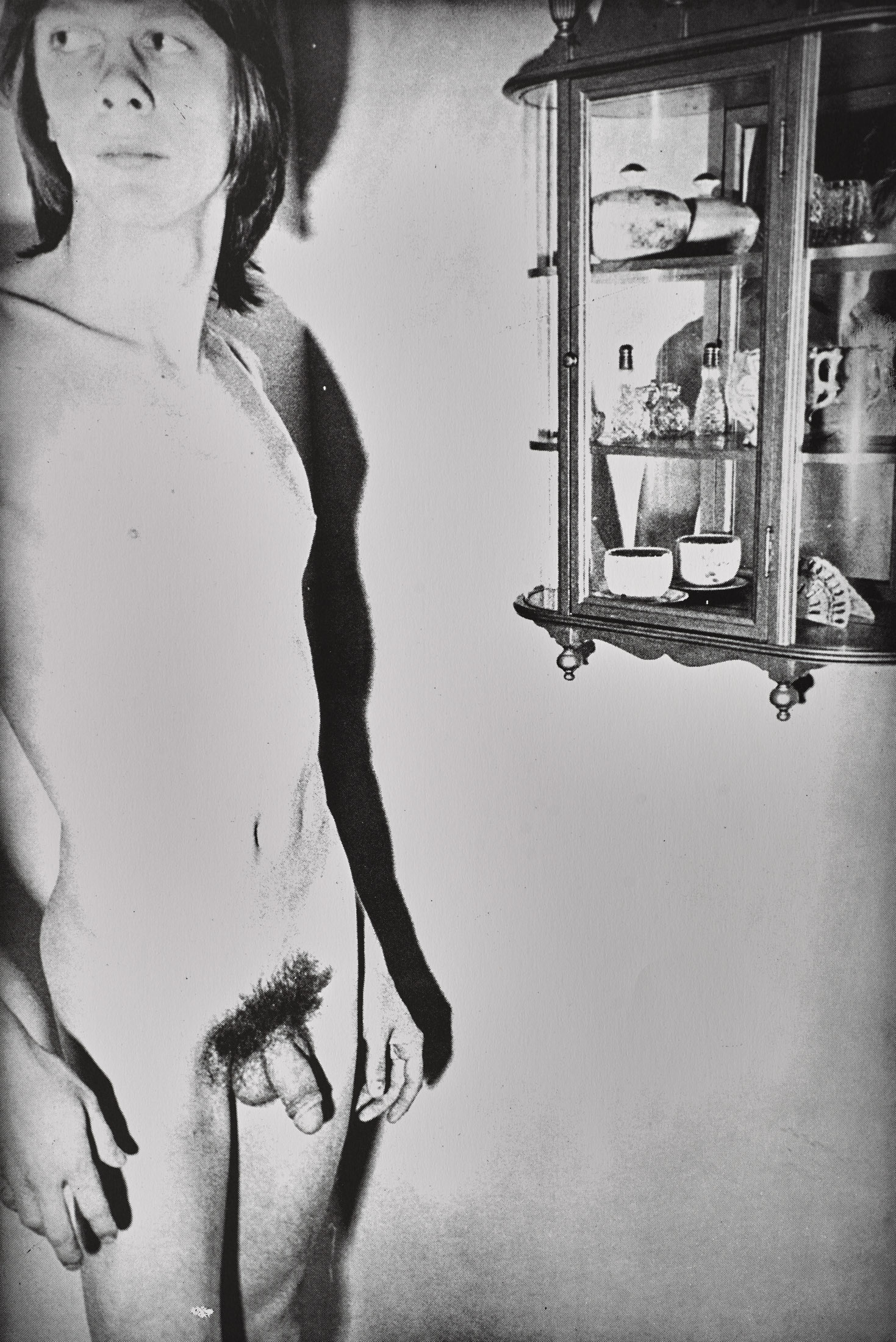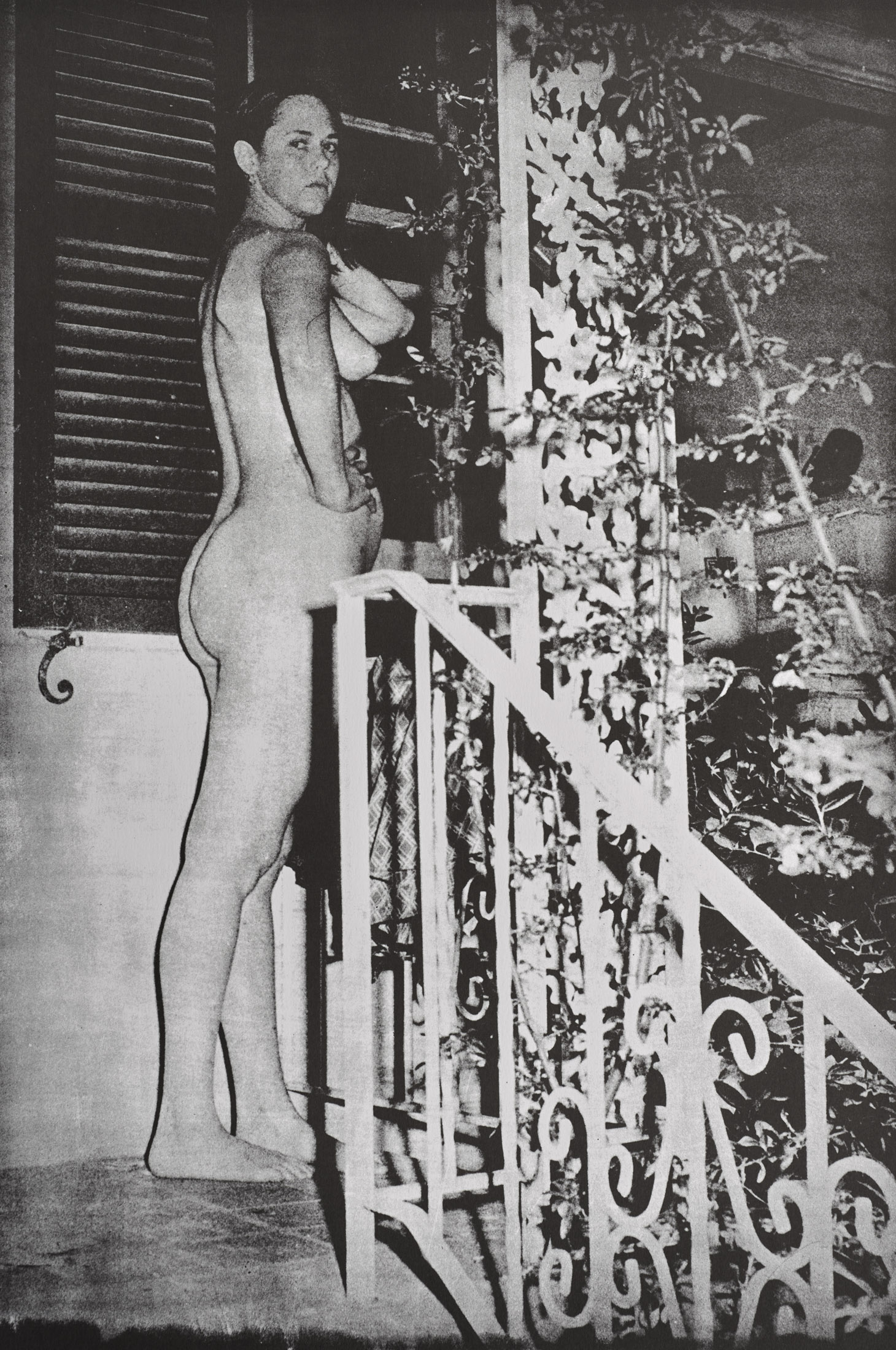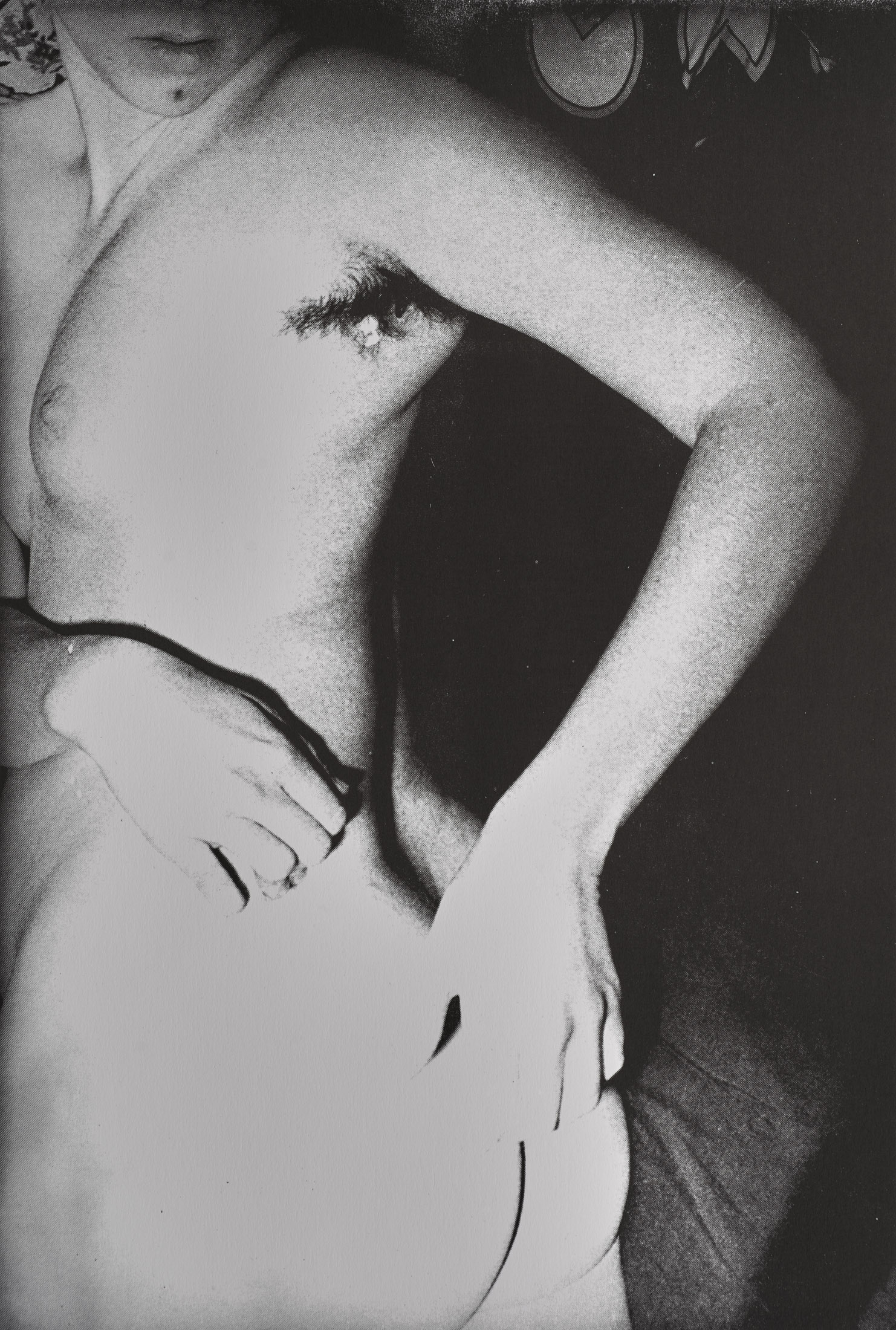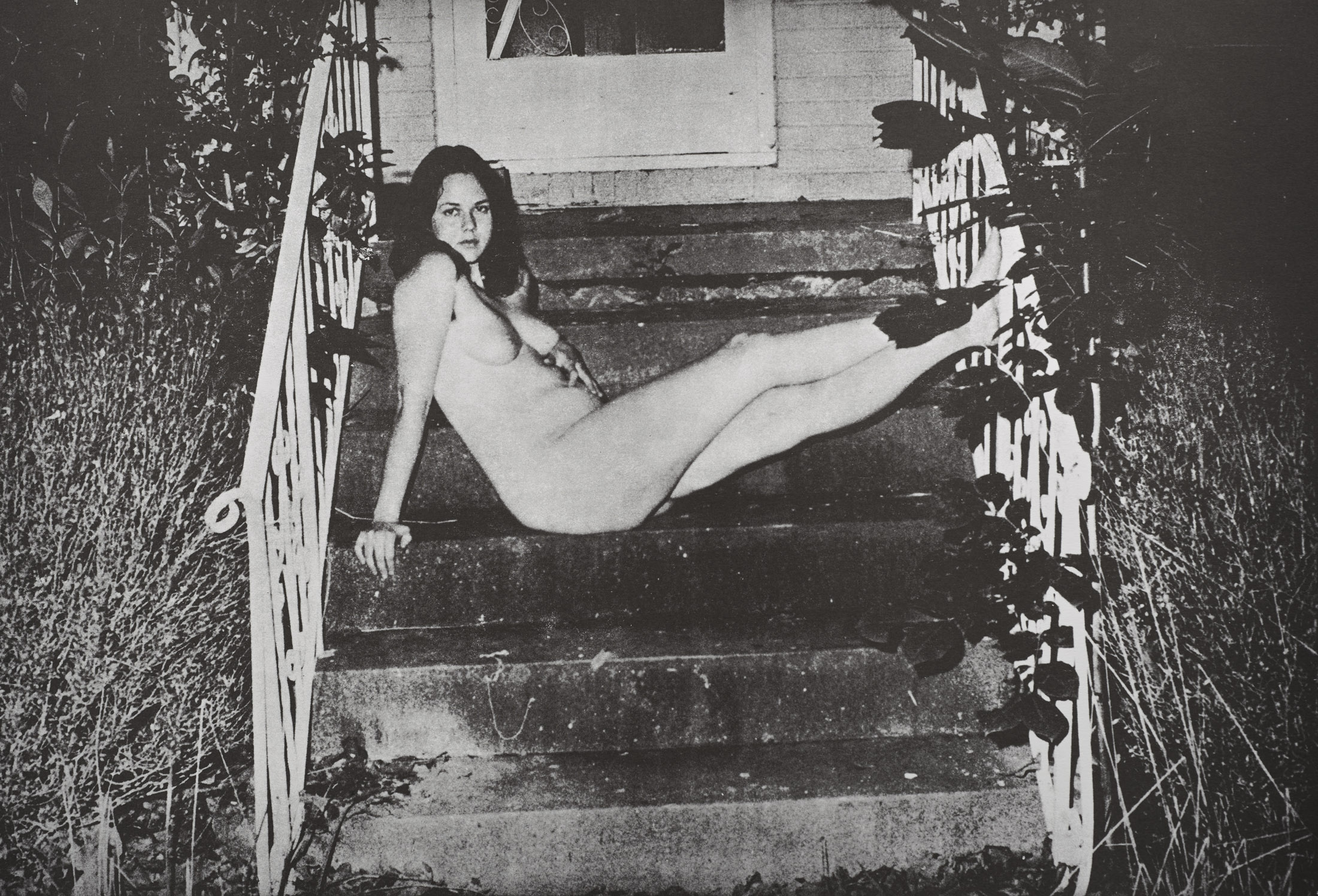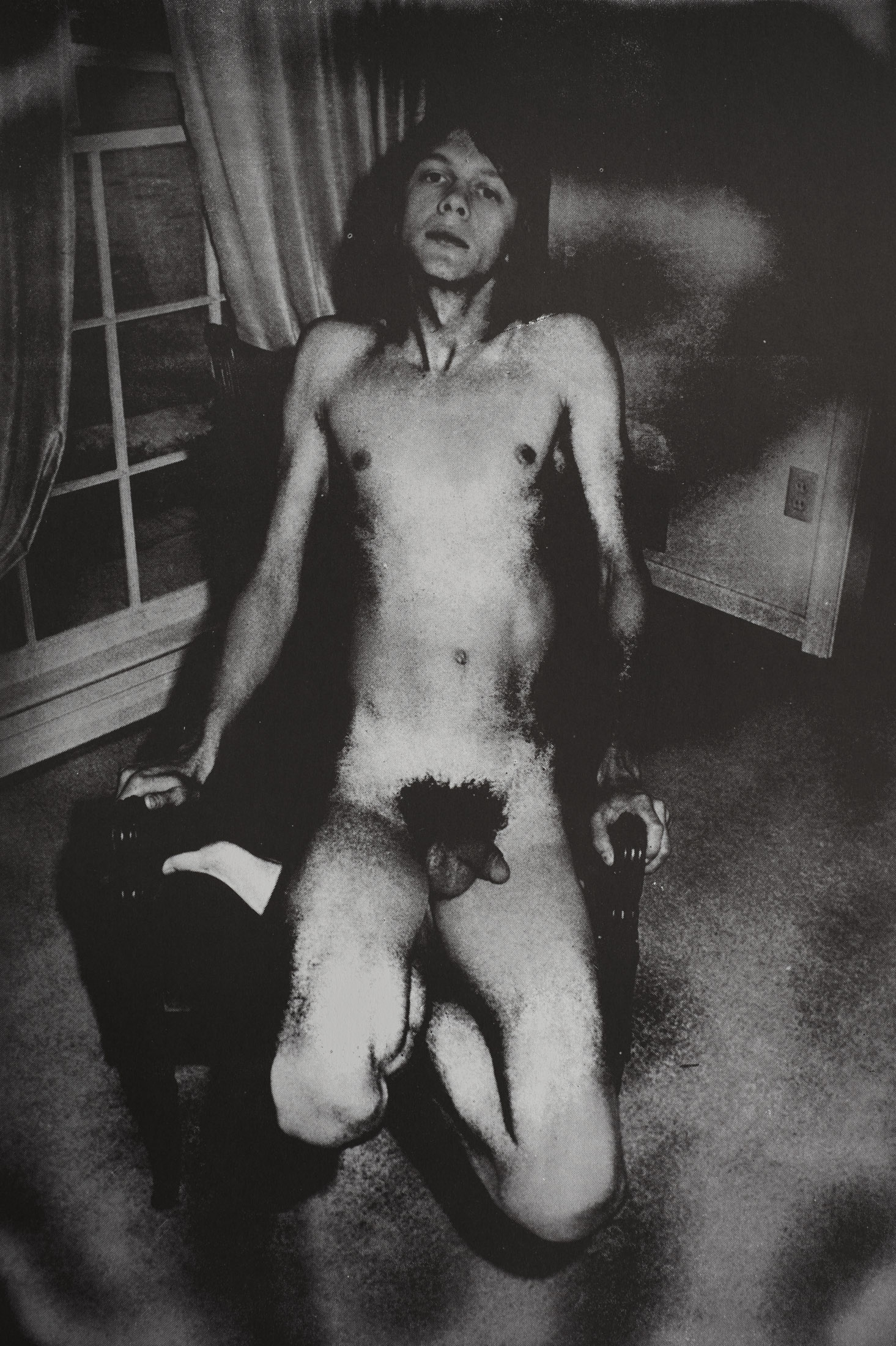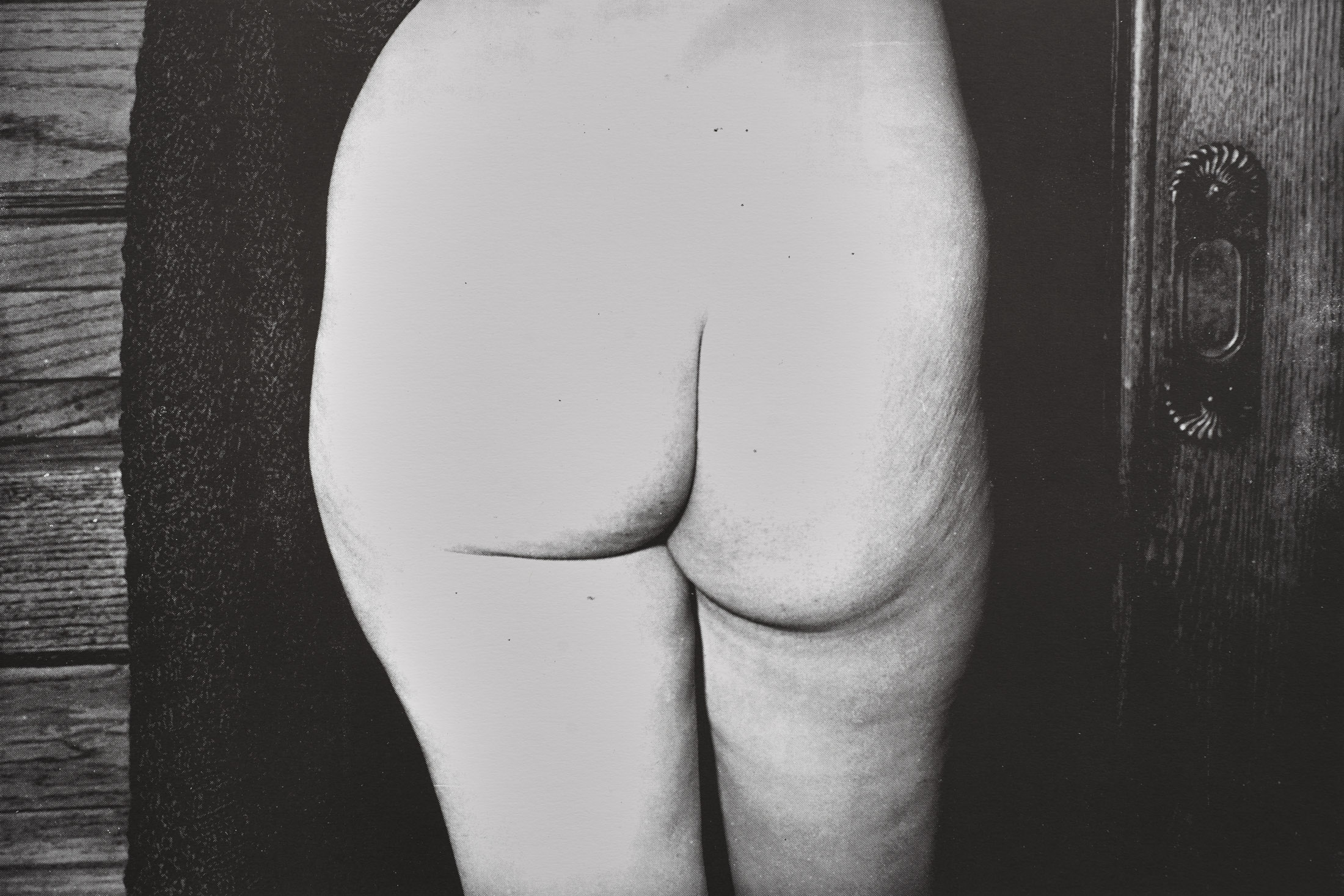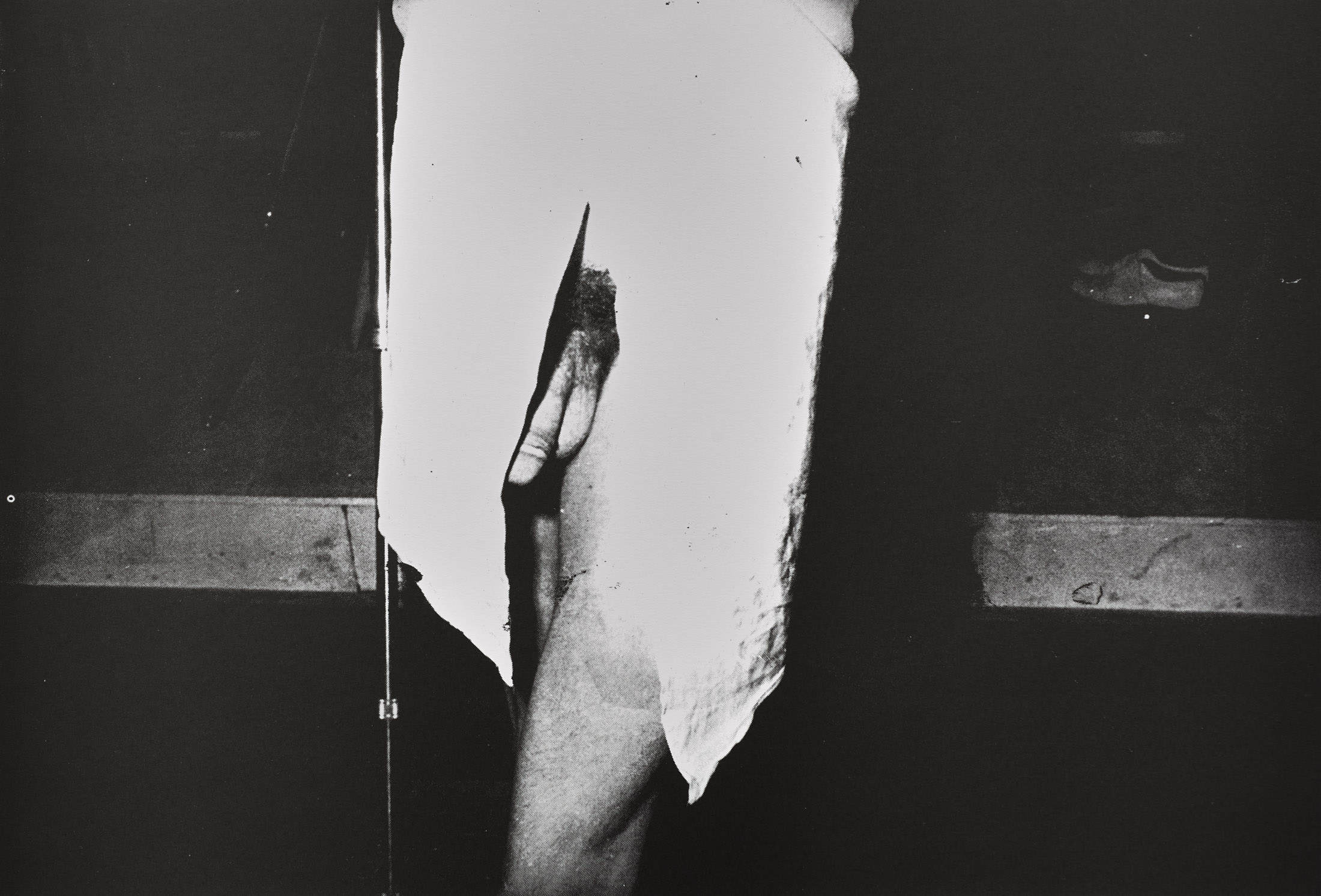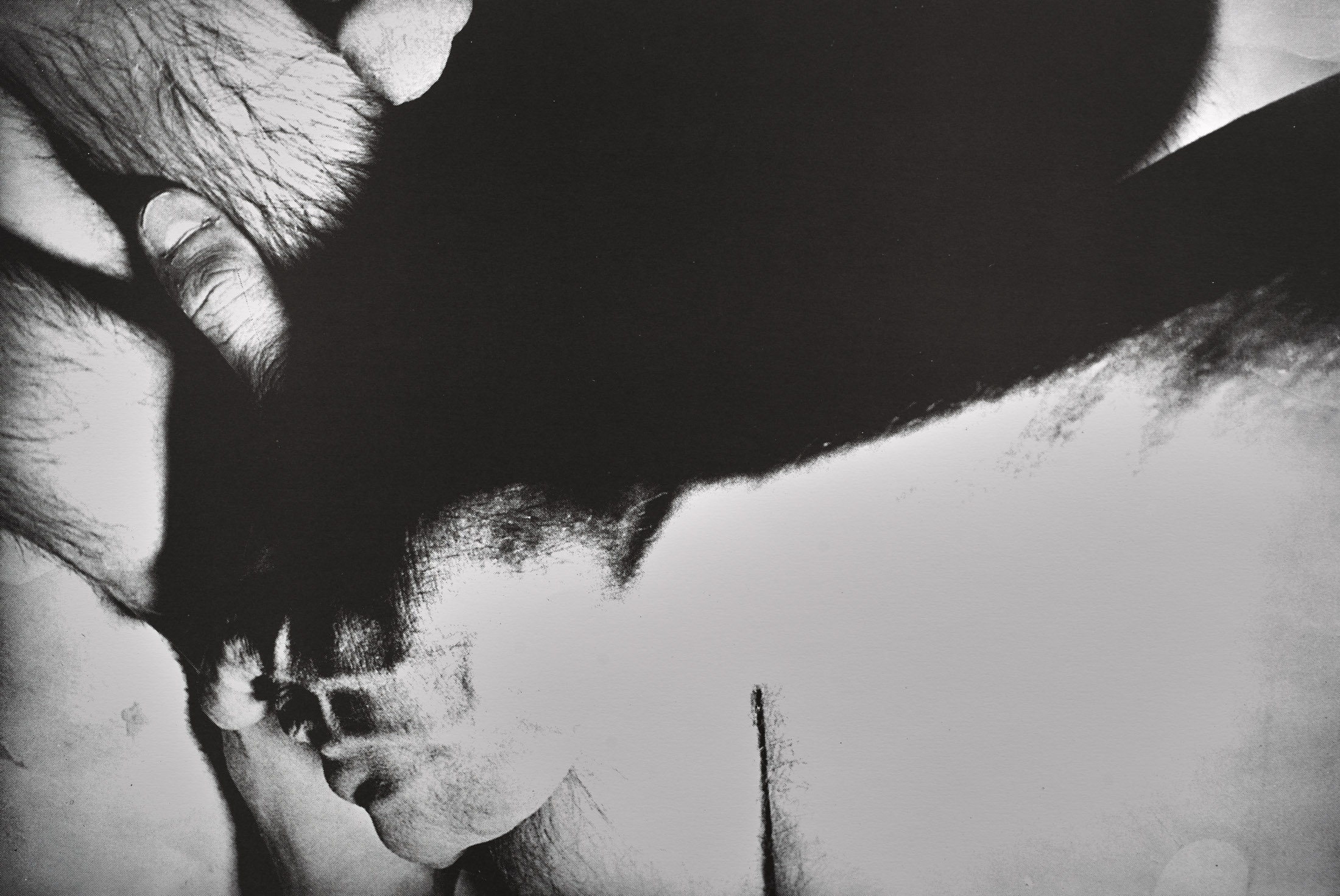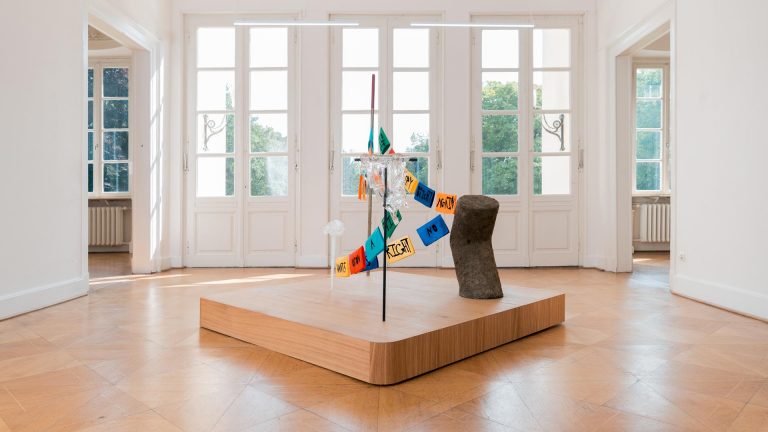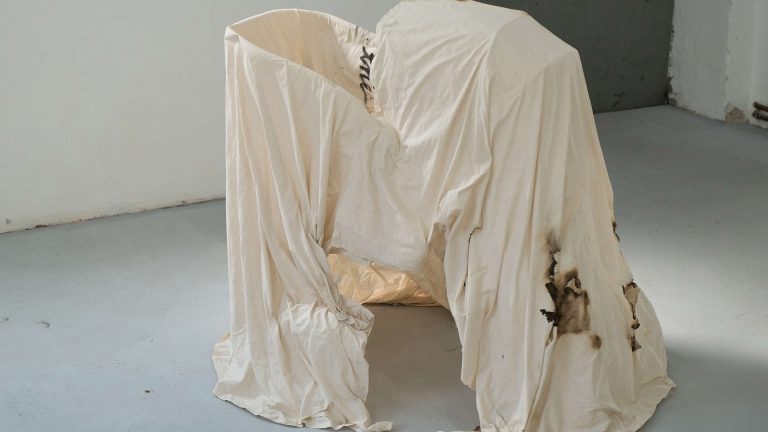Artist: Jimmy DeSana
Venue: Meyer Riegger, Berlin, Germany
Date: November 4 – December 22, 2023
Photography: all images copyright and courtesy of the artist and Meyer Riegger, Berlin
Note: Checklist is available here
“I don’t really think of that work as erotic. I think of the body almost as an object.”
—Jimmy DeSana on his series Suburban (1979–84)
The Queer photographer Jimmy DeSana worked in New York from 1973 until his premature death from AIDS-related illness in 1990. No wave music, club culture, performance art, the Pictures Generation, mail art: not only was DeSana a prominent figure in these scenes, he also became a chronicler of Queer New York subculture in the 1970s and 1980s through his photographs.
Despite his recognition in artist circles during his lifetime, DeSana’s work was long overlooked. It was only last year that the Brooklyn Museum in New York staged his first solo museum exhibition under the title Submission. DeSana’s first institutional show in Germany will open at KW in Berlin in July 2024.
Meyer Riegger presents 53 works from all phases of his brief but prolific career. With a series of fifty-six black-and-white lithographs titled 101 Nudes, DeSana obtained a degree in art from Georgia State University in 1972; he initially studied painting, before turning to photography in his second semester. This graduation project already highlights the themes that would preoccupy DeSana throughout his oeuvre, and which, until his AIDS diagnosis in 1985, he would regard mostly with humour: the body, sex, objectification and submission – almost always in a domestic setting.
For 101 Nudes, DeSana photographed his Queer friends inside a typically American detached suburban home: they sit naked at the piano, lie on the sofa, or pose in the front garden. The subject usually interacts with a central object in the picture. In unusual positions, the naked bodies of these young people appropriate these objects as symbols of the bourgeois lifestyle. They seem to have stealthily infiltrated the meaning-giving order of the American Dream in which middle-class post-war American society has ensconced itself.
A year after graduating, in 1973, DeSana moved to New York. He began sending his photographs to members of the mail art network, and the following year the Canadian collective General Idea (AA Bronson, Georg Partz and Jorge Zontal) – whose retrospective is currently on show at the Gropius Bau in Berlin – featured DeSana’s photographs in their magazine FILE, which would go on to play a central role in the publication of DeSana’s work.1
Alongside his freelance activities in New York, DeSana also undertook commissions for album covers (such as Talking Heads’ More Songs about Buildings and Food, 1978); he took photographs for magazines and newspapers and later made portraits of artists such as Laurie Simmons, Debbie Harry, and Anya Phillips, one of the founders of the legendary Mudd Club. The other major series of his oeuvre were all created in the city: Submission (1977–79), Suburban (1979–84), and the Dungeon Series (1978–79).
In 1980, DeSana published Submission, a volume of twenty-nine photographs illustrating sadomasochistic sex practices. Together with Robert Mapplethorpe, DeSana thus brought depictions of gay sex into the public sphere. Immediately after Submission, DeSana began Suburban, a series that continued his exploration of domestic environments featuring naked people, but now in lurid colours rather than black and white. DeSana used artificial light and colour filters for these works and photographed the subjects’ bodies from strange angles and in twisted poses. Apart from his portraits, DeSana did not name his photographs after the naked models, but after the objects on or with which they assume their unusual poses.
After DeSana received his AIDS diagnosis in 1985 and became progressively weaker, he restricted his subject matter but continued to work obsessively: he now focused on almost abstract images of objects such as candlesticks, as well as human faces. As curator Elisabeth Sussman writes in her essay “Jimmy DeSana: Erotic Miniaturist”, the 1970s were the last decade in which erotic hedonism was not associated with the danger of infection2 – an unknowledge that signified great freedom for the Queer scene, but was also constantly being challenged or even made impossible by social exclusion and hostilities, up to and including violent police attacks, a threat faced by gay men like DeSana at the time. DeSana’s oeuvre is an aesthetically captivating negotiation of the subversive power of the Queer body between the poles of freedom and restriction, life and death.
Jimmy DeSana (1949, Detroit–1990, New York)
Recent solo and two-person exhibitions include the retrospective Submission at the Brooklyn Museum, New York, 2023; The Sodomite Invasion: Experimentation, Politics and Sexuality in the work of Jimmy DeSana and Marlon T. Riggs, Griffin Art Projects, Vancouver, 2020; and Remainders, Pioneer Works, New York, 2016. DeSana’s work can be found in numerous public collections including the Institute of Contemporary Art, Boston; Metropolitan Museum of Art, New York; Museum of Contemporary Art, Chicago; Museum of Fine Arts, Houston; Museum of Modern Art, New York; and the Whitney Museum of American Art, New York.
1 See Antje Krause-Wahl, “(Un)Sichtbar werden: Körper in den Fotografien Jimmy DeSanas”, 21: Inquiries into Art, History, and The Visual: Beiträge zur Kunstgeschichte und visuellen Kultur, 3/4 (2022), p. 876.
2 Elisabeth Sussman, “Jimmy DeSana: Erotic Miniaturist”, in Dan Nadel und Laurie Simmons (eds.), Jimmy DeSana: Suburban, p. 87.


